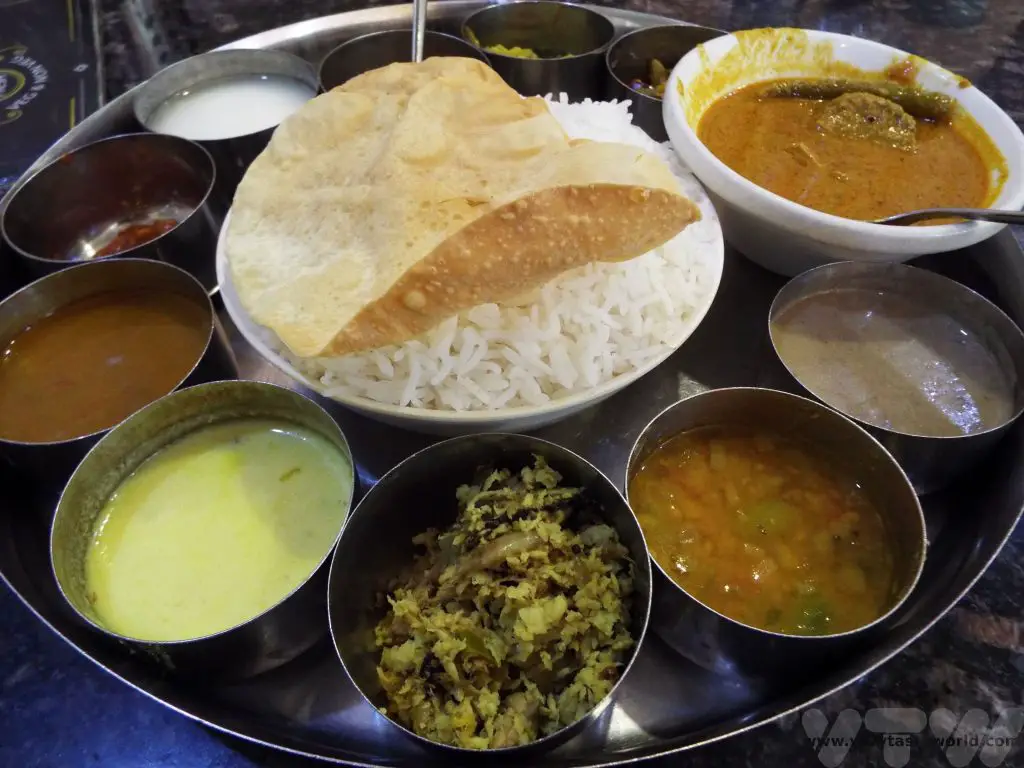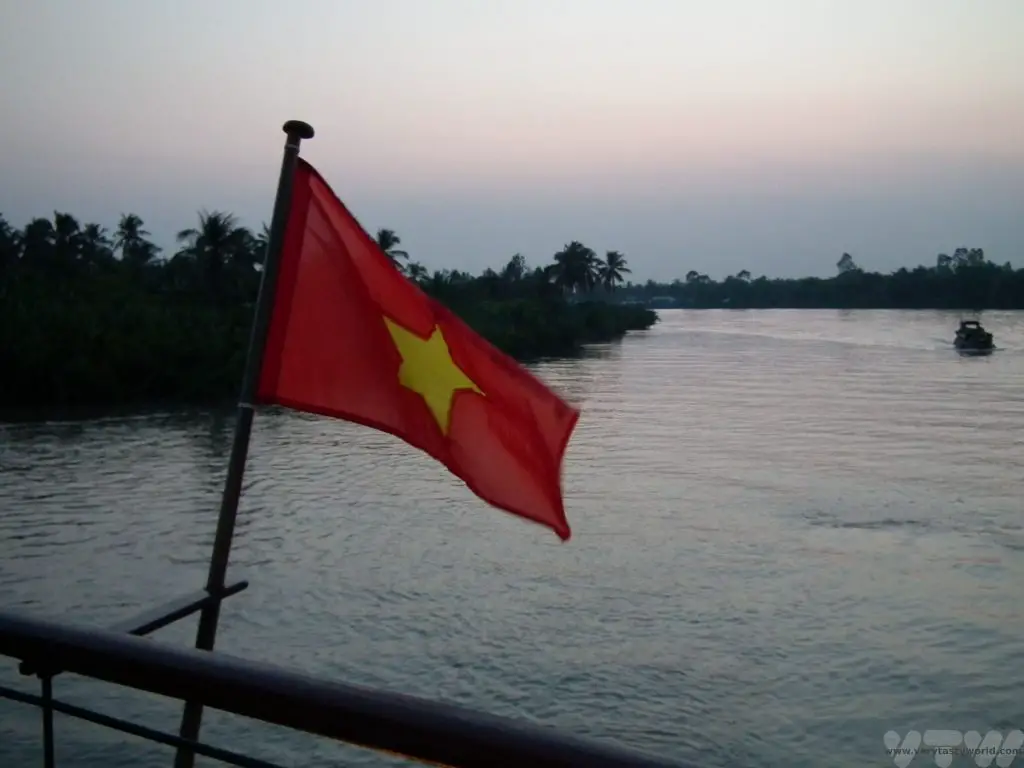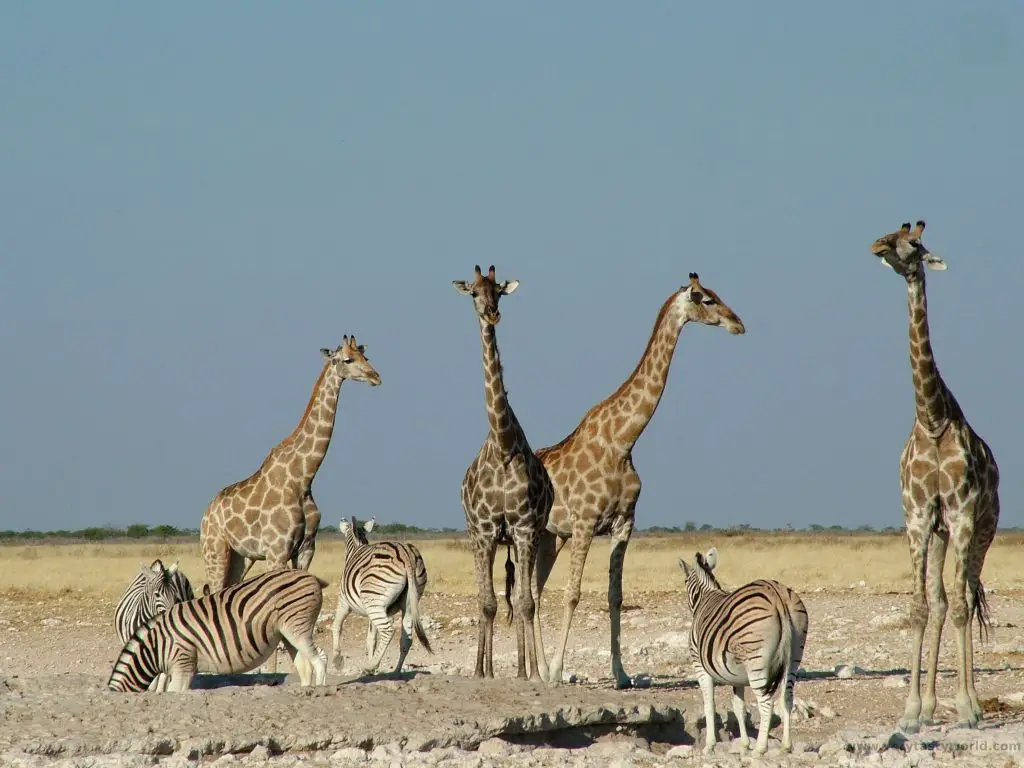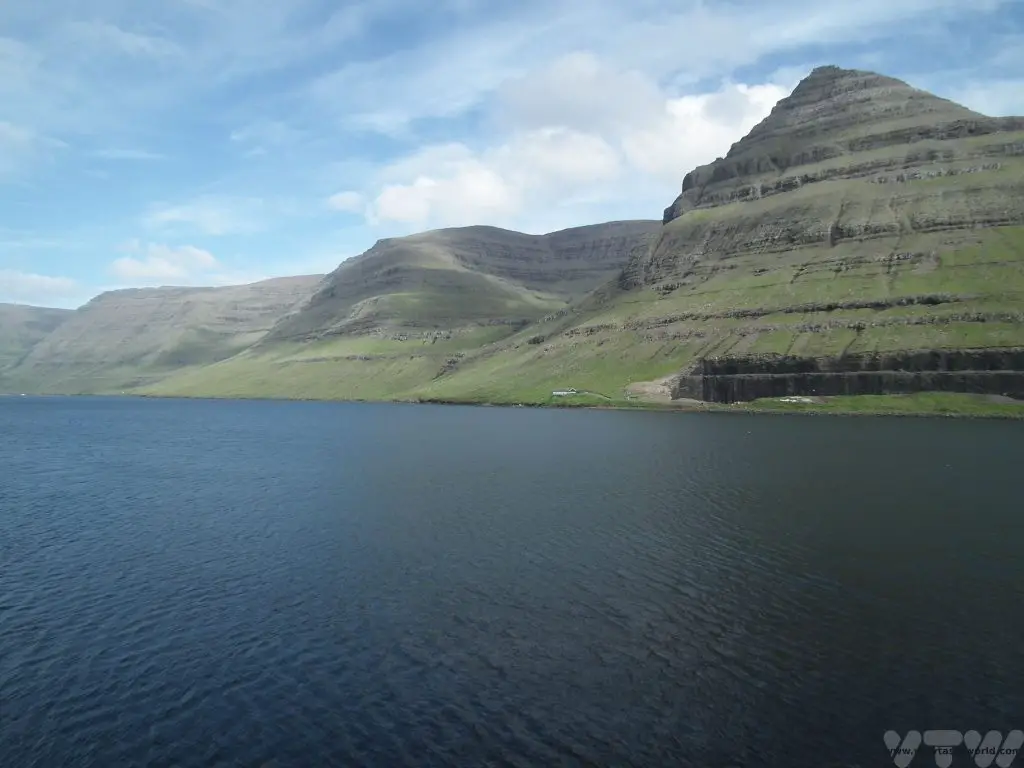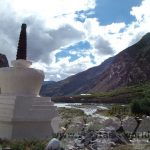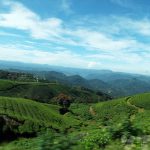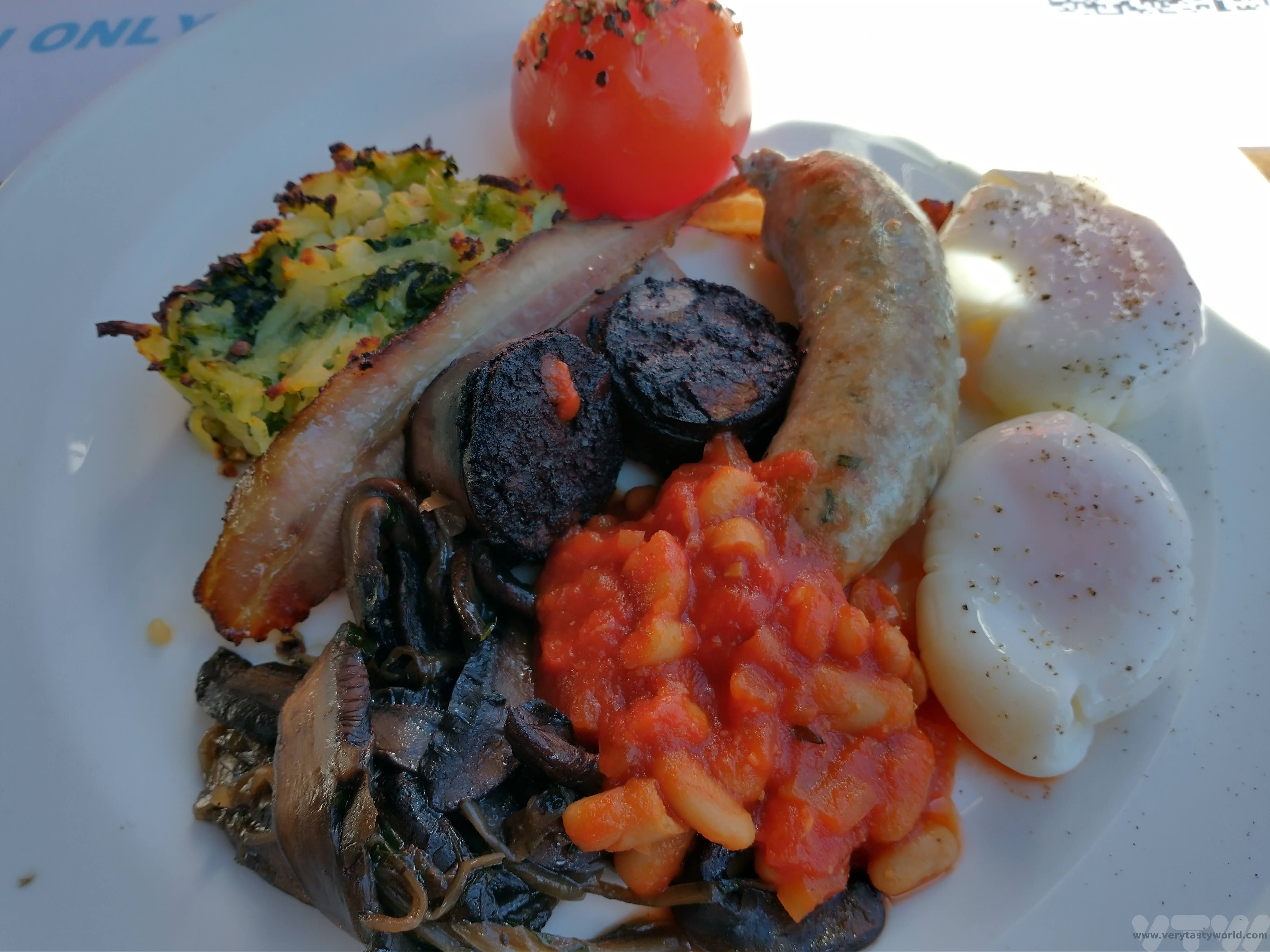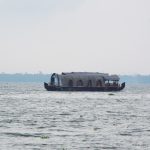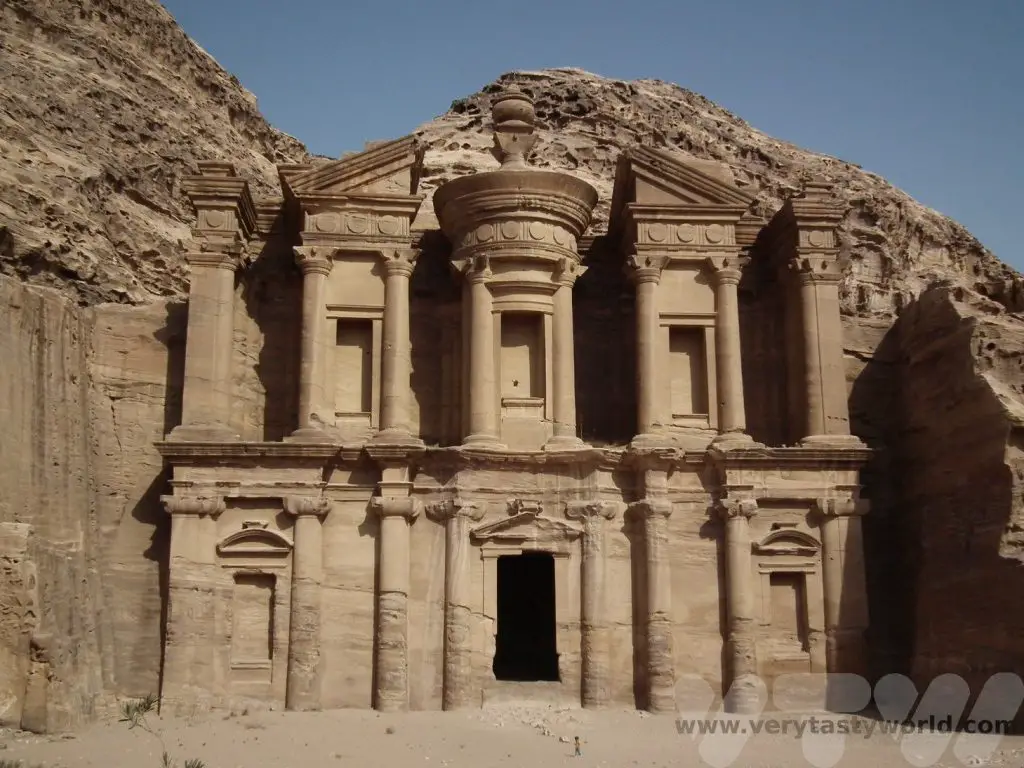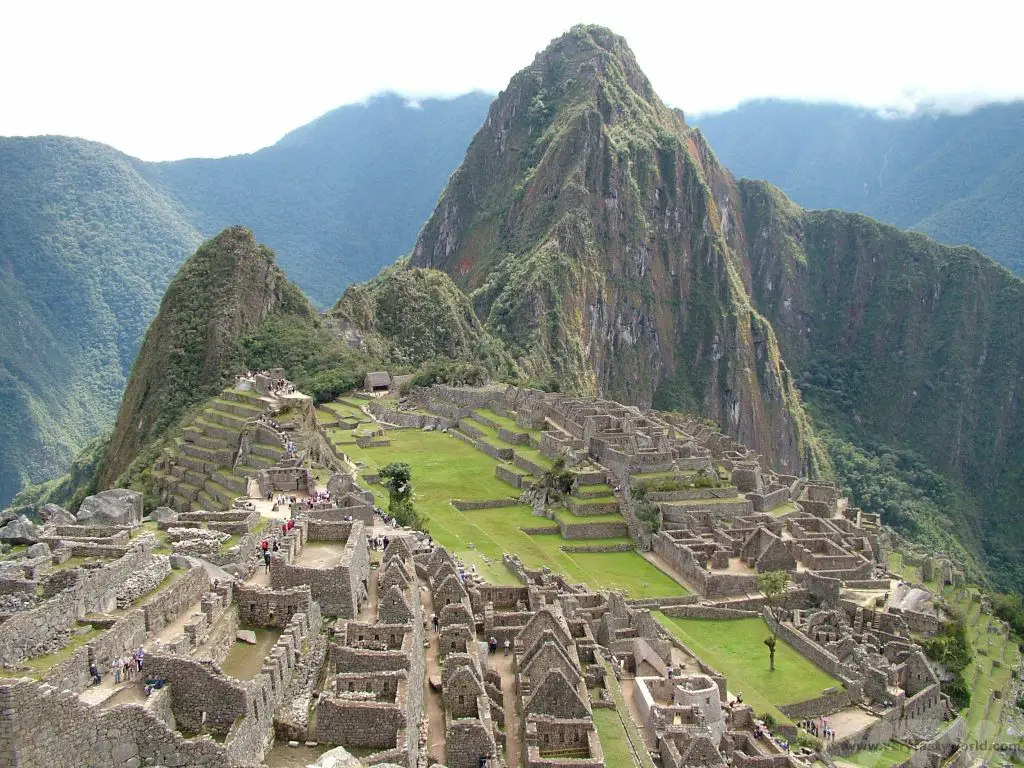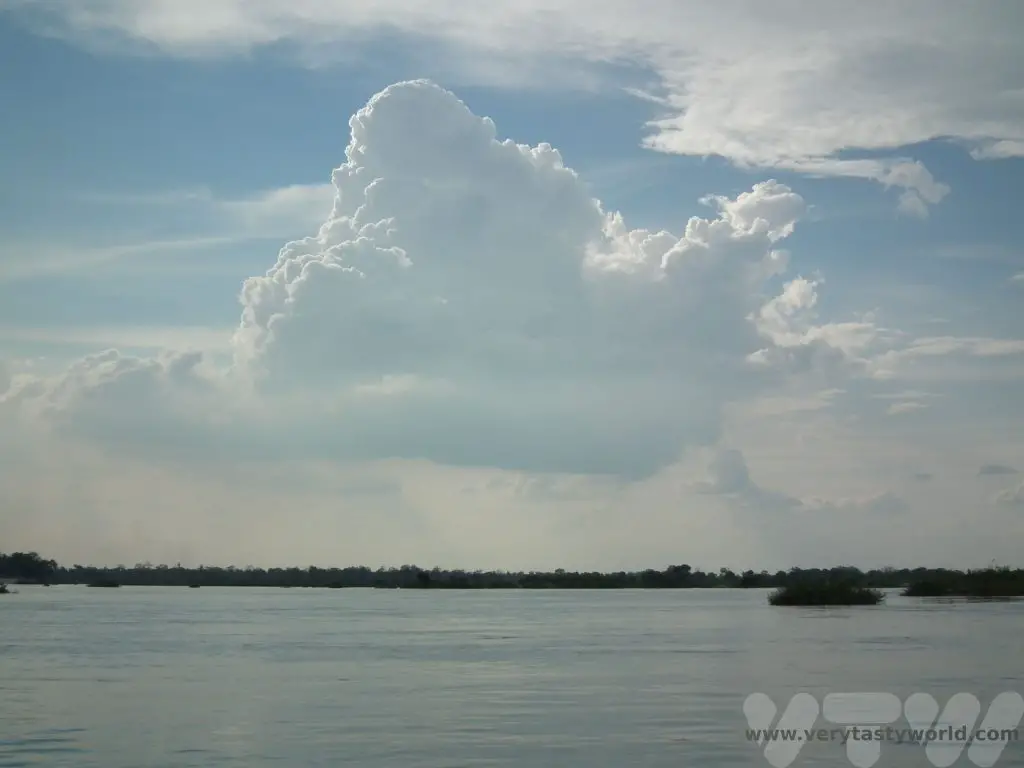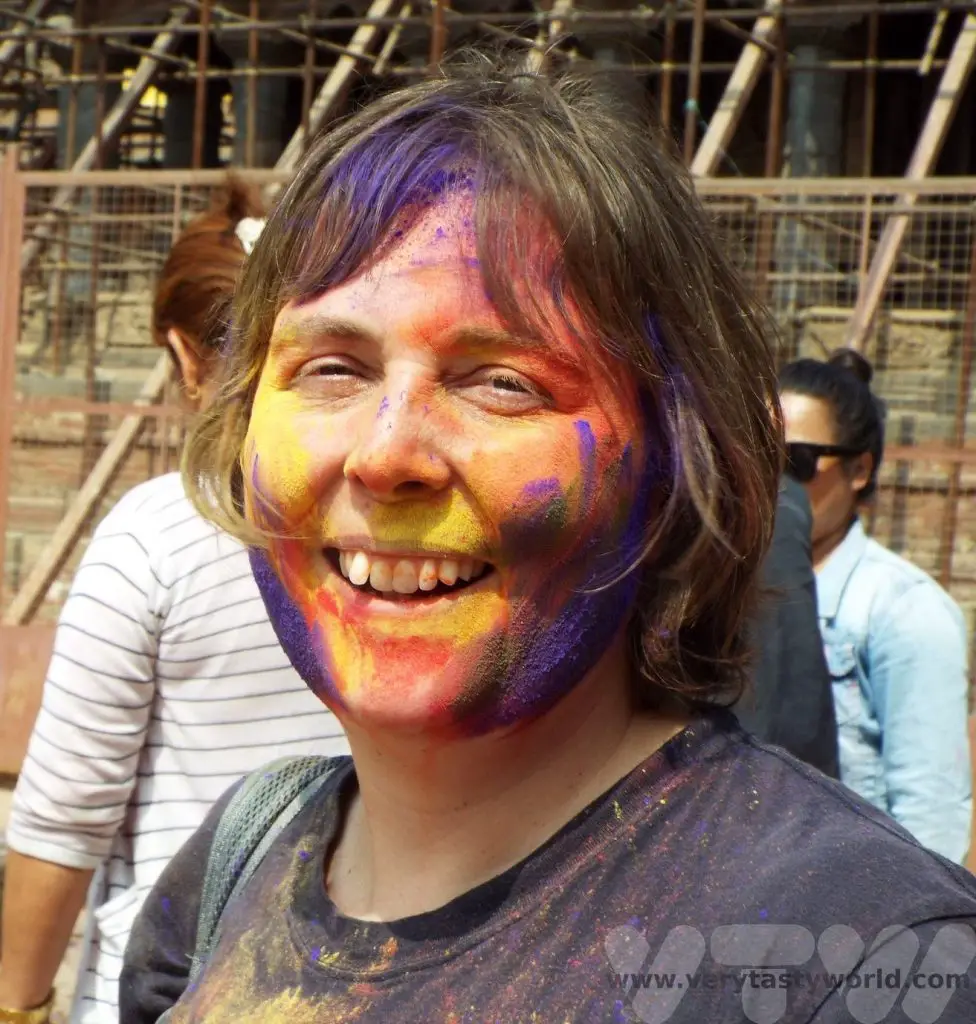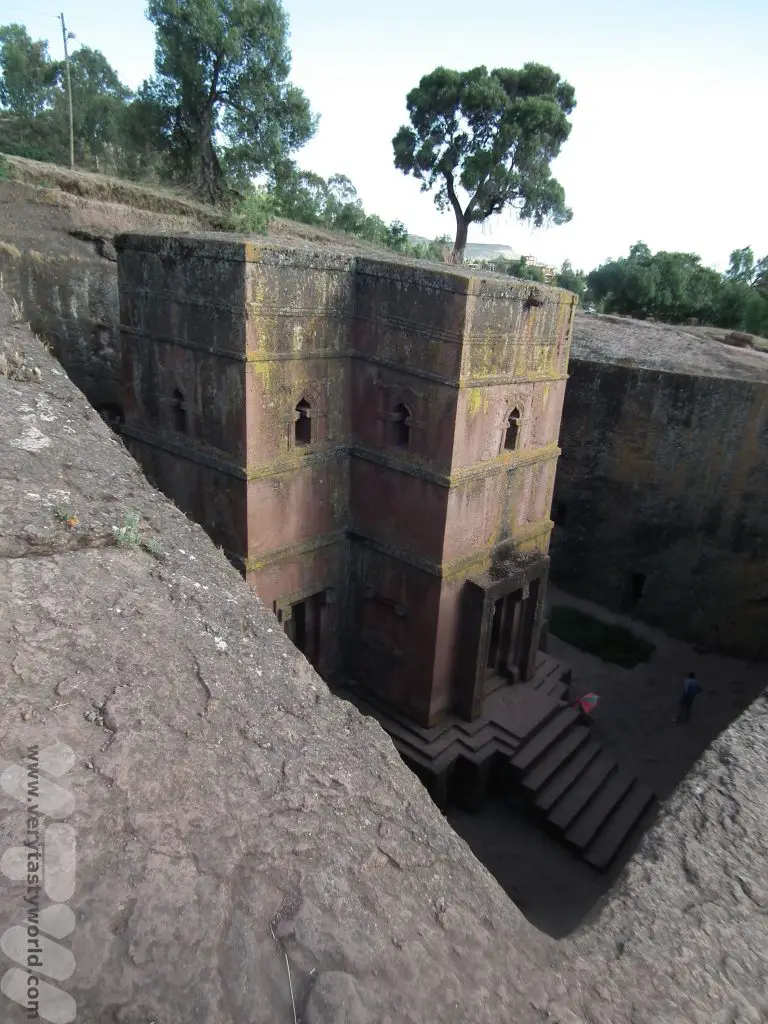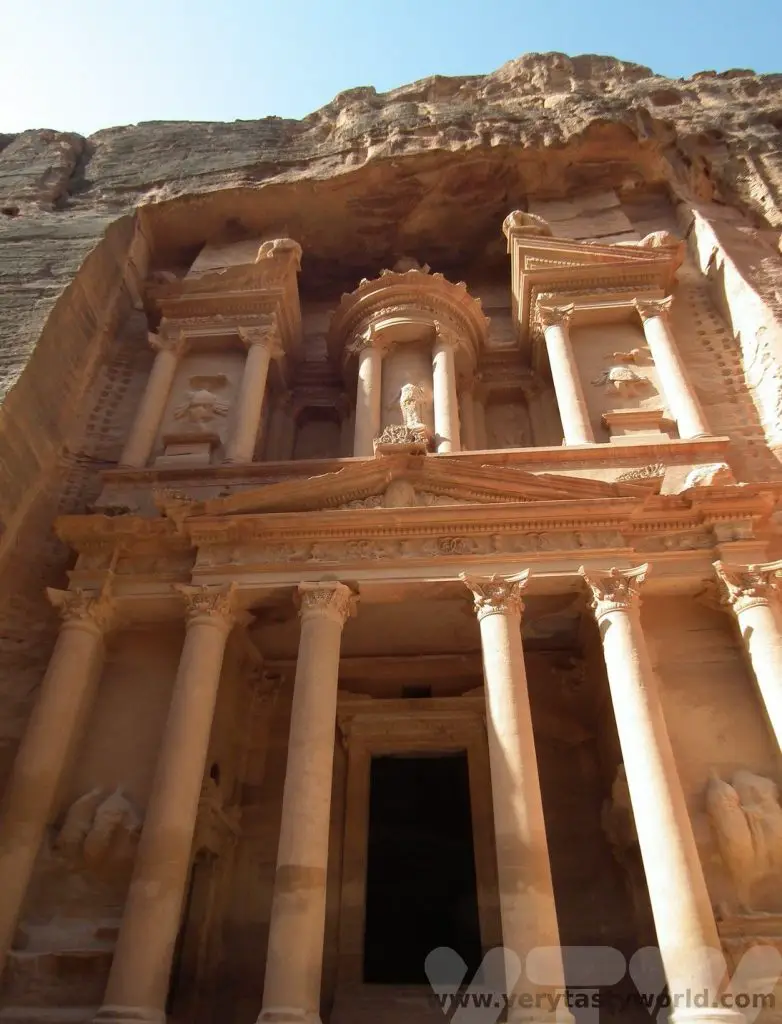Home » Posts tagged 'India'
Tag Archives: India
The Leh to Manali Highway
No Bridge Over Troubled Water
See the sublime splendour of the Indian Himalayas, the majestic snow-capped peaks, the stark and ethereal beauty of the world’s highest and most romantic mountain range! The magnificence of nature revealed in all its craggy, towering glory, waiting just for us. After a wonderful few days exploring Ladakh, we were to travel the long and winding Leh to Manali highway to take us from lofty Ladakh to the lush valleys of Himachal Pradesh.
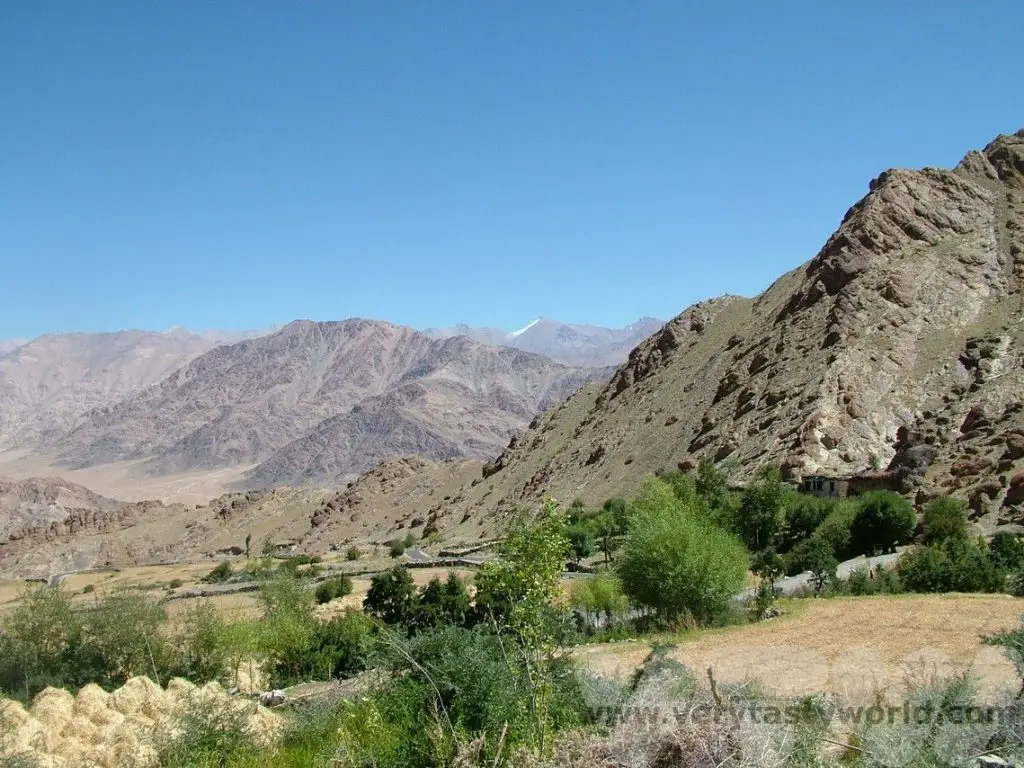
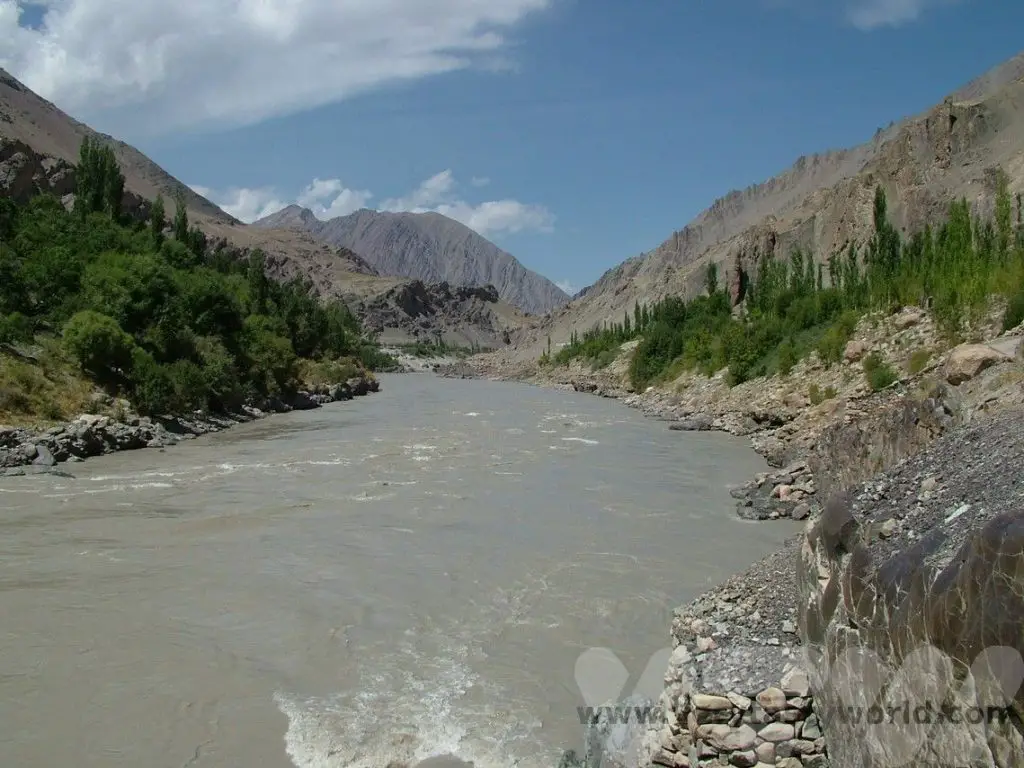
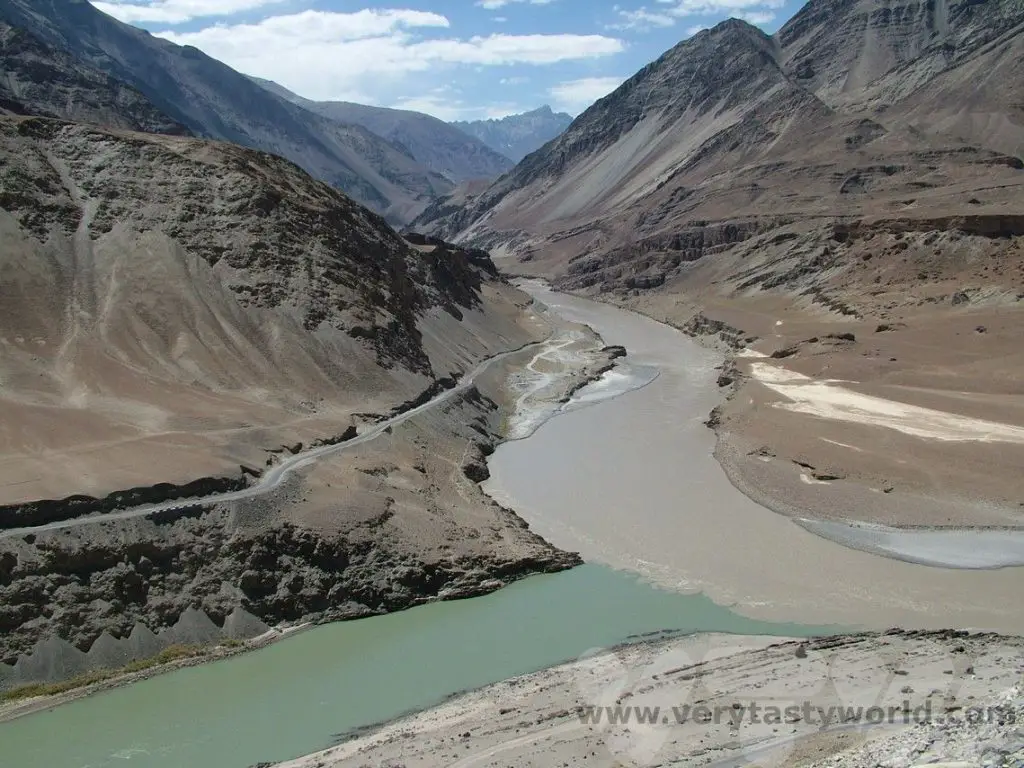
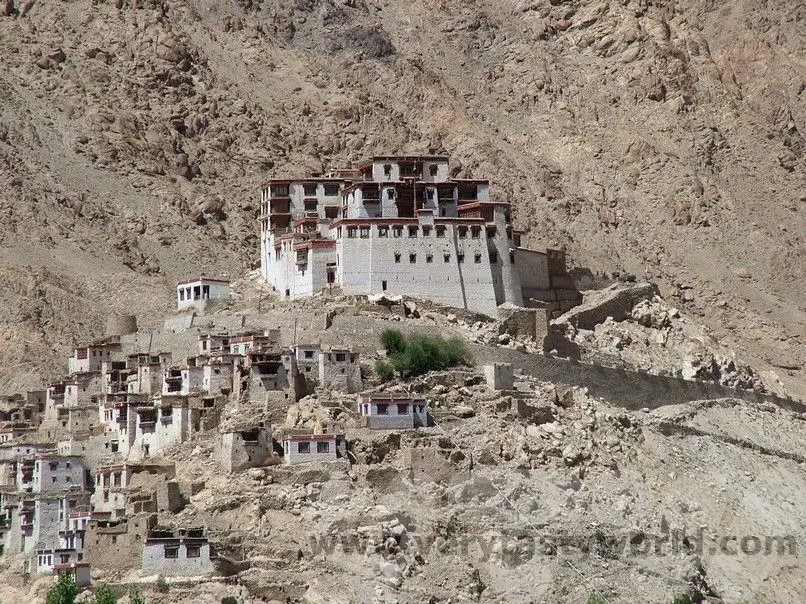
It’s just that the holiday sales pitch promotes the magisterial tranquillity of the experience without fully explaining the other, less expected, ‘joys’ that await the hapless tourist on their journey of a lifetime. It’s the laws of physics applied in a wider context, as every action has an equal and opposite reaction so every experience of aesthetic perfection must necessarily be tempered with some form of discomfort or inconvenience.
Travelling the Leh to Manali highway is a remarkable journey that takes three days. Our mode of transport for this illustrious road trip was a coach. If you are travelling in a coach on a long and winding road be aware that it could be bumpy. Don’t, whatever you do, sit in the back seats – you may want to relive those school trips where the cool kids all sat at the back of the bus, but the suspension and the road will have you bouncing around all over the place.
Leh to Sarchu
Soon after we left Leh we crossed the Taglang La – the second highest road in the world (at the time) at 5328m. When the road marker stated, ‘Unbelievable is not it?’ we couldn’t help but agree.
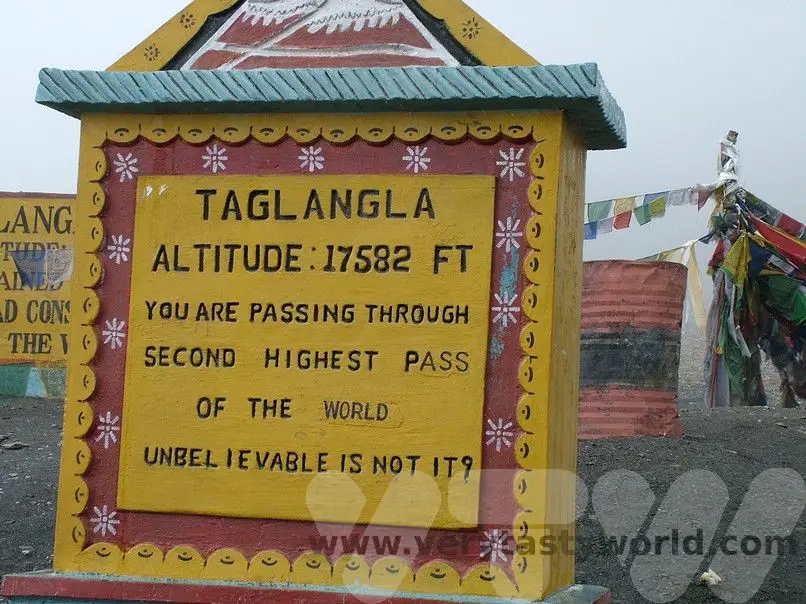
Then we wound our way through the Gata loops, a series of 21 hair-pin bends, which required the coach to engage in some mildly terrifying 3-point turns in order get around each curve, with the driver’s assistant getting out at each bend to take the vehicle’s wheels to the very edge of the road with its precipice below. Indeed much of the journey involved travelling along single track roads which skirted long drops to the valley below.
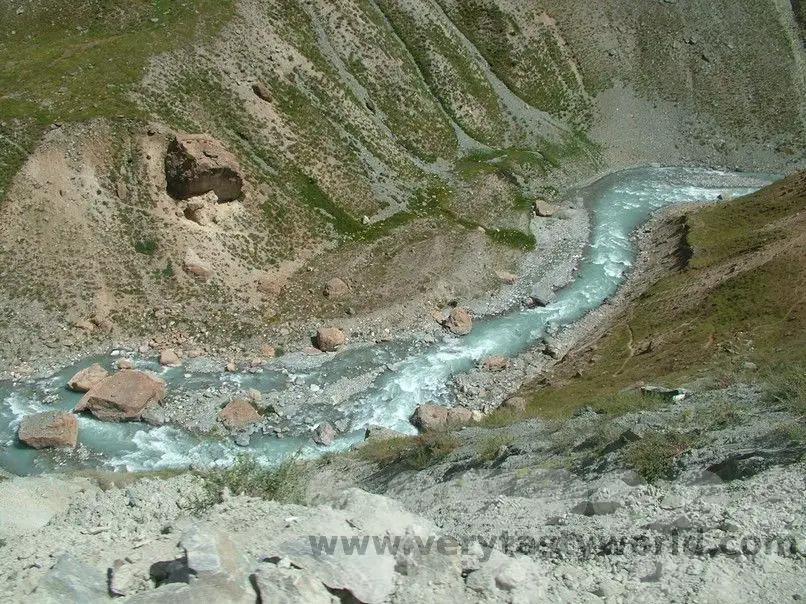
It is a lonely, desolate road, but also a strangely beautiful road.
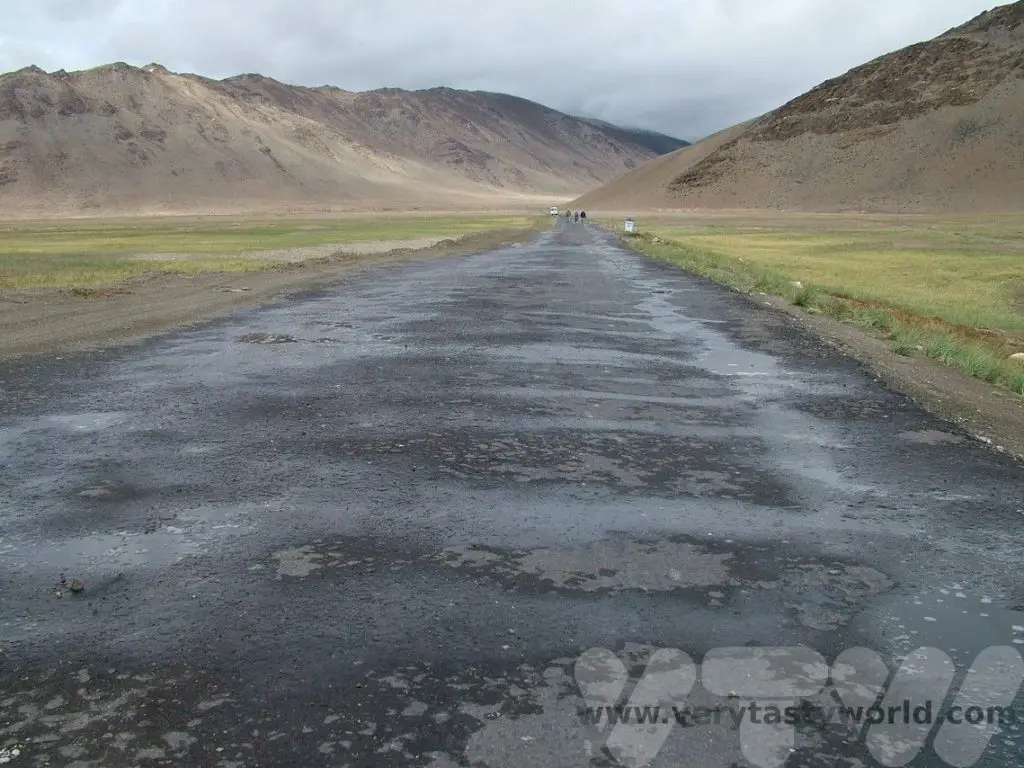
But it can be a dangerous road. All along the highway we saw evidence of vehicles that had not stayed on the highway and had plummeted several hundred metres into the valley below and were gently rusting in the river.
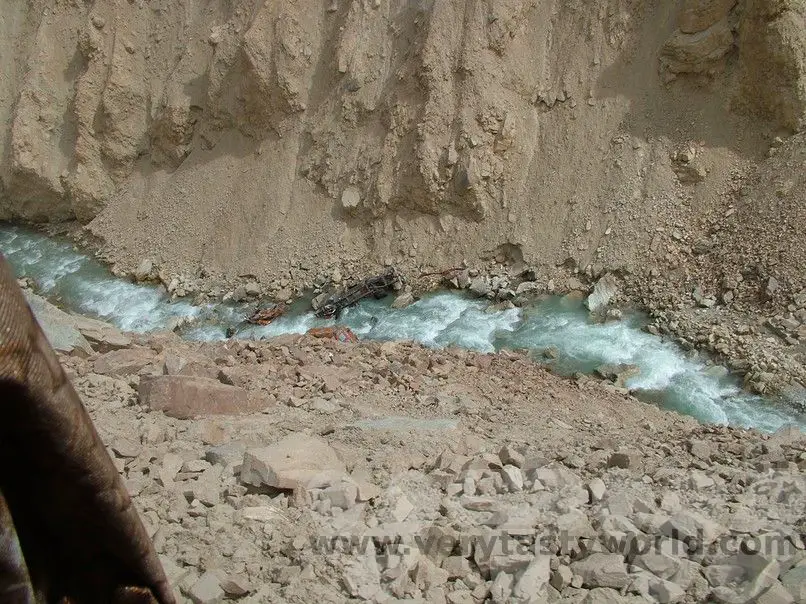
Along the route are camps where it’s possible to get a break and a cup of tea or a snack. We would see many workers whose job it was to maintain the road each year.
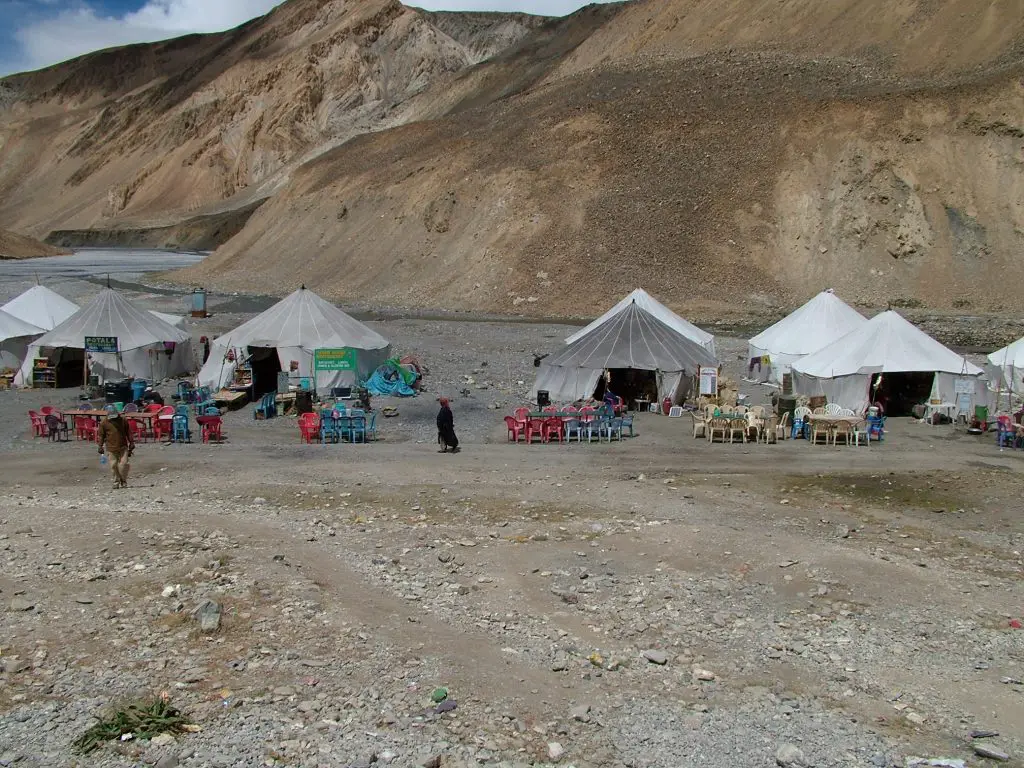
We were headed for Sarchu where we camped at 4200m.
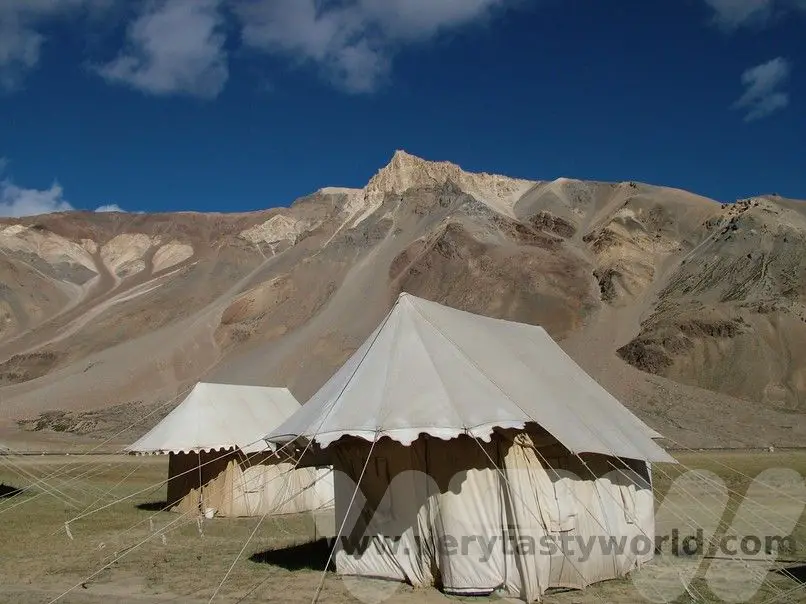
Considering the remoteness of the location the accommodation was good – our tent even had an en-suite toilet, basically a long drop loo with a seat. There was no shower but no need even to think about showering, or even getting undressed, as the temperature was very cold indeed. This was the highest altitude we have ever spent the night and, although we both had slight headaches, were generally fine.
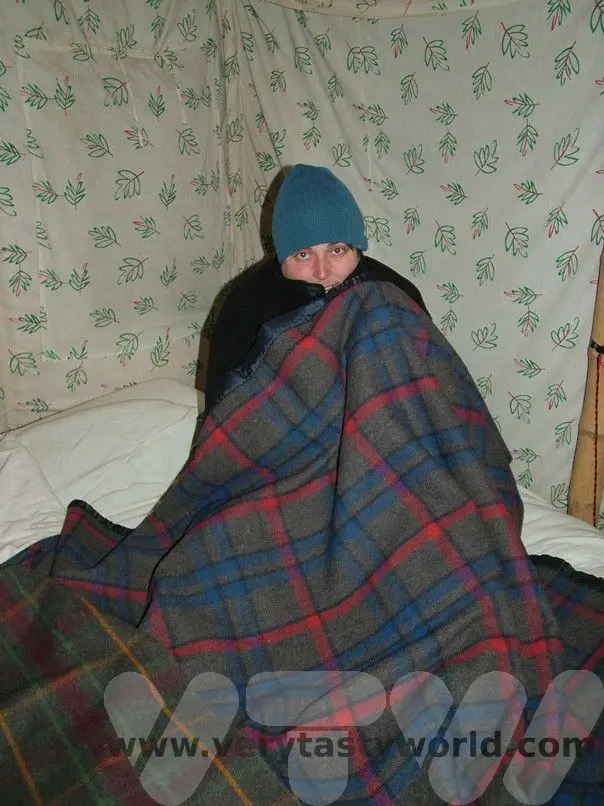
Sarchu to Jispa
The following day would involve the long and winding road climbing to 4891m at the top of the Baralacha La Pass and then descending to Jispa which was a pretty place to stop for the night. It was possible to have a walk around the area – much needed after sitting on a coach for hours on end.
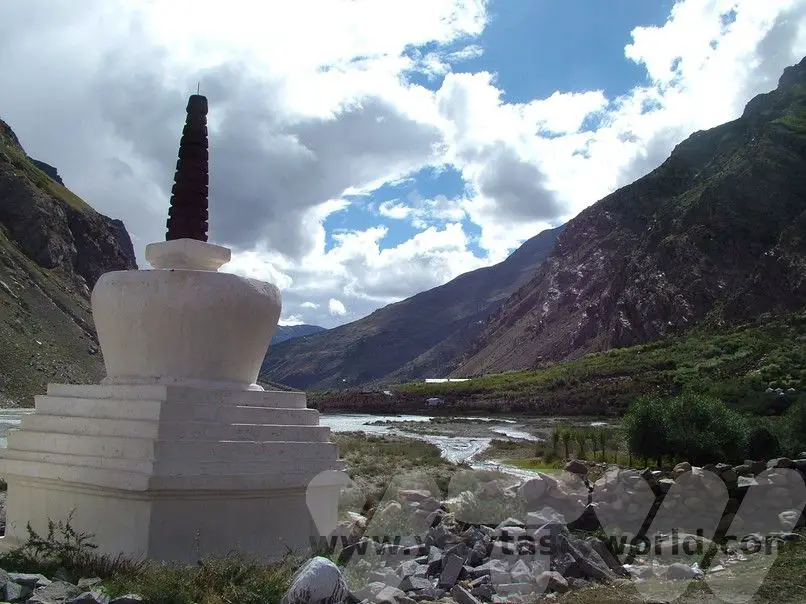
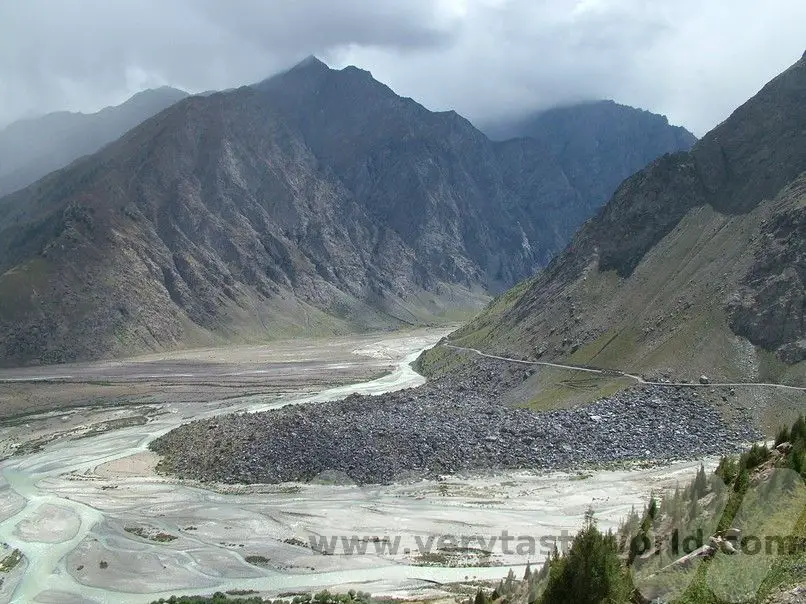
Jispa to Manali
The next day would offer something altogether unexpected. The Leh to Manali highway is a beautiful one and a treacherous one, but it is also the only one. Maintained for the short window of the year that it is actually traversable, the long and winding road is a marvel of man against nature. Except nature always, always wins. A case in point: scattered along the expansive road are a number of bridges crossing unfeasibly deep gorges through which the mighty Indus flows, plunging hundreds of feet into foaming rivers of kinetic danger. These bridges, as innumerable signs tell you, can only take one – that is one – vehicle at a time at a maximum speed of 5mph. So naturally a mini-convoy of four articulated trucks decided to play Indy 5000 across a particularly vulnerable bridge with inevitable girder-crashing results.
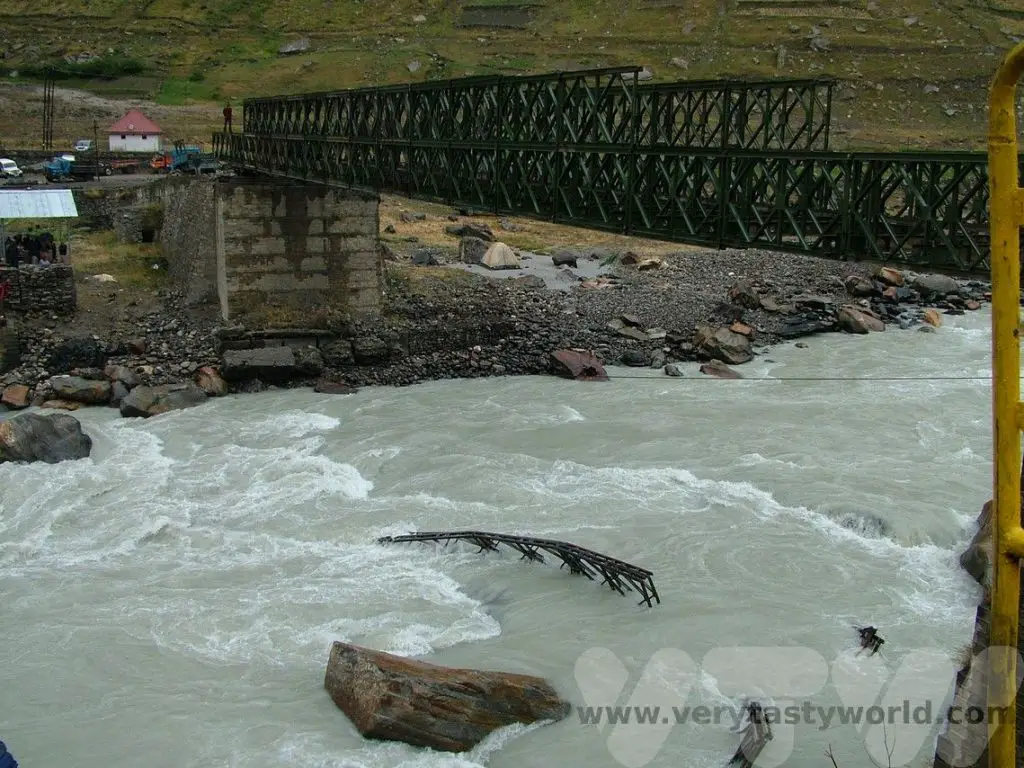
The result? One non-bridge slap-bang in the middle of the one of the world’s most inhospitable roads with ‘no-go’ season rapidly approaching and little opportunity to retrace our steps.
We had already travelled for two days. There wasn’t really any going back. It started raining. The ravine approached, with its considerable drop to rocks and fast flowing river, strewn with debris in busted and rusted decay. When we finally arrived at the crossing, the bridge was being slowly reassembled to make it safe to travel across the fissure of fear. Unfortunately it wouldn’t be ready in time for us to cross. But cross we must. Fortunately there was a solution.
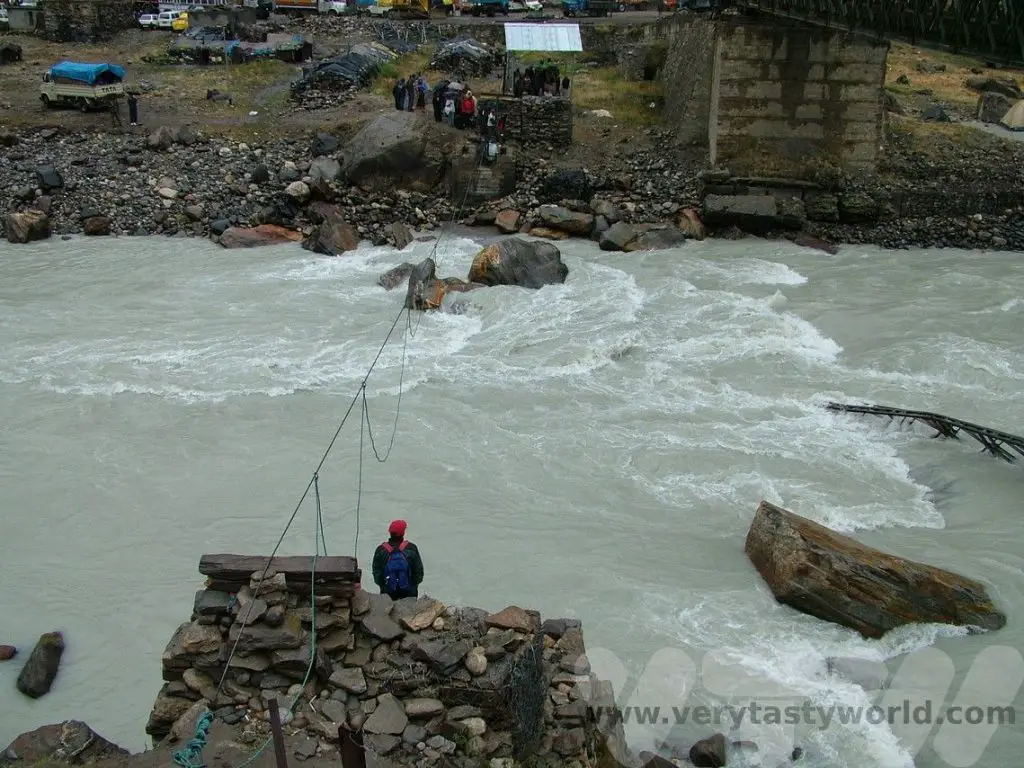
A petrifying solution that made rickety wobbling across a rusty bridge inside a heavy coach utter bliss compared to what was on offer: A cage. An open metal cage. A cage that needed to be accessed from the edge of a slippery jetty over a rocky fall. And then it was hoisted across the raging river on a rope, with the claustrophobic couple of passengers squished in together, along with their possessions, suddenly wishing they had packed less and not eaten so much. Horrifying consequences consolidated in the imagination as we were compacted in the cage of doom and pulled across the ravine in abject terror.
Fortunately these concerns proved to be unfounded as the cage glided across the turbulent torrent and deposited both human cargo and their luggage at the destination. Safe at last and on terra firma, rather than experiencing terror further. Soaked to the skin but with our lives and luggage intact, we dripped with joy. It’s a shame the coach didn’t make it (there was no cage and rope for the vehicle) but a back-up had been made available on the other side.
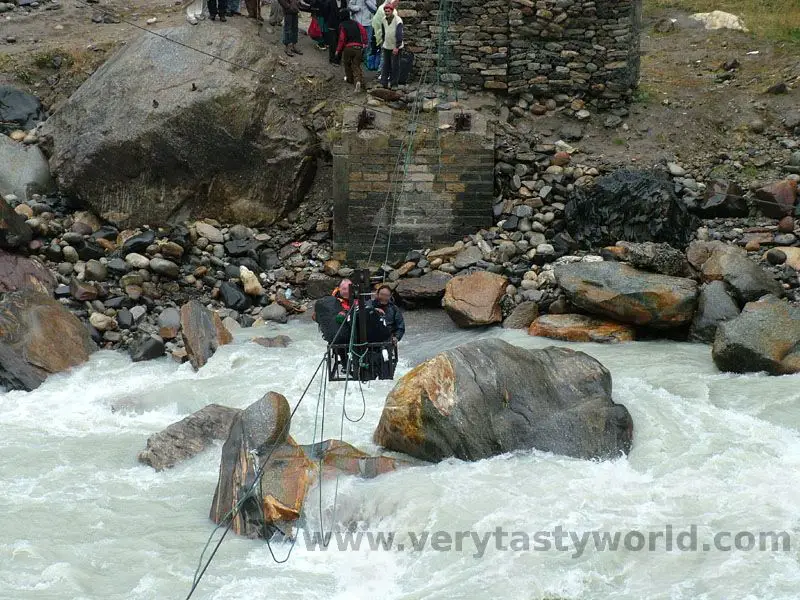
The experience had left us in much need of recovery sustenance. Fortunately for the ravenous rescuees there was a roadside café that offered a vat of dal and a plethora of freshly made chapatis that beckoned consumption. After such an ordeal any food may have been welcome, but this was the best tasting dal experience ever, the spice a delight, the texture a perfect consistency, with the forever welcome taste of fresh chapati allowing for distribution of the soupy lentil joy to instigate itself on the palette and in the stomach. Survival dal! A memorable meal.
Then it was simply a drive over the Rohtang pass (3977m)…
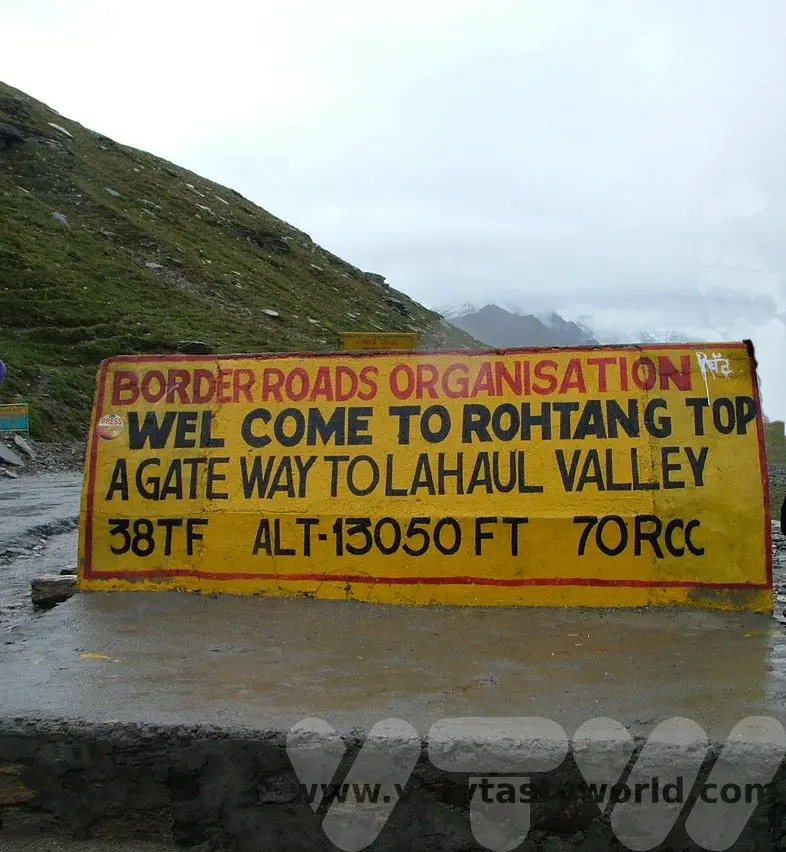
…and into the lush valleys of Himachal Pradesh towards Manali.
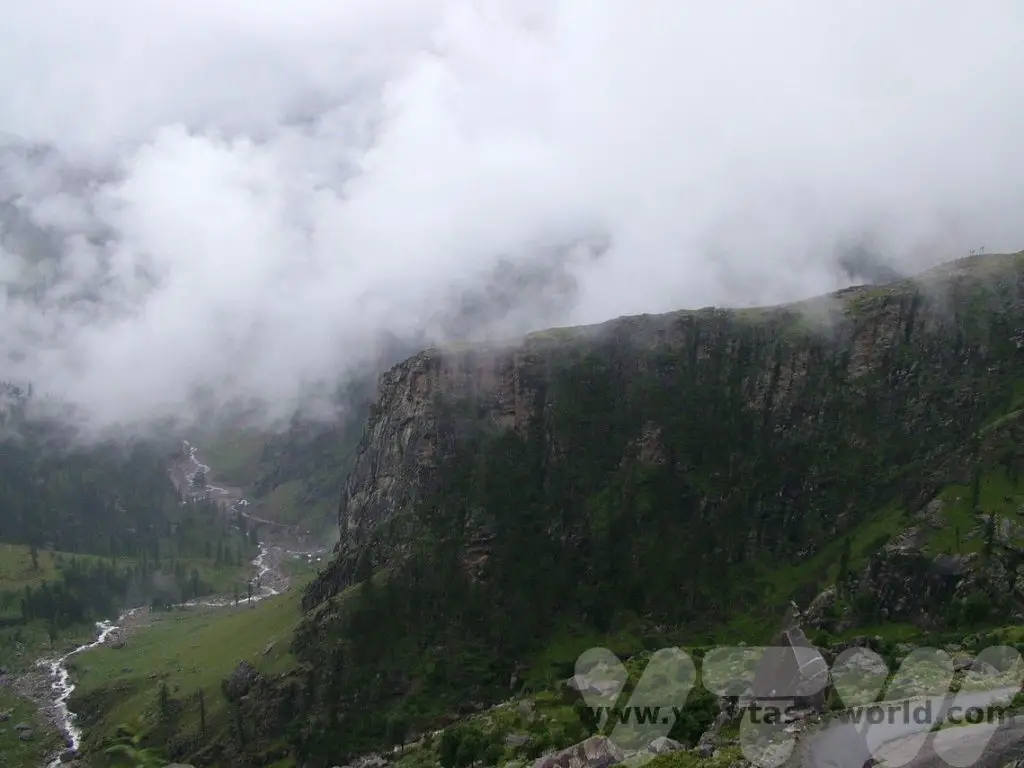
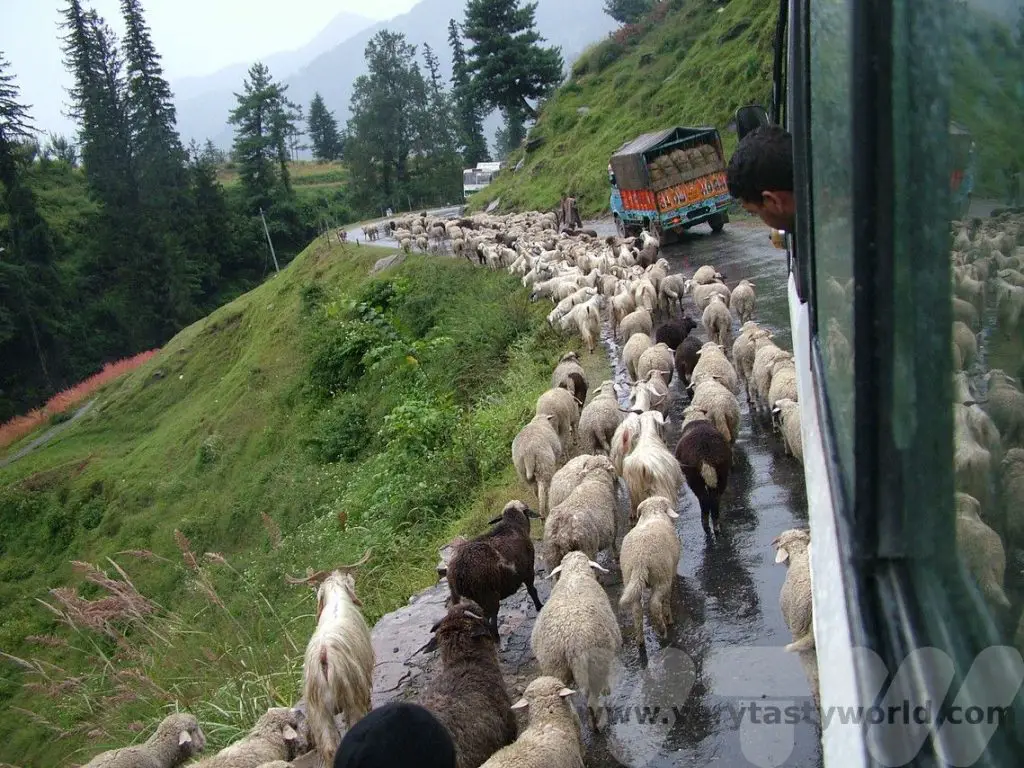
Related Posts You May Enjoy

Places to Visit in Munnar, Kerala
One of the most striking things about the state of Kerala in Southern India is how very green it is. A popular place to visit, it has spectacular scenery, interesting wildlife, fascinating culture and fantastic food. It’s no wonder that the locals call it ‘God’s Own Country.’ We toured the area for a week, visiting Athirappilly, Thekkady and Kumarakom, where we spent a very pleasant afternoon on a houseboat in the backwaters. The hill station near Munnar has the perfect climate and landscape for growing tea. At an elevation of 1500m the temperature is much more comfortable than the searing temperatures closer to sea level. There are lots of places to visit in Munnar and the surrounding area.
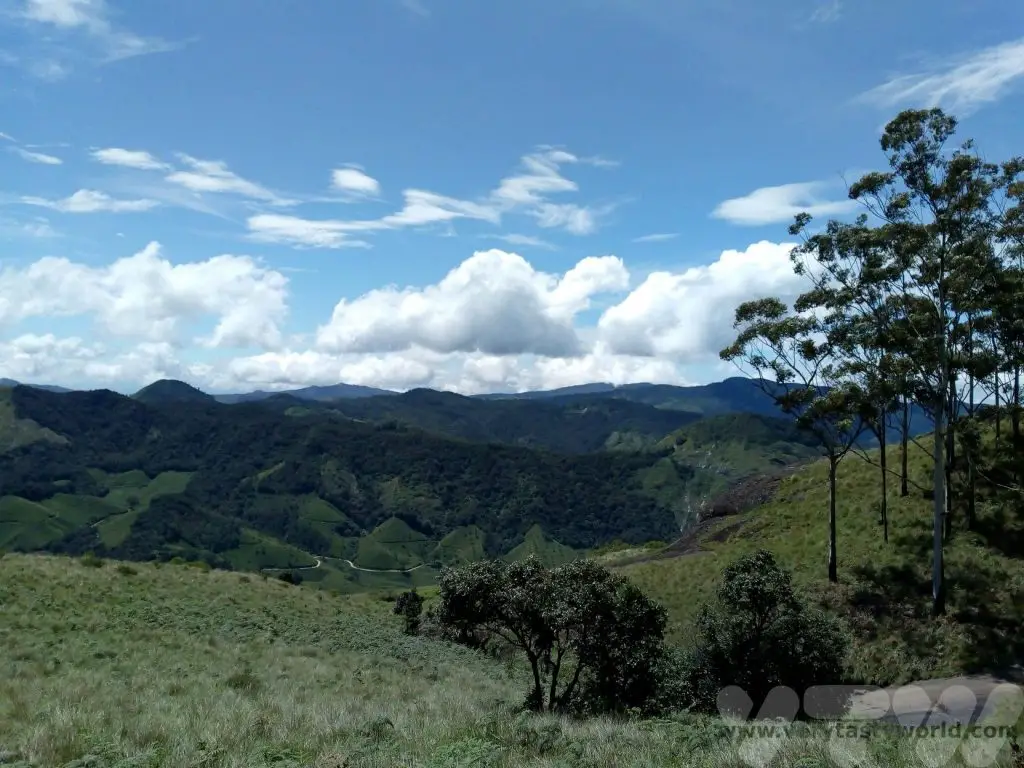
Places to visit in Munnar – Eravikulam National Park
The Eravikulam National Park is one of five national parks in Kerala and is home to a lots of wildlife, including the Nilgiri Thar, a type of goat which is seriously endangered and can only be found in any significant numbers in this area. There also are deer, monkeys, wild dogs, otters, mongooses, martens and porcupine as well as many species of bird and butterflies.
The park used to be a British game reserve during colonial times and was known for its rich hunting grounds. Later, the Kannan Devan Hill Produce Company managed the lands which were handed to the Kerala Government in the early 1970s. The Nilgiri Tahr had become almost extinct by 1972 and was placed on the endangered list so the park became a conservation area and achieved national park status in 1978.
The park is located around 15km away from central Munnar and you can either get a cab or hire a car/driver to reach it. Buses are available but less convenient. You can’t walk or drive around the area, private cars are not allowed inside the park and you have to catch a bus from the entrance car park. Just buy your tickets at the kiosk and join the queue. Beware that the queue may be long as it’s a popular place to visit. The bus ride is very scenic as it climbs the hill via a number of hairpin bends.
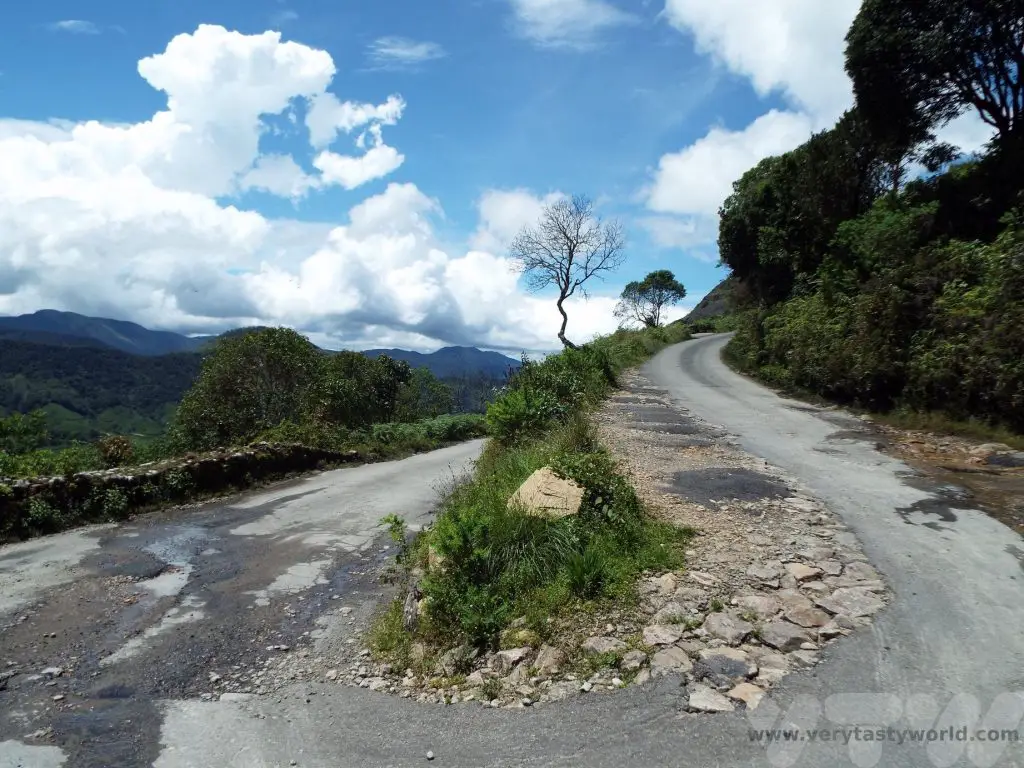
The wildlife wasn’t co-operating when we visited but the trip nevertheless offered a lovely walk with spectacular views.
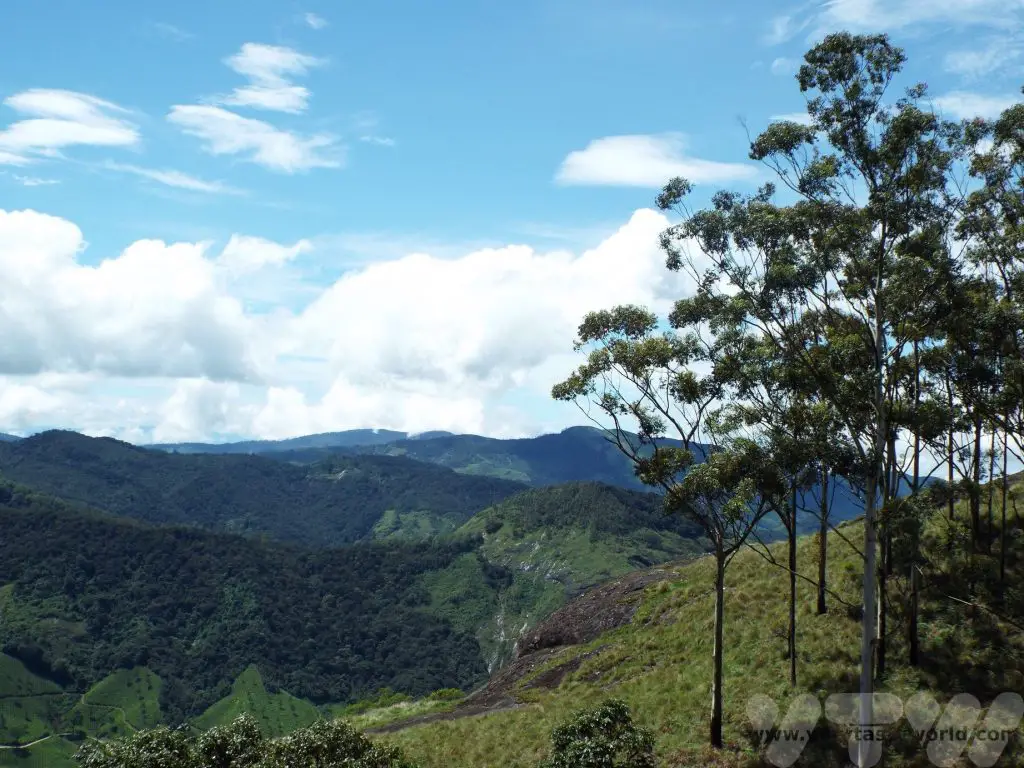
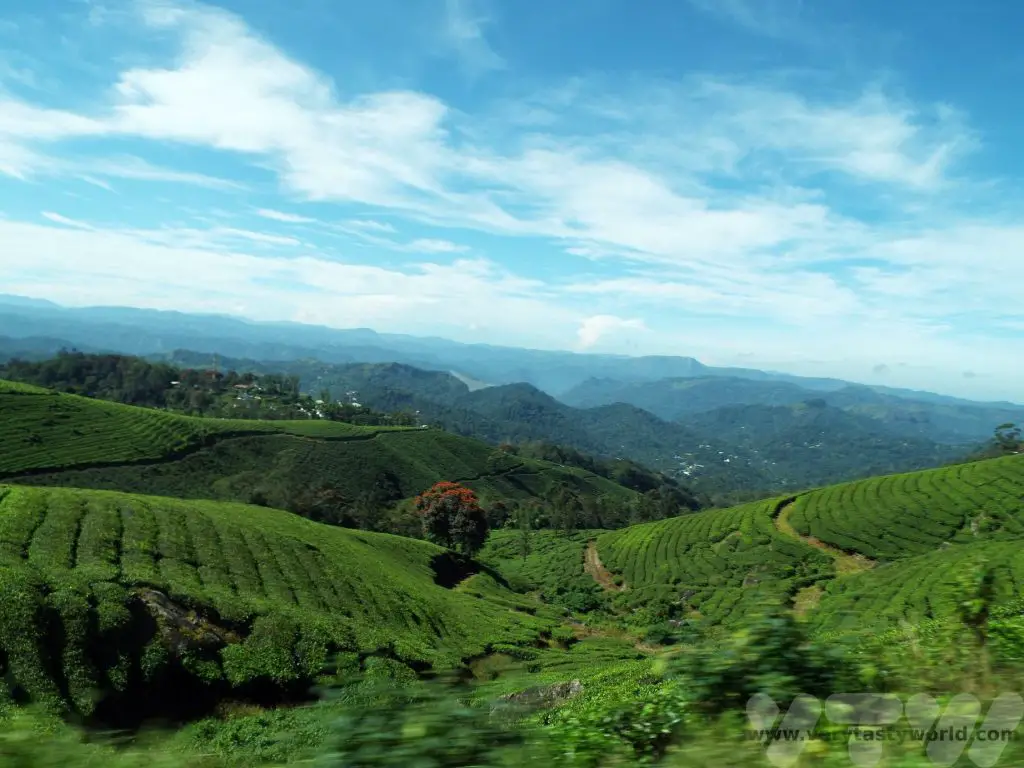
Visit the Rose garden
The Floriculture Centre, more commonly known as the Rose Garden, is worth a short visit if flowers and plants are your thing. You can wander through the terraces and have a look at the local flowers and plants.
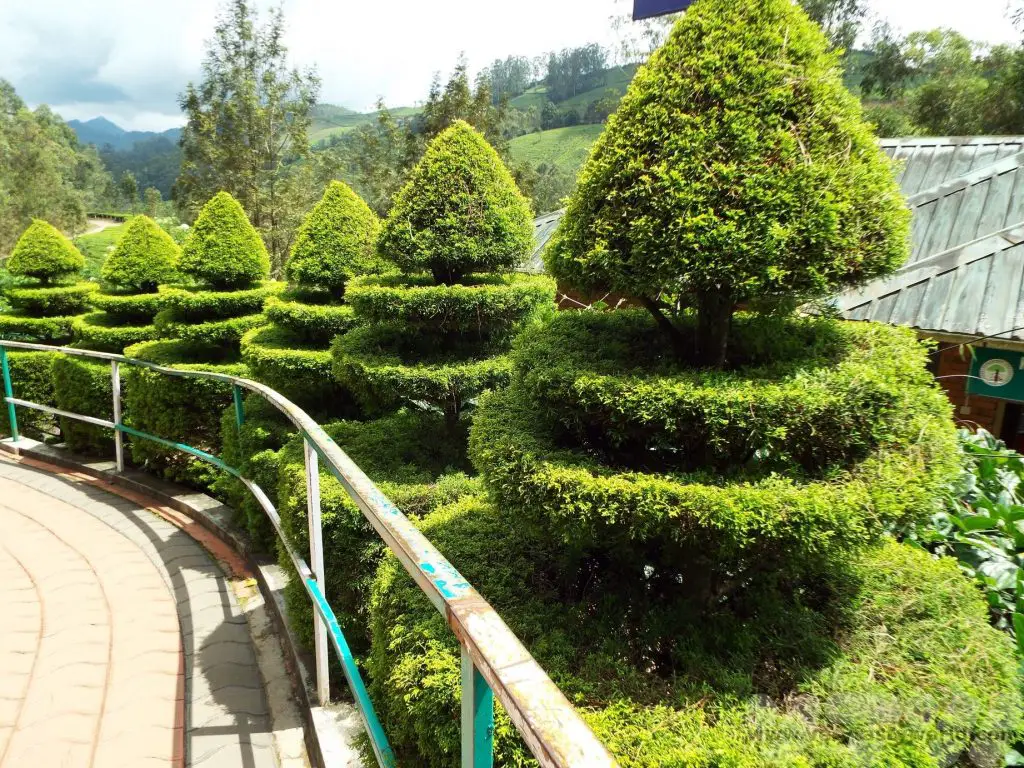
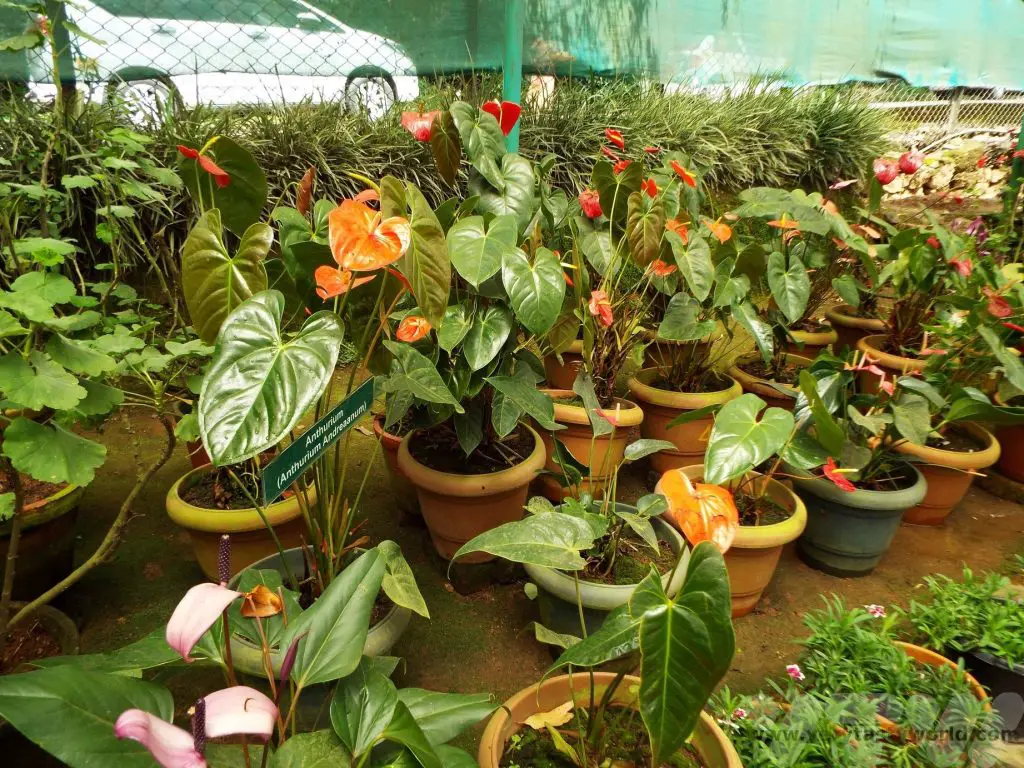
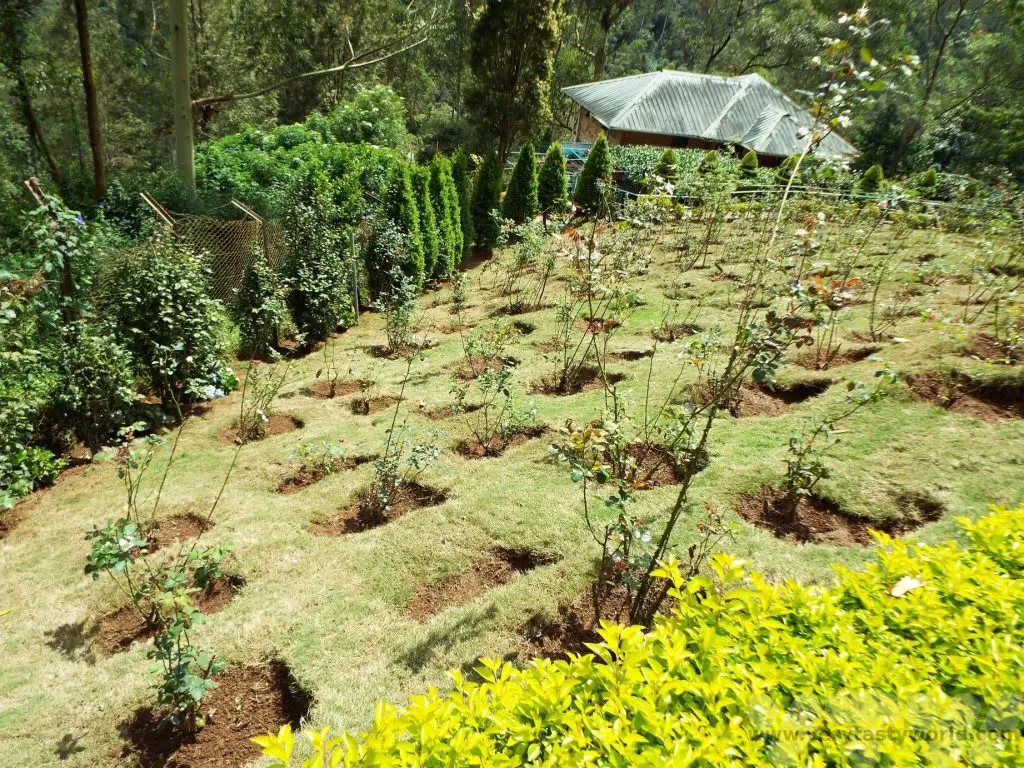
After lunch (you can read about thali here) we headed out through the countryside to visit the Mattupetty Dam and Kundala Dams. On the way to the Kundala Lake, we spotted a bunch of people gathering at the roadside with cameras and phones out and most definitely pointing in a particular direction. It’s always worth stopping to see what the crowds are looking at. And we were rewarded with the sight of a couple of wild elephants sauntering through the fields.
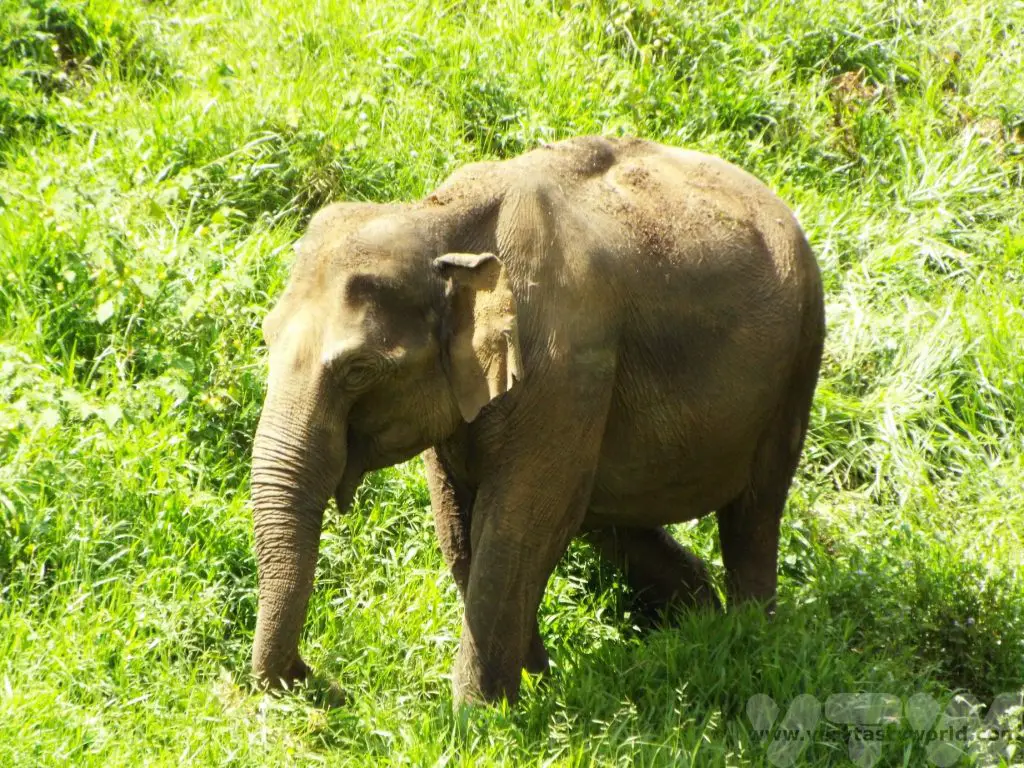
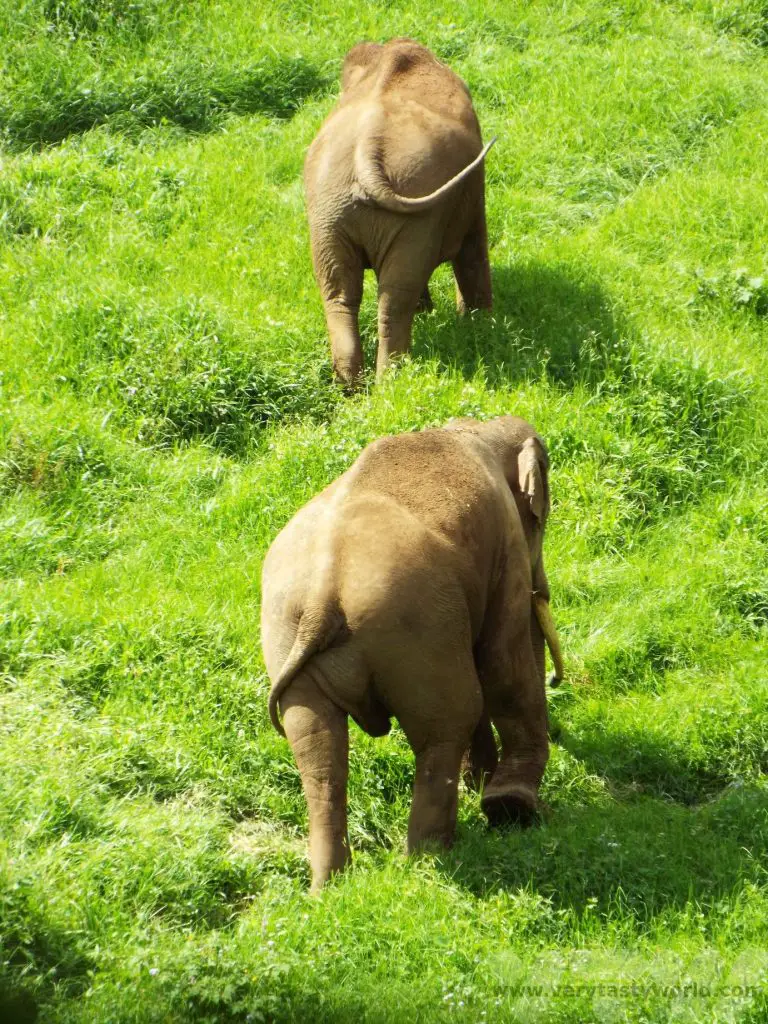
It’s possible to walk in the forests surrounding the lakes and across the dams.
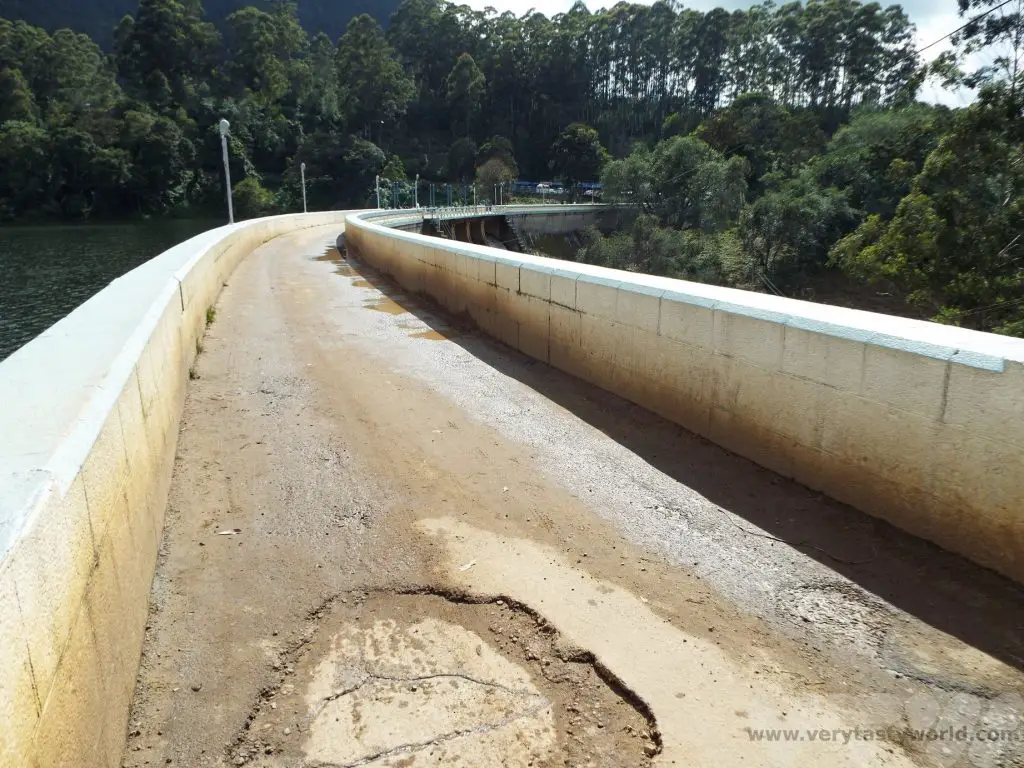
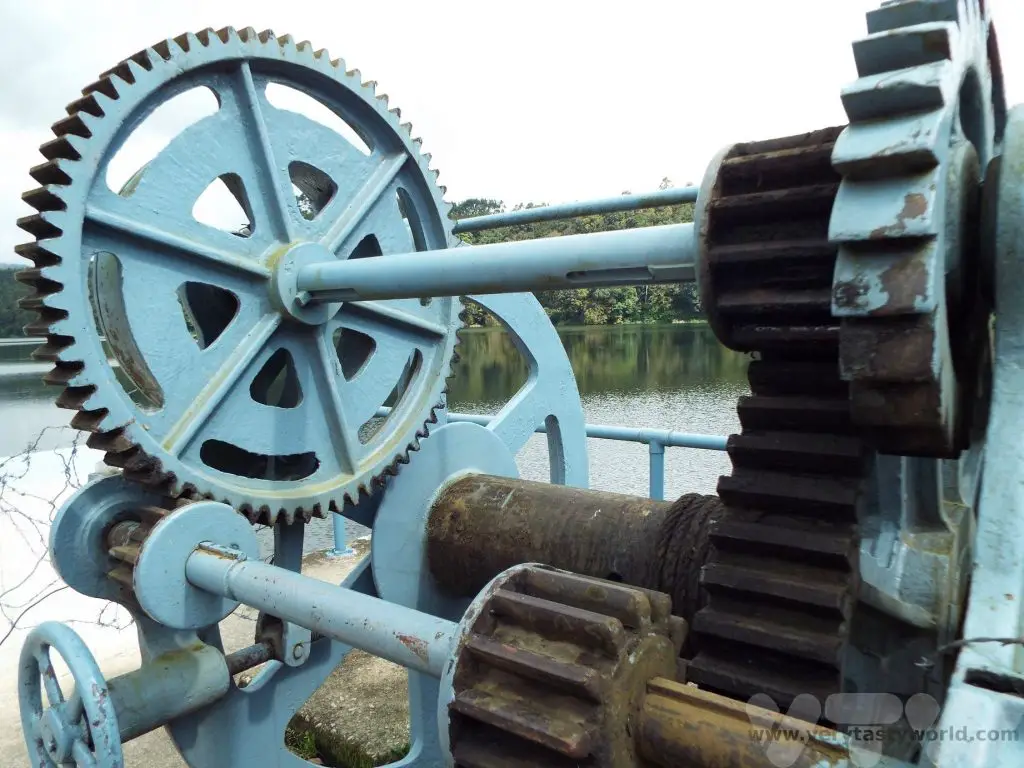
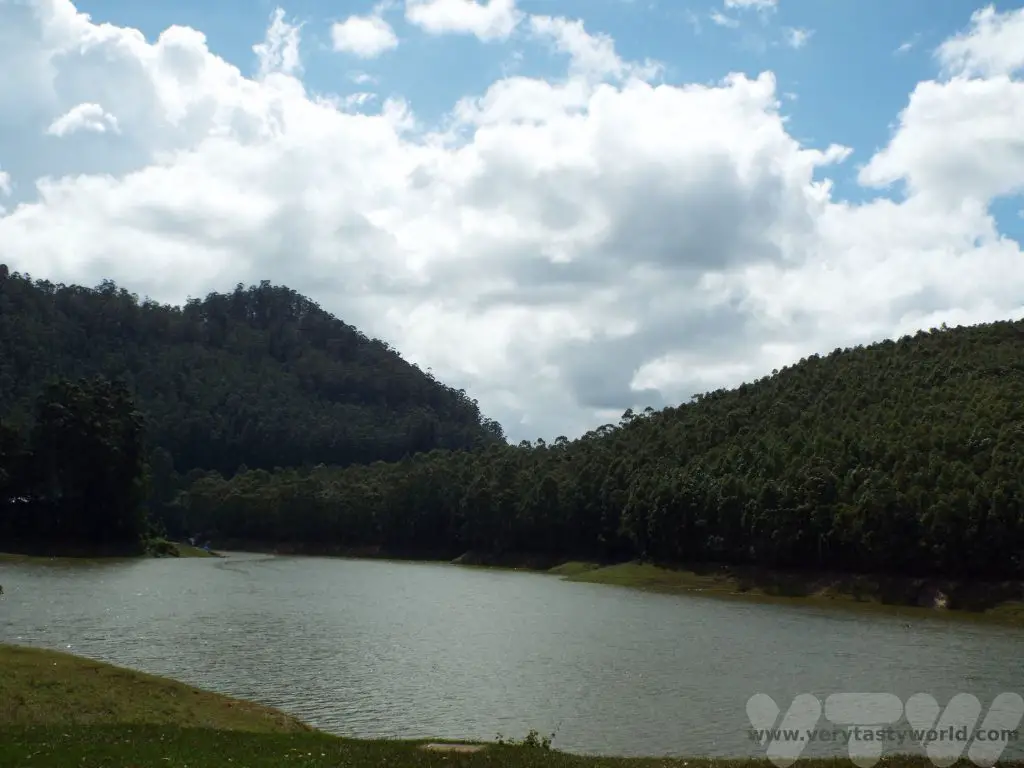
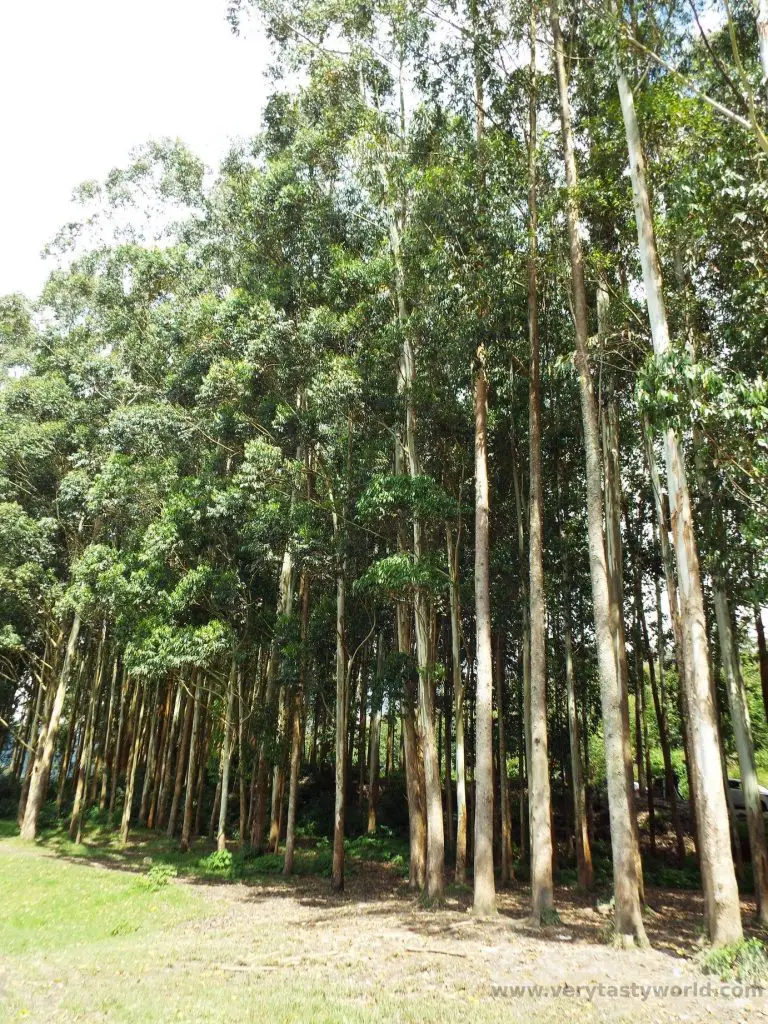
Tea and Spices
Tea plantations adorn the surrounding hills in all directions, each individual tea plant creating a pattern that dominates the landscape.
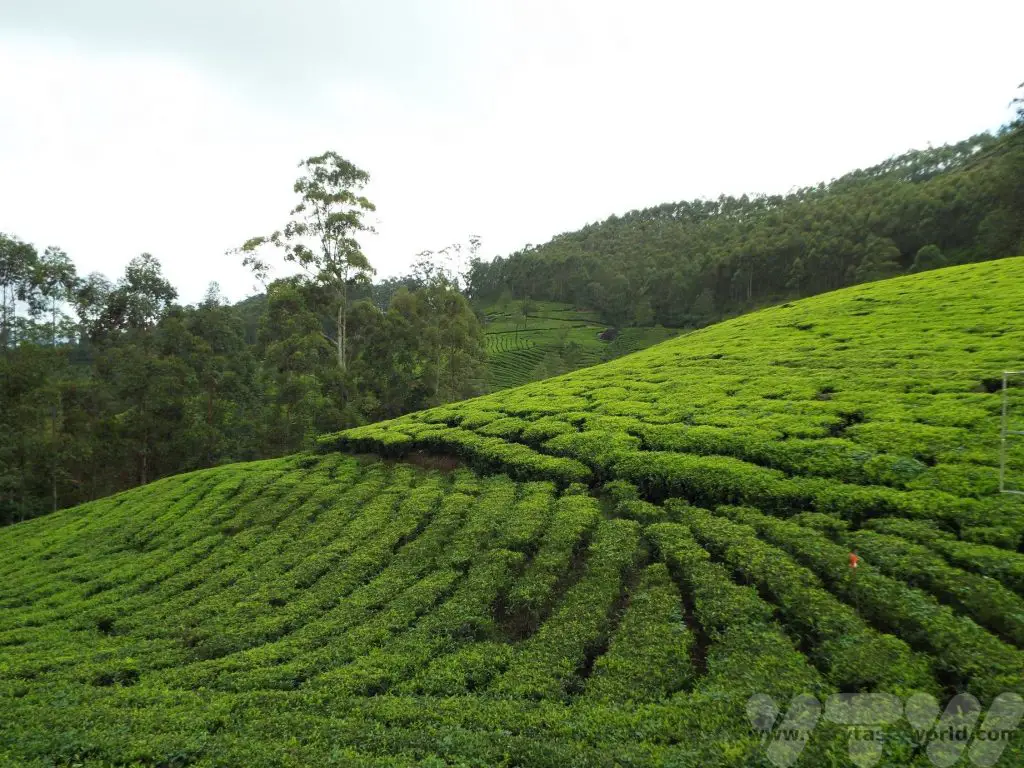
Tea plants like receiving lots of water but don’t like sitting in water, hence the plentiful rainfall in Kerala provides plenty of hydration and the hilly landscape is ideal for perfect drainage.
The tea is picked by hand. Only the top three leaves, which are the most tender, are used. There are a number of processing plants around Munnar. We didn’t have time to visit a tea plantation but did bring back some Munnar tea as a souvenir.
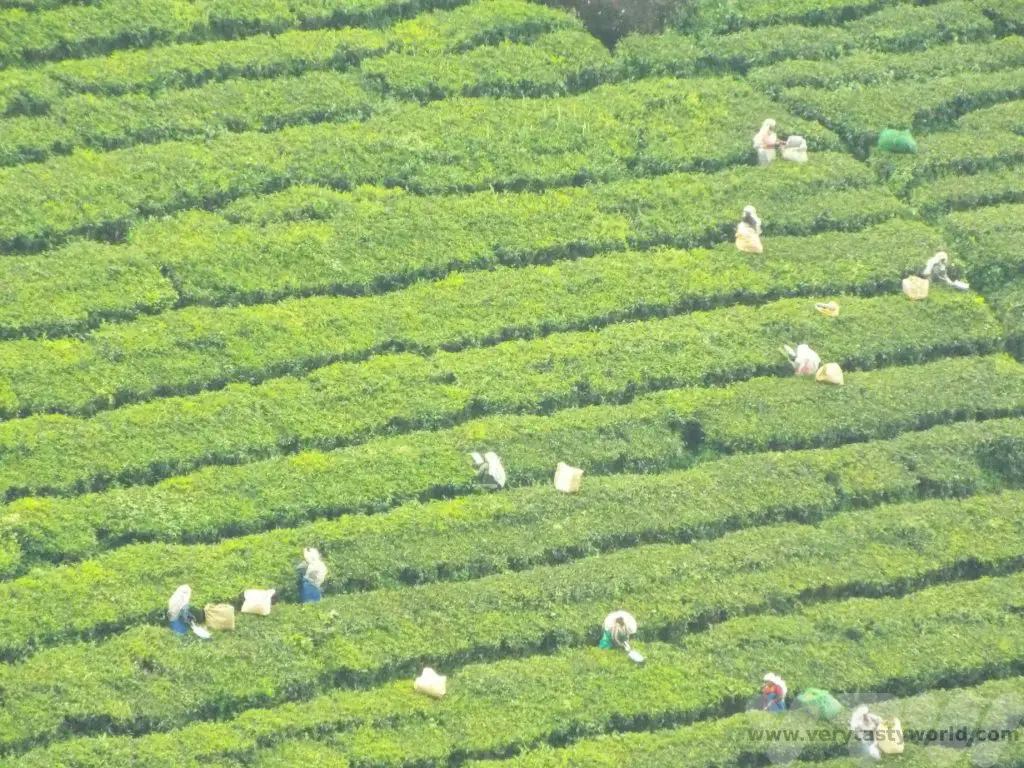
Kerala is also famous for its spices. Keralan cuisine is amazingly good – all the dishes we tried were beautifully flavoured. Many of the spices grown can be used in both savoury and sweet dishes. We visited a spice plantation, in the pouring rain (thankfully they loaned us umbrellas) and saw a number of plants that are used for culinary and medicinal purposes.
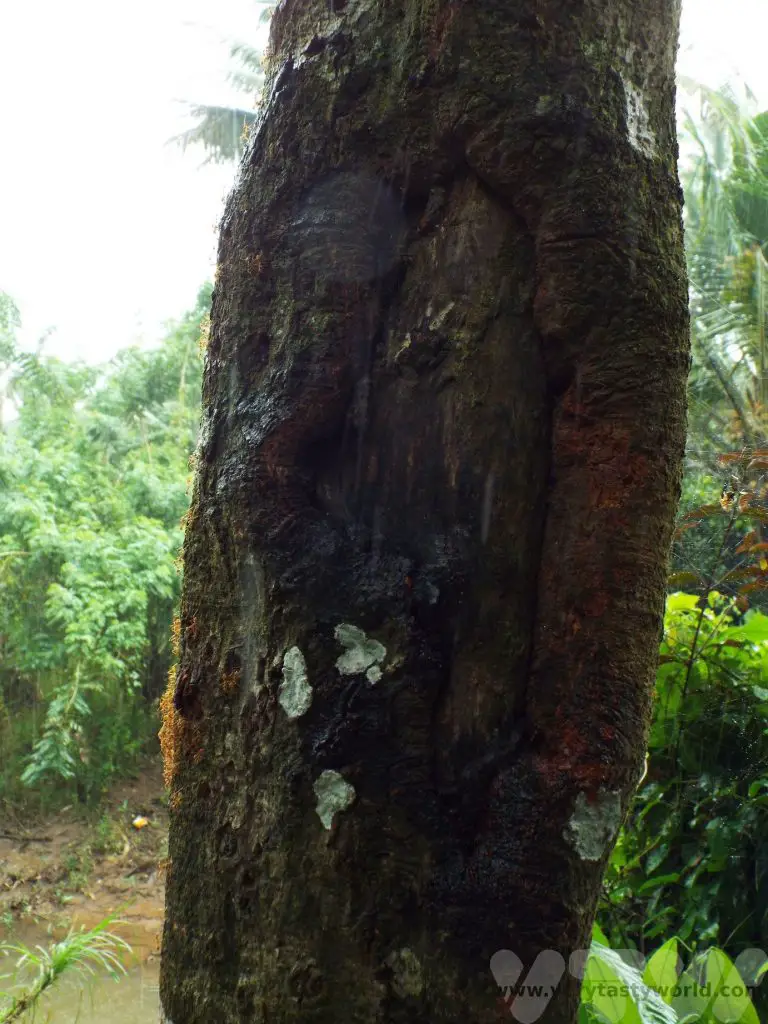
Cinnamon comes from the bark of the tree. Peel it off and it curls up into those familiar scrolls.
Allspice is a very apt name. If you smell and taste: think of nutmeg. Yes! Think of cinnamon. Yes! Think of cloves. Yes! It really has a flavour that can emulate many different spices and is a great all-rounder.
Cardamom is an amazingly aromatic spice. It actually grows at the base of the plant in little pods.
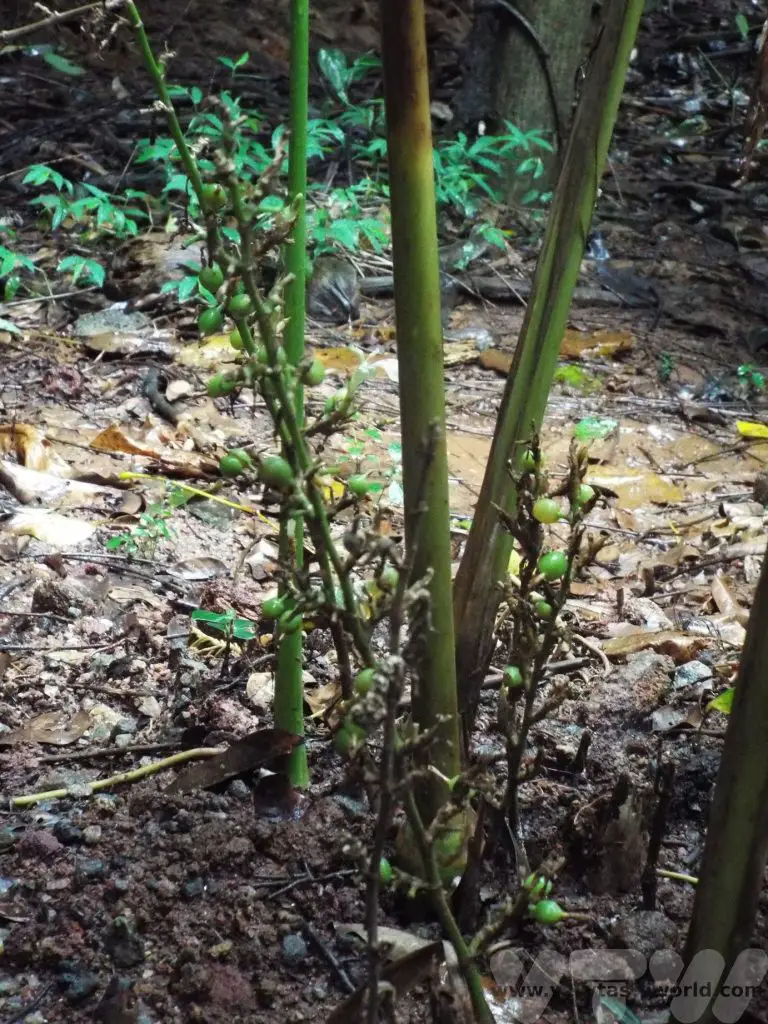
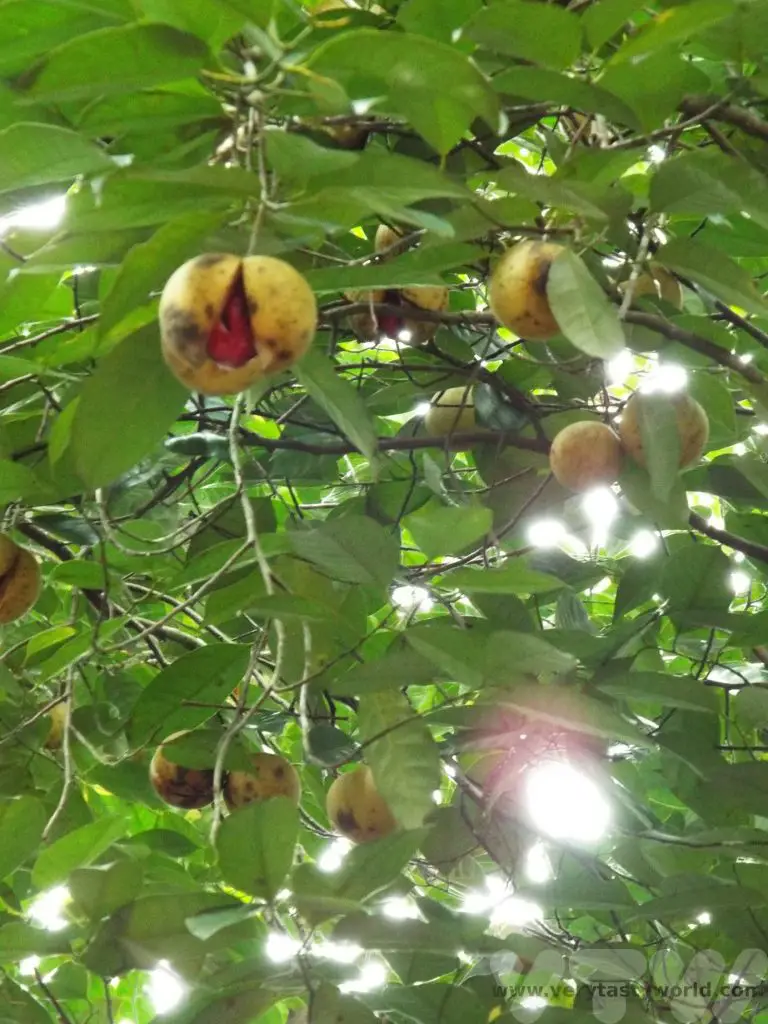
Nutmeg and mace. Mace is the outer ‘skin’ of the nutmeg – you get a milder nutmeg taste with a more citrusy flavour.
Cloves add a real fragrance to savoury dishes. They also have a numbing effect and are a traditional remedy for toothache.
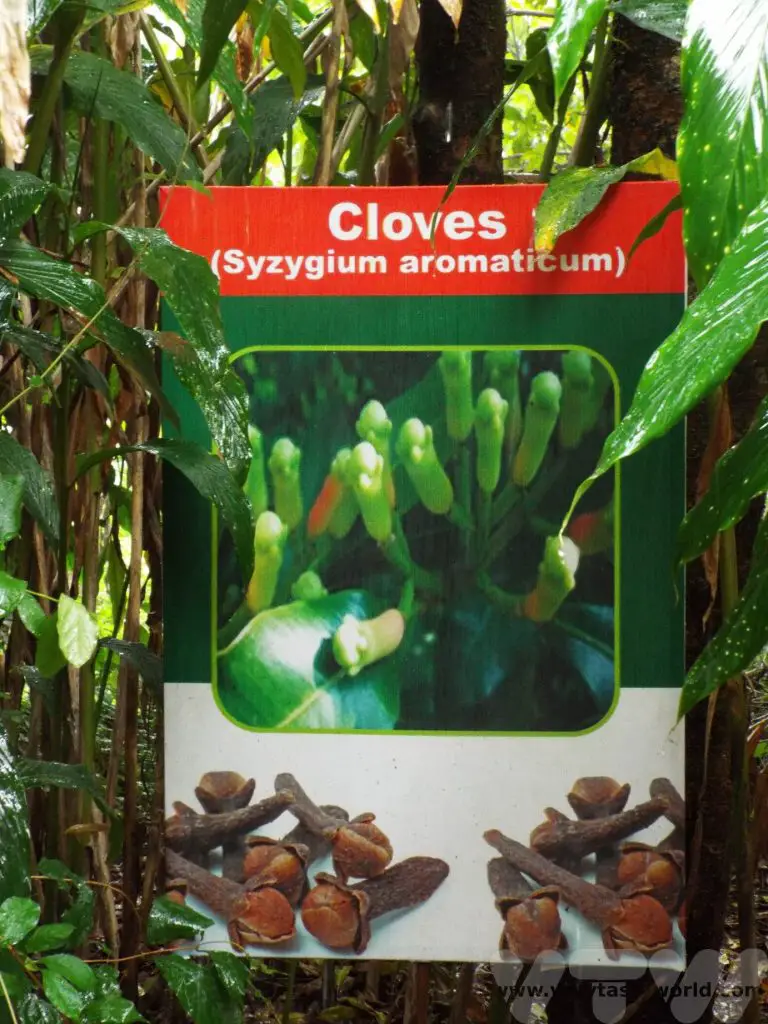
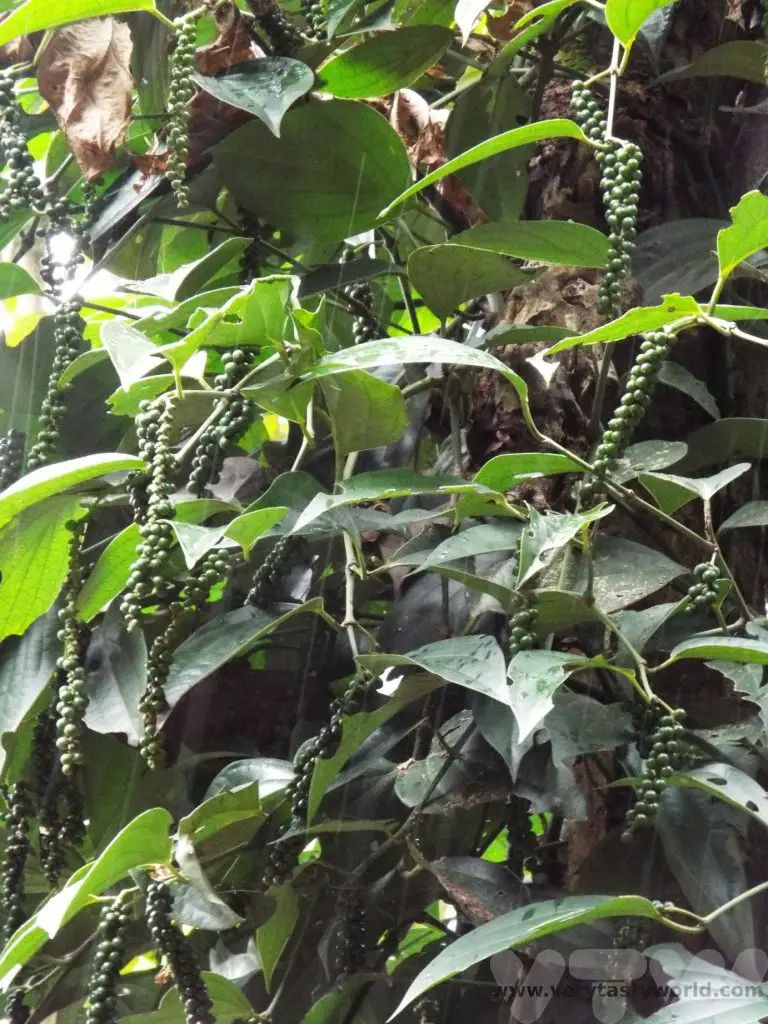
Peppercorns are native to Kerala and have been used in Indian cooking since at least 2000 BCE. Once the most valuable spice in the world, pepper can be eaten in its many different forms (albeit the same fruit of the tree): green peppercorns are the unripe fruit of the pepper tree. When they turn red they are ripe. Black and white peppercorns are, likewise, both the same fruit of the pepper plant, but are processed differently. Black peppercorns are picked when the fruit is almost ripe and then they are sun-dried, and this turns the outer layer black. White pepper is the peppercorn without the skin. It’s the black skin that has the distinctly peppery flavour elements. If you want heat but not the flavour, white peppercorns are the one to use.
We purchased some of the spices, particularly those that are expensive to buy at home. They make ideal souvenirs as they easily slip into any spaces your backpack and ours have been used extensively since our return home.
Places to Visit in Munnar – Kathakali and Kalaripayattu performance
We made our way to the Punarjani traditional village to see a Kathakali and Kalaripayattu performance in the early evening.
Kathakali is a form of classical Indian dance which tells a story, often based on traditional legends, Hindu mythology and Indian epic stories. There is a narrative but no dialogue – dance, mime and song are the means by which the story is told. Artists spend several years training at specialist schools in order to develop their skills. The expressive performance is emphasised by the spectacular costumes and make-up, which can take around 3-5 hours to apply.
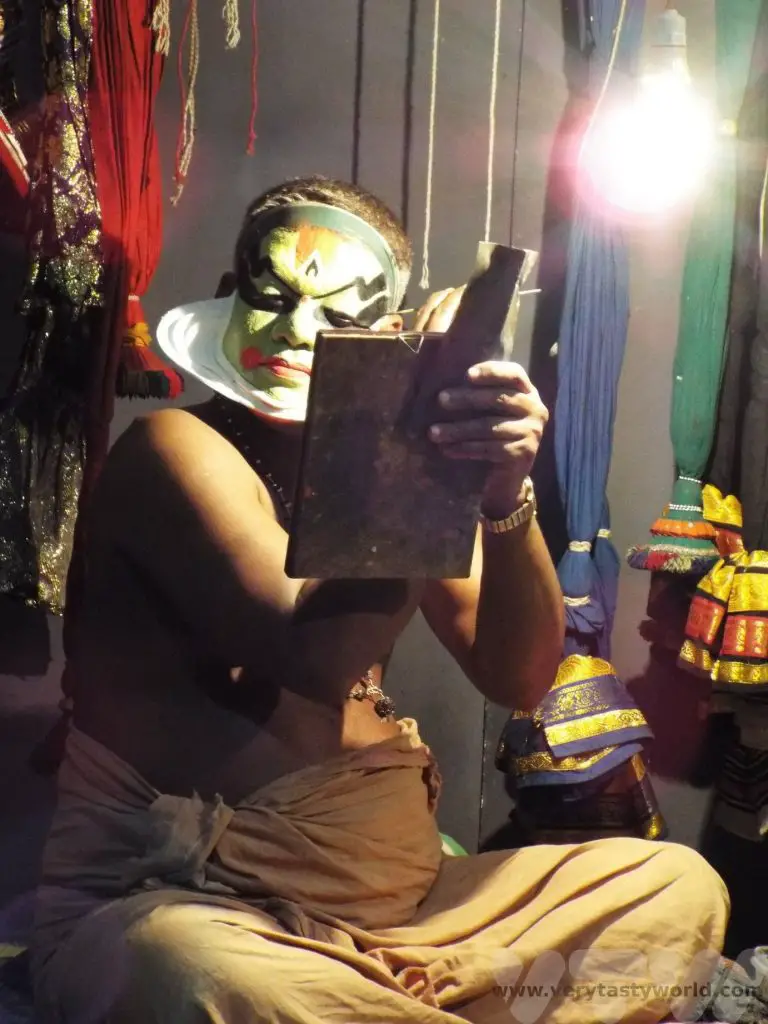
It is worth arriving early for the performance because you are often allowed backstage to watch the performers apply their remarkable make-up.
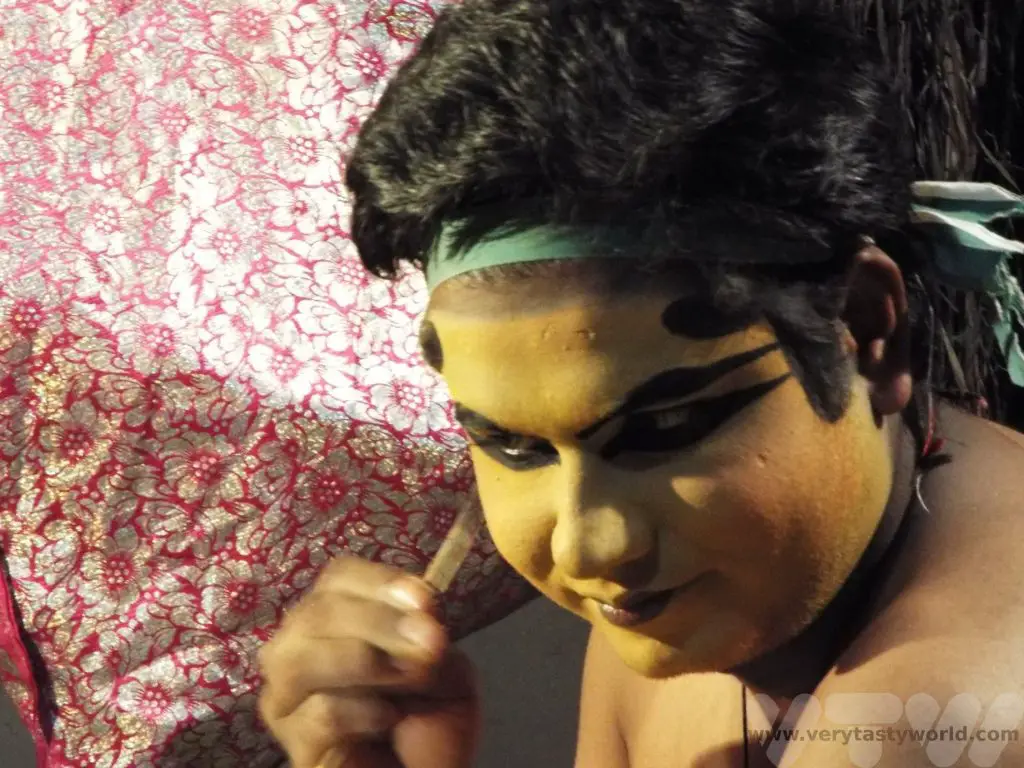
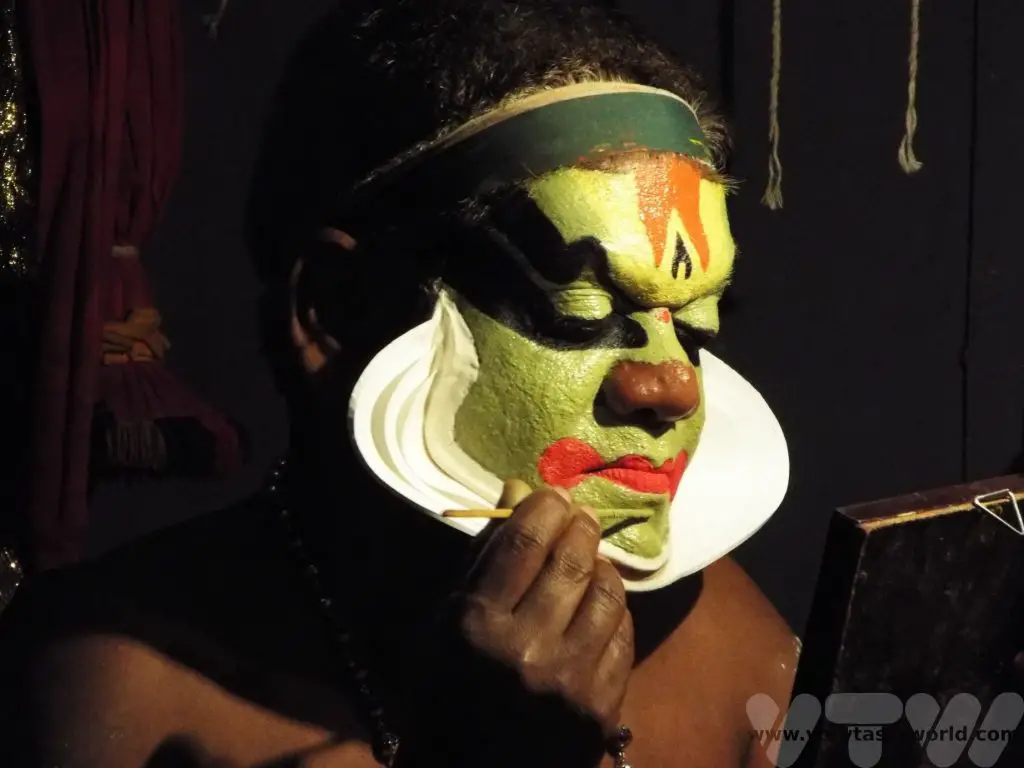
You have a choice of seating and if you sit in the stalls there’s a possibility that you may be called up on stage to take part in the performance. It’s largely mime-based so no need to worry about any language skills.
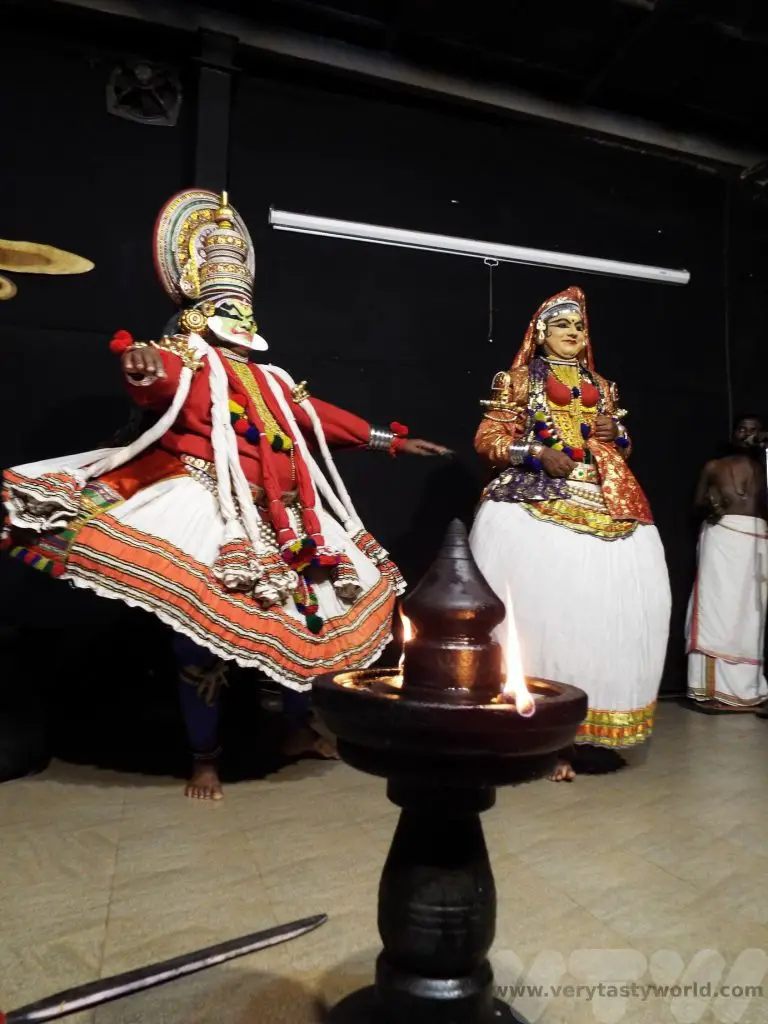
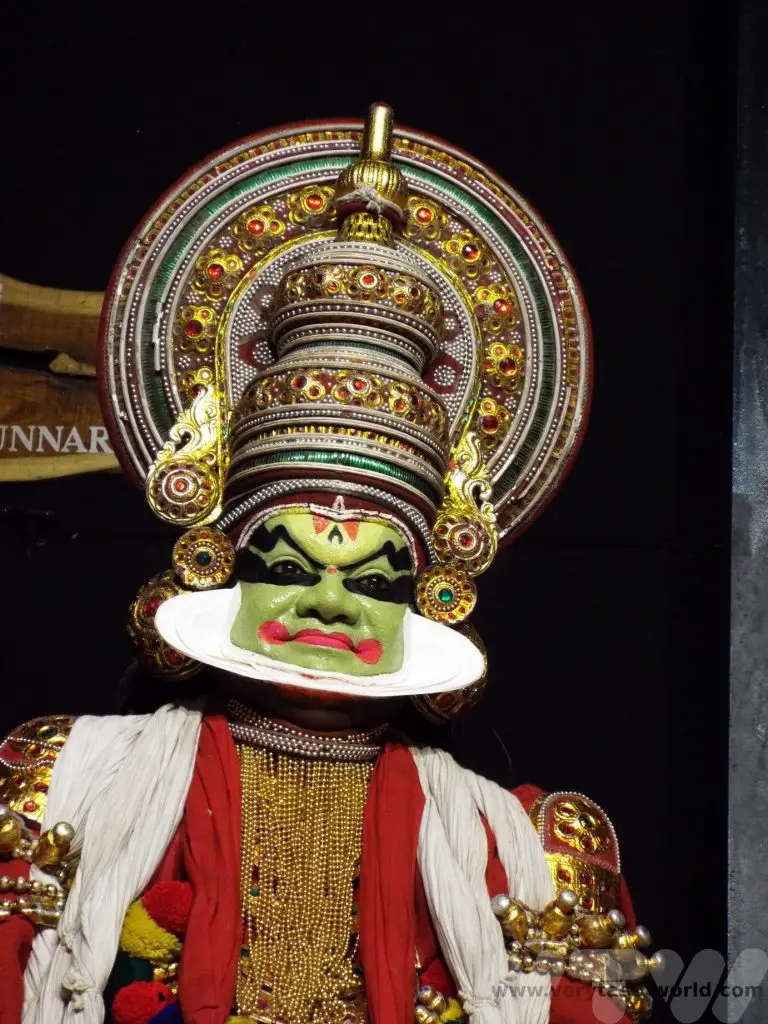
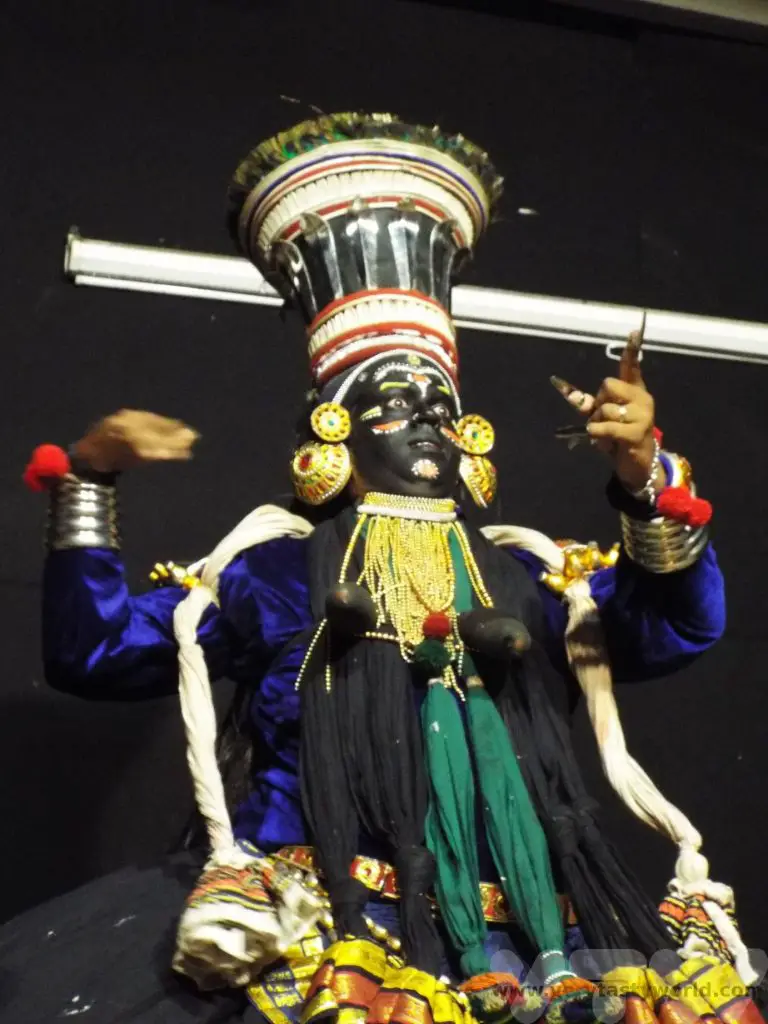
The Kathakali lasts around an hour and, if you wish, you can then watch a Kalaripayattu performance in an adjoining theatre. This is a form of Indian martial art, indeed it is one of the world’s oldest martial arts, and is spectacular to watch. It is highly acrobatic and uses a number of weapons. The demonstration is lively, exciting and occasionally scary!
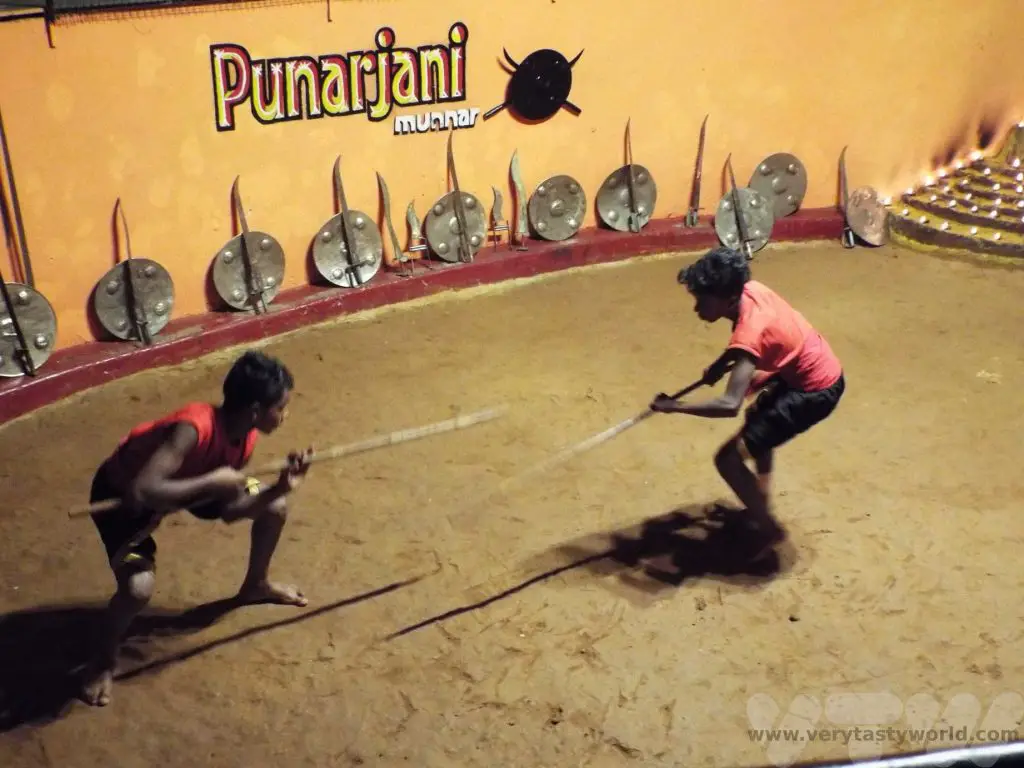
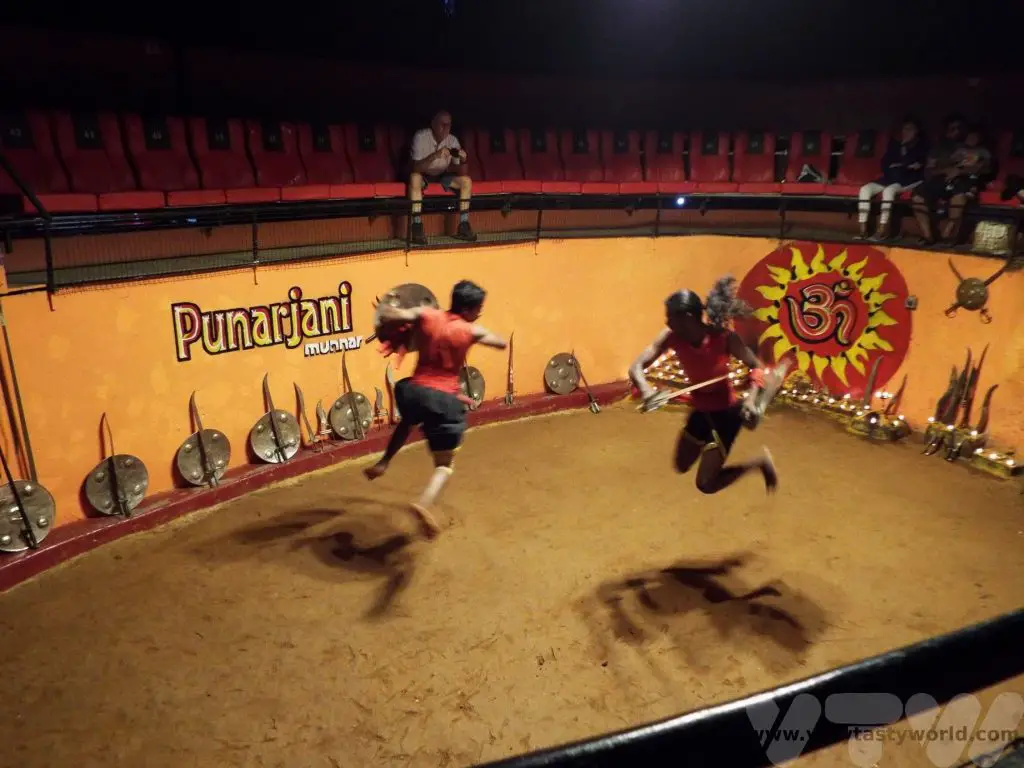
Eating in Kerala
All the meals we ate in Kerala were completely brilliant. Because of the diversity of the region both vegetarian and non-vegetarian meals, featuring fish, poultry and red meat, are readily available. The fish dishes are particularly good, using locally caught fish from the rivers and the sea. The food is delicately flavoured with local spices – all the spices we encountered at the plantation featured heavily, notably black pepper, clove, cardamon, cinnamon and ginger. Here are some of the dishes we tried.
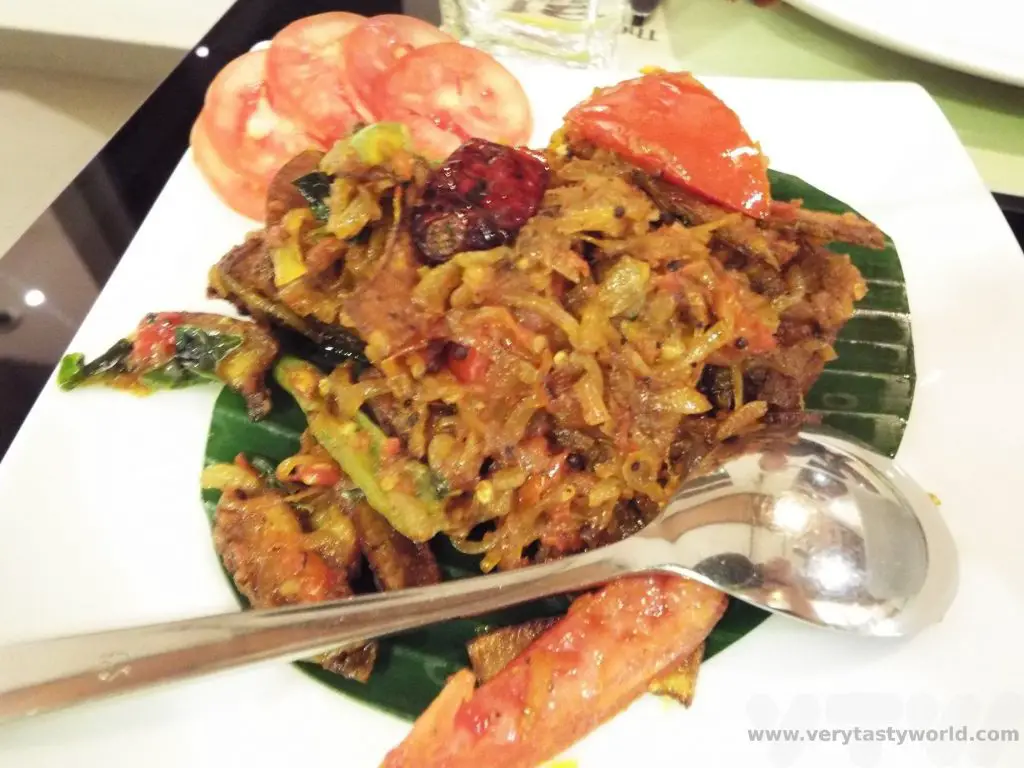
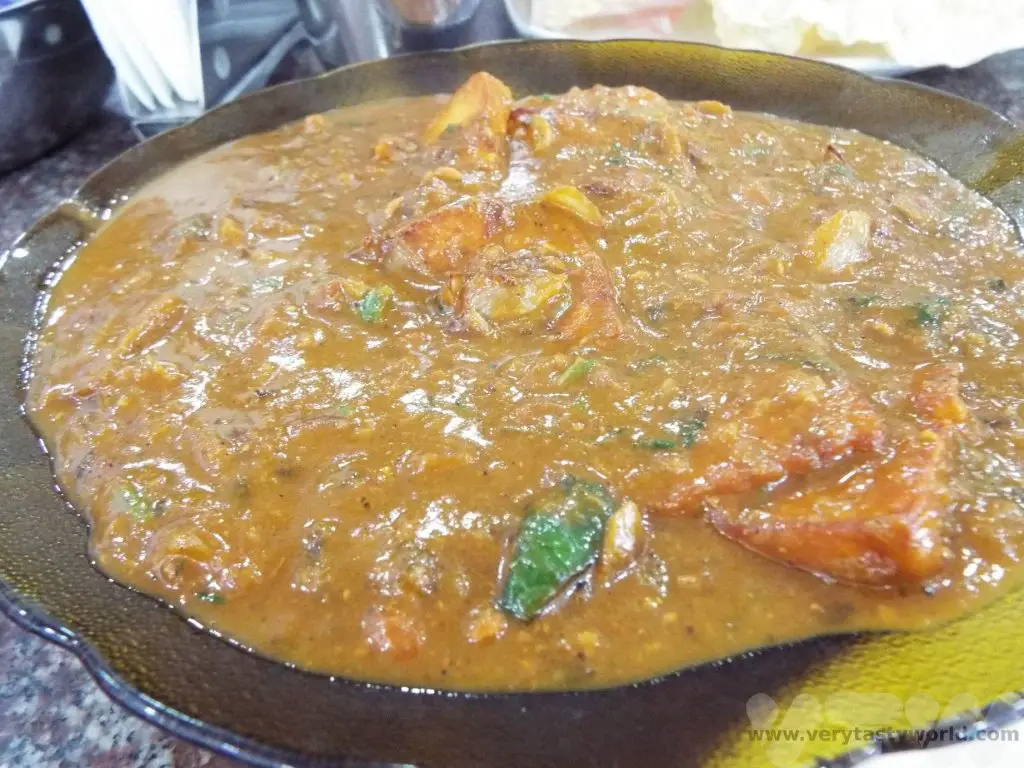
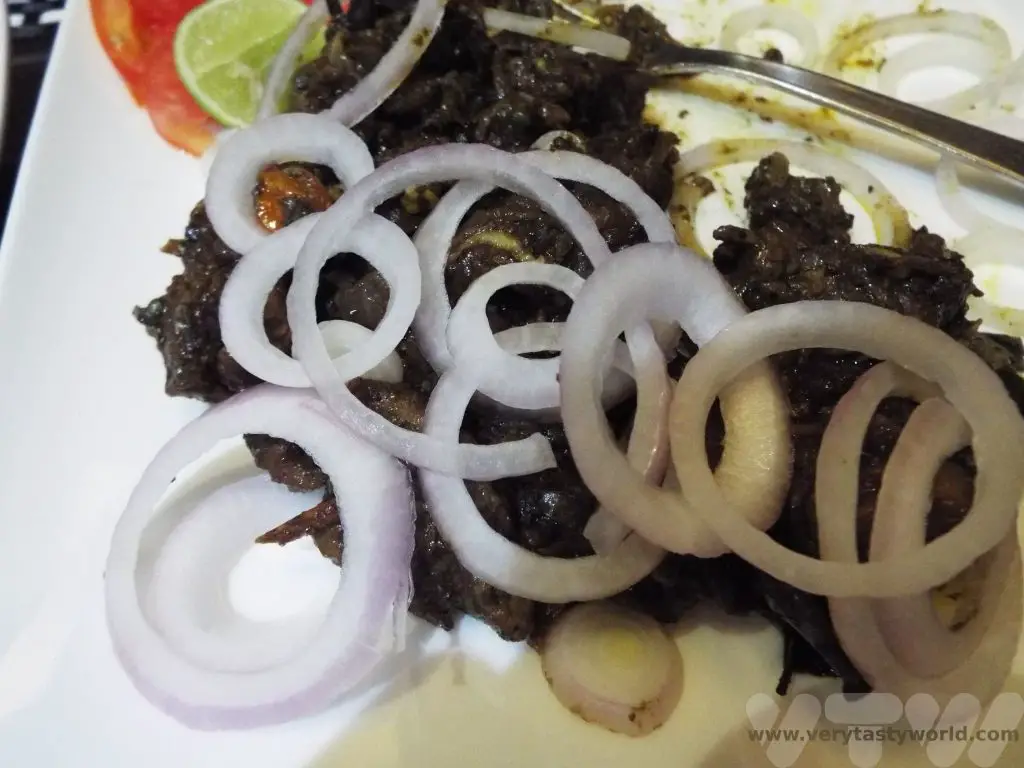
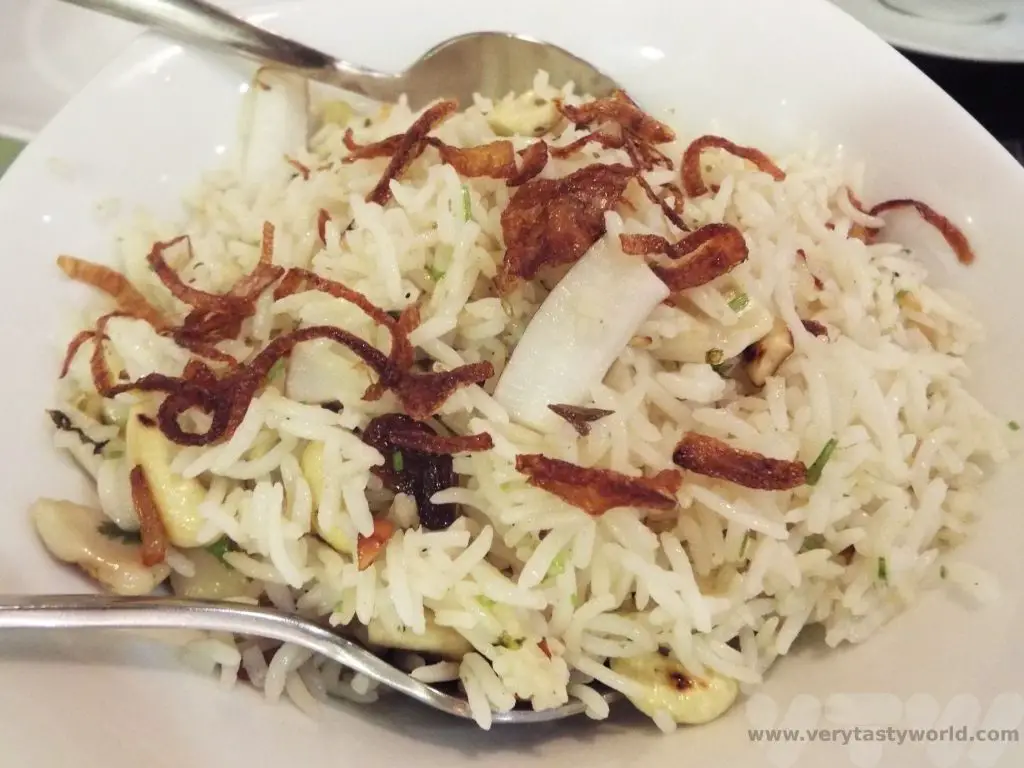
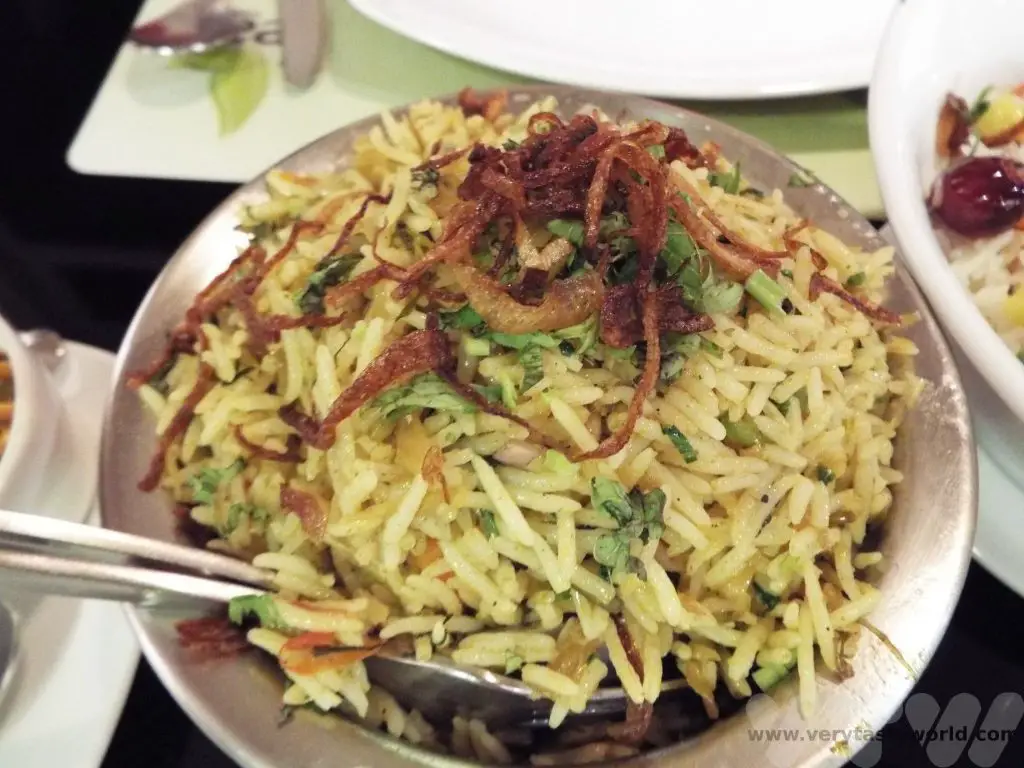
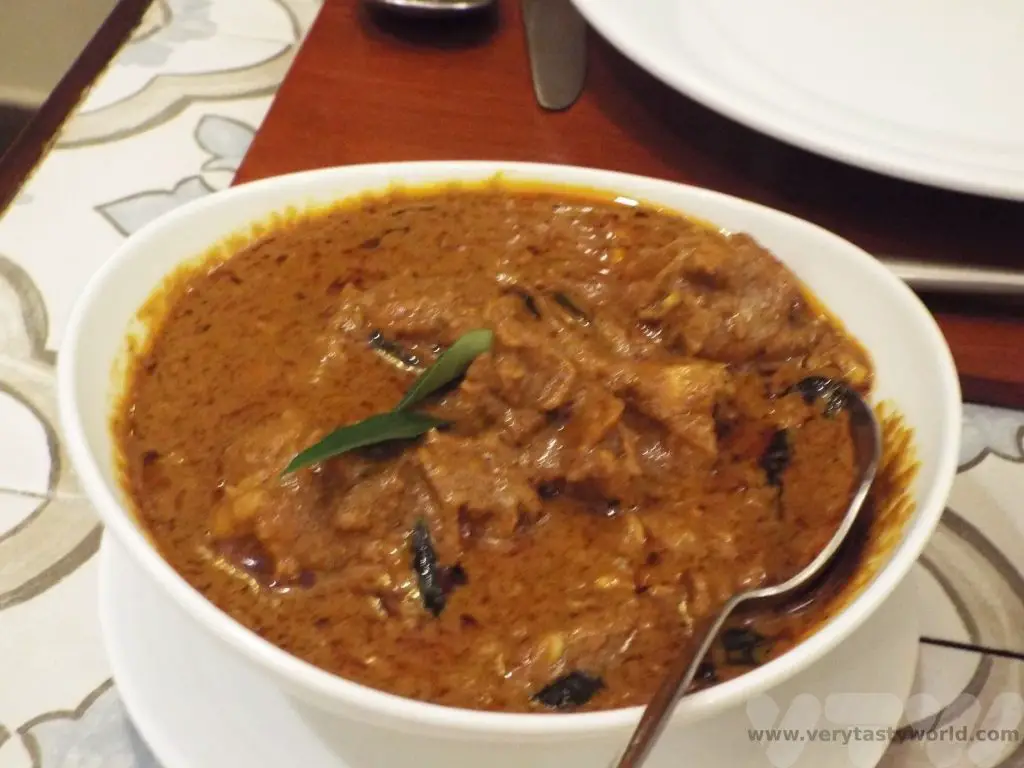
Munnar has so many things to offer the visitor – nature, wildlife, culture and, of course, the most delicious food.
Related Posts You May Enjoy

Kumarakom Houseboats on the Kerala Backwaters
Kerala, the state in South-west India, is one of the most popular tourist destinations in the country. Blessed with gorgeous landscapes, beaches and hill stations, it also has a rich cultural heritage and an amazing food scene, and it is easy to understand why the local people have named it ‘God’s Own Country’. One of the most pleasurable ways to explore the area is on Kumarakom Houseboats, known locally as a kettuvallam on Kerala’s backwaters. These enormous boats, some of which can be multi-storey, were originally used to transport rice and spices to the port of Cochin, the regional capital.
The backwaters of Kerala are a network of channels, rivers and lagoons that are located just inland from and running parallel to the Arabian Sea. Some of the lakes are connected naturally by rivers or by canals that have been constructed for that purpose. The water is brackish – freshwater meets the salty brine of the sea – and this gives the backwaters a very particular ecosystem.
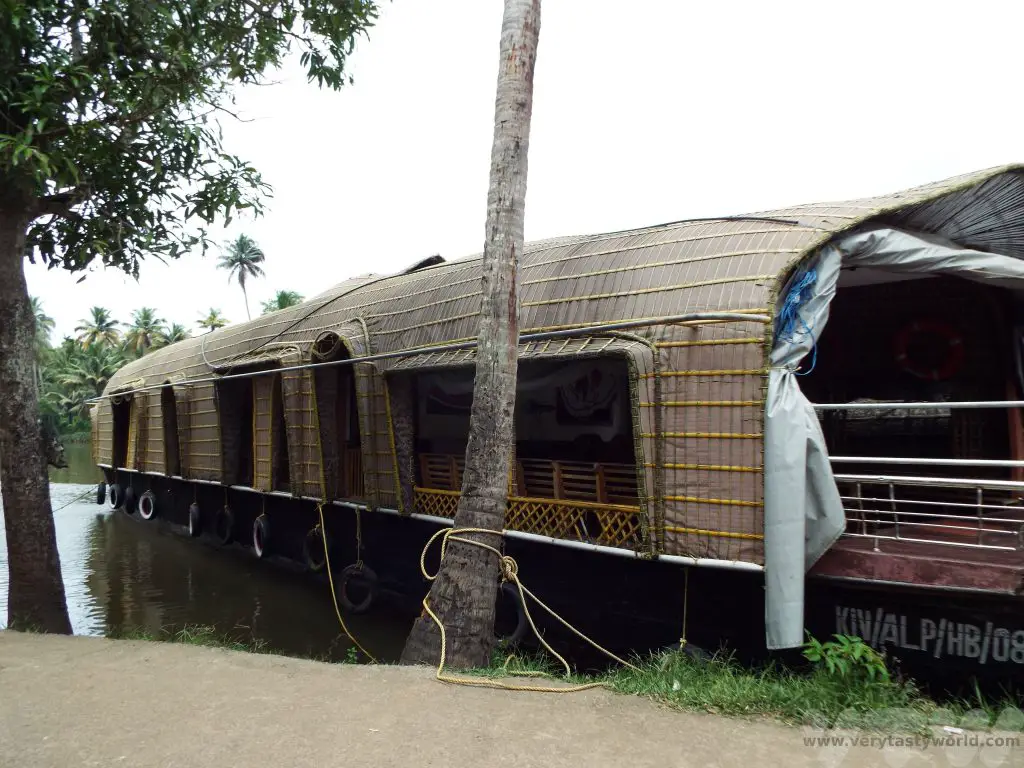
The boats have wooden hulls and a thatched roof. ‘Kettu’ means ‘tied’ and ‘vallam’ is a boat. These boats are constructed from long planks of wood tied with knots of coir and then coated in a resin derived from cashew nut kernels. No nails are used at any stage.
Hiring One Of The Kumarakom Houseboats
Although they were originally designed to be cargo ships they have been adapted for tourism and converted to proper houseboats complete with a living area, kitchen, bedrooms and bathrooms. The boats are available for hire for tourists to reside on, or they can be hired for a few hours at a time. It’s worth noting that boat hire isn’t cheap, especially compared with other prices in the region, but if you can afford it, it is definitely an experience worth undertaking.
Many houseboats are booked months in advance during the busy season and will follow a tour through the backwaters. If you aren’t visiting in the high season you might get lucky and find a boat that’s available to hire. We had been travelling down from Thekkady, arriving at Kumarakom at around 1pm. We managed to find a houseboat that was willing to take us on a four hour boat trip on the local lake and this price included lunch. The prices are for the hire of the boat and crew (normally a couple of people) so if you have a larger party the cost per person naturally reduces. You may find that if the boat is still available and hasn’t already found customers, it may be possible to negotiate a price.
A Tour Of The Houseboat
The thing that is most striking about the houseboats is how spacious they are.
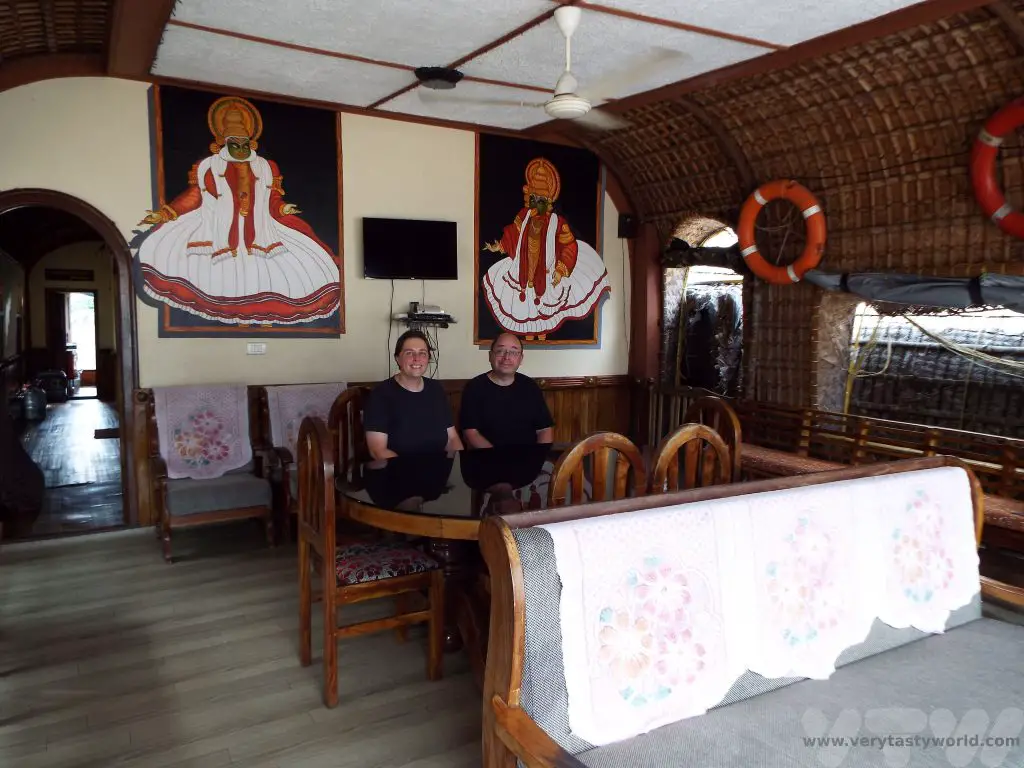
The living/dining area at the front has room for a dining table and plenty of seating space
The houseboat is steered from the front.
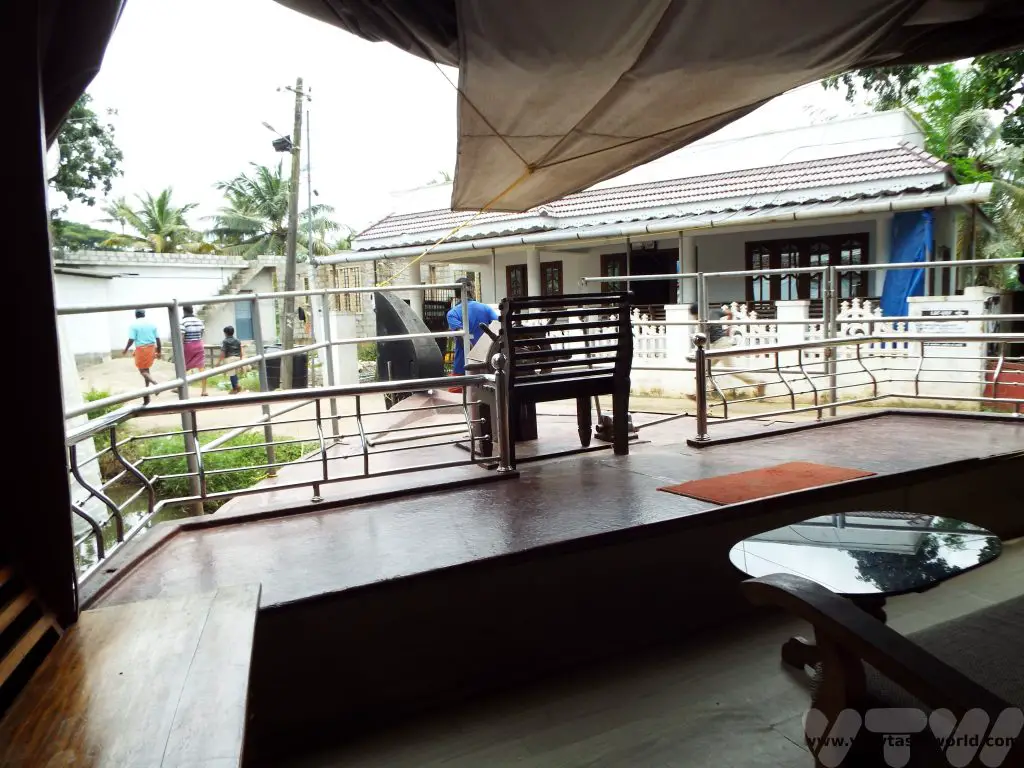
Then there is a long corridor from which there are large double bedrooms. Each bedroom has its own en-suite bathroom.
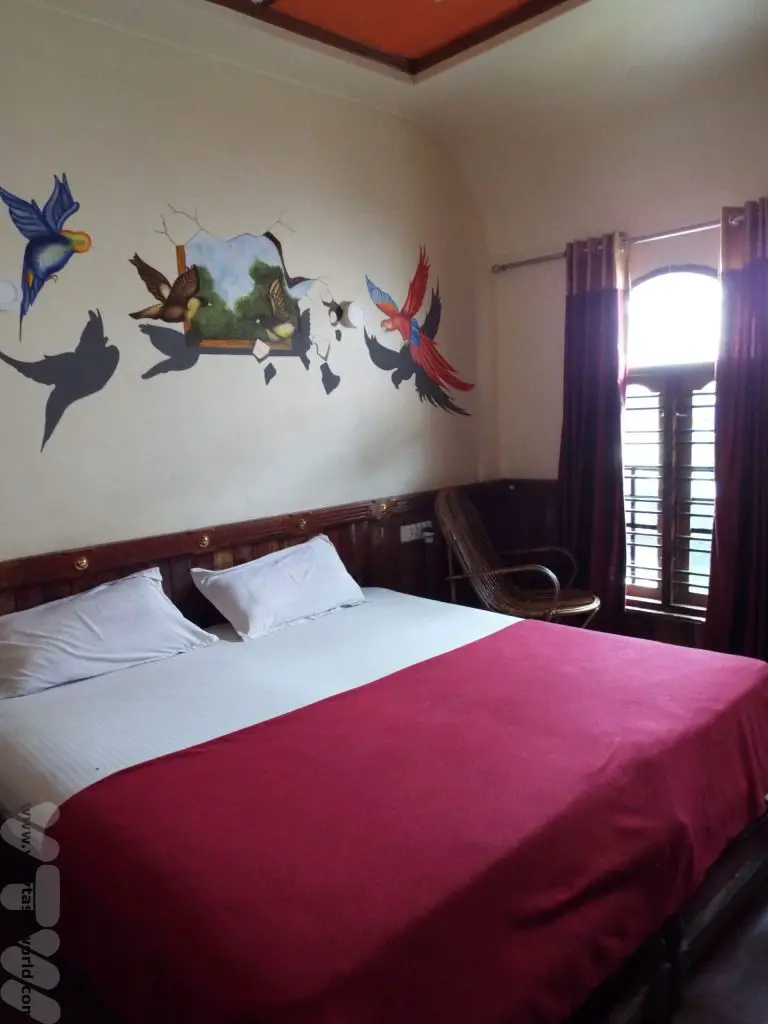
As with all areas in South India where food is served, there is a hand-washing area in the corridor.
Finally, the kitchen is located at the rear of the boat. Again, it is very spacious and has plenty of cooking facilities and storage space. Gas is provided by portable cannisters.
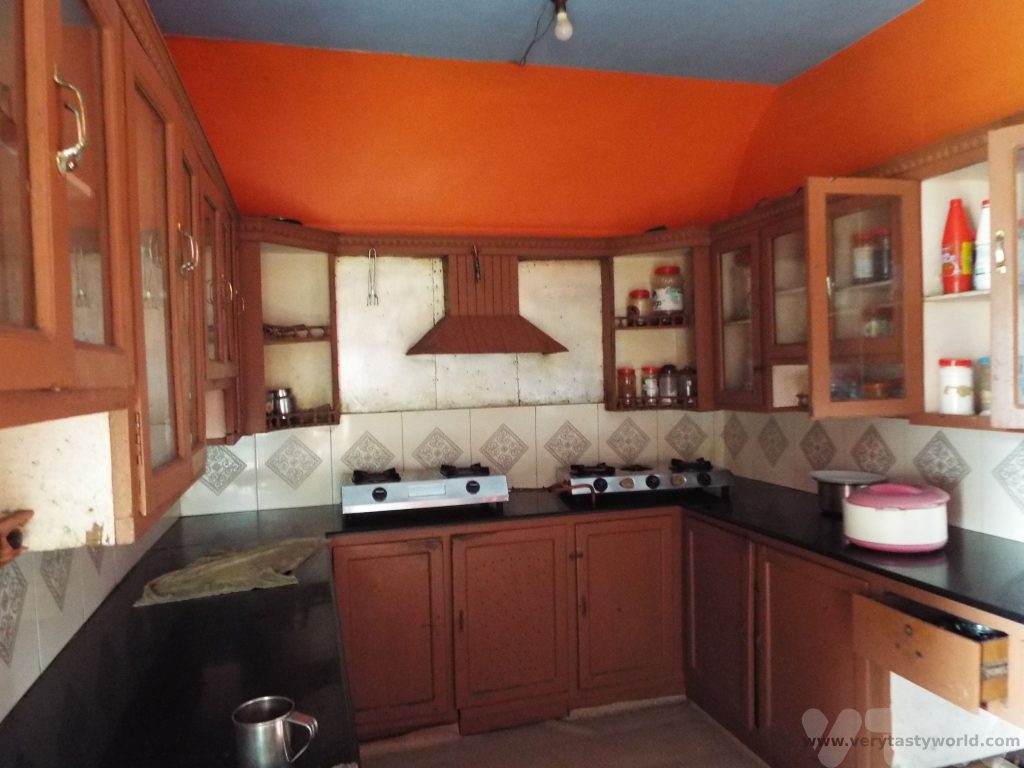
Lunch was already in the process of being prepared…
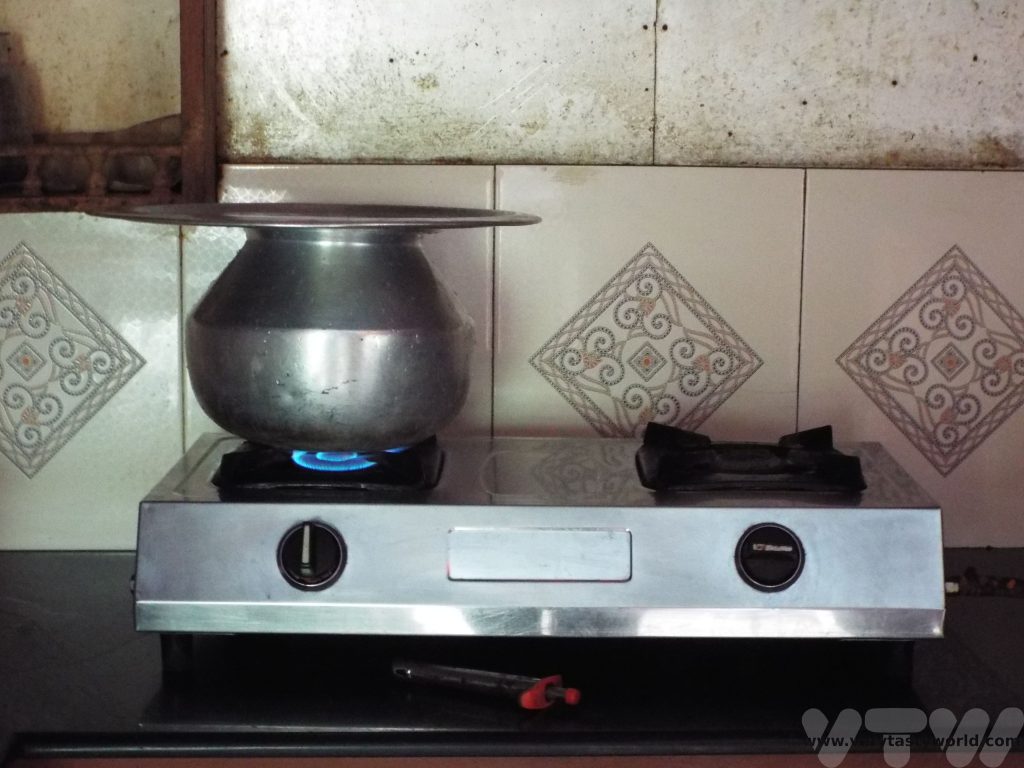
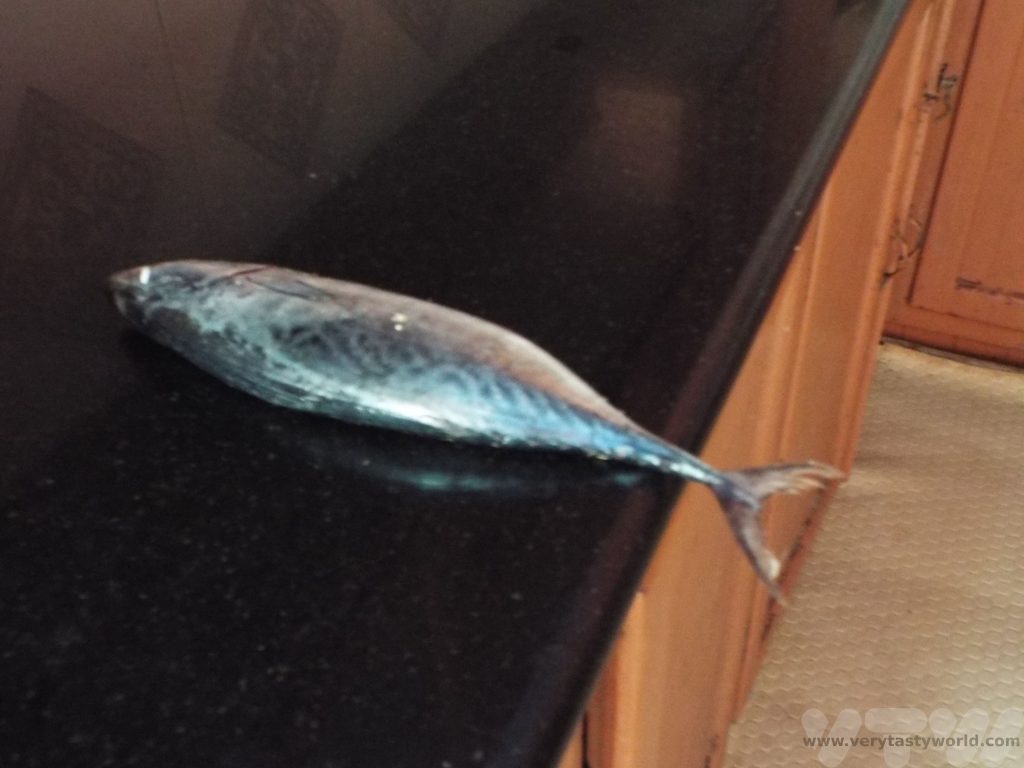
A Laidback Cruise on the Lake
The journey on the Kerala houseboat took us from the boat’s mooring along the river and onto the wide Vembanad lake. The boats are motor driven but move at a slow pace which makes for a leisurely experience. It very much reflects the way of life in Kerala.
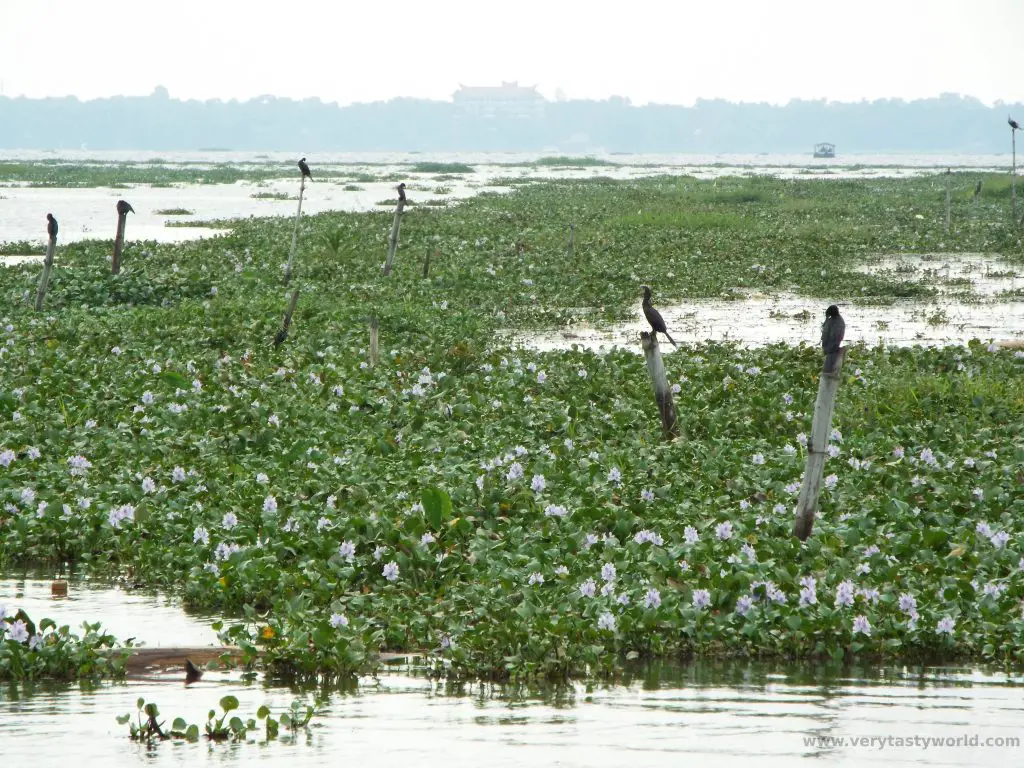
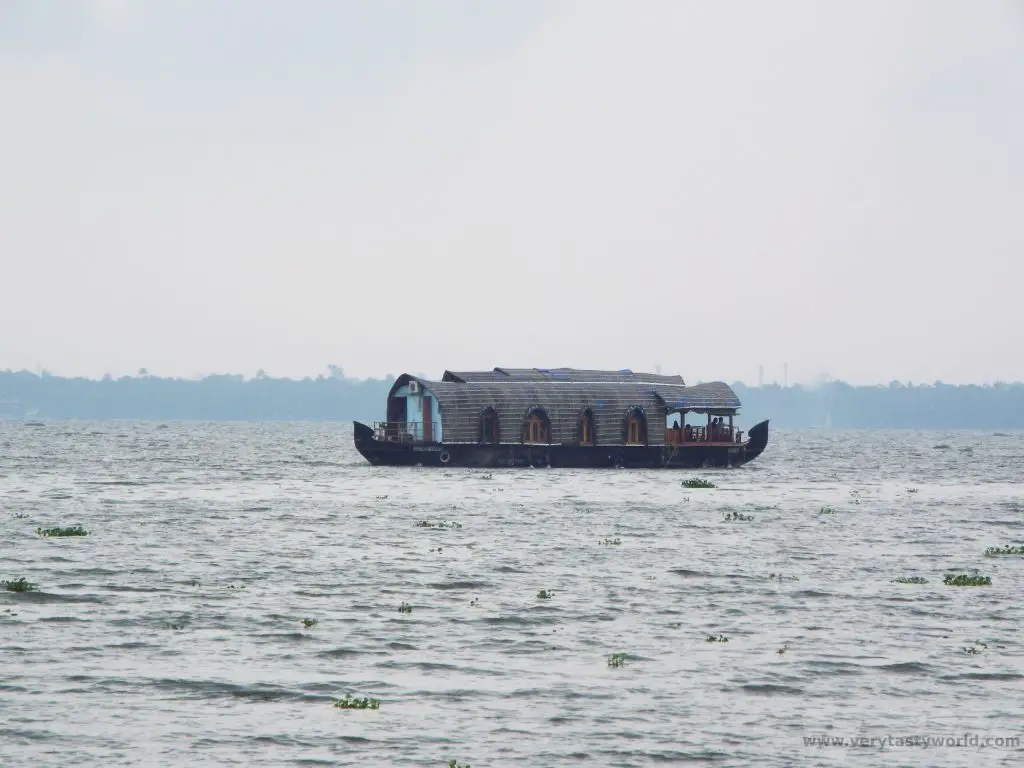
All along the shoreline it is possible to see fishing contraptions. They are formally known as shore operated lift nets, which doesn’t sound nearly as romantic as they look. These are used at night to catch prawns and other small fish. They are designed on a cantilever which ensures that the net descends into the sea when someone walks along the main beam. The catch is then raised by the use of ropes. Some have lights which are used to attract the fish.
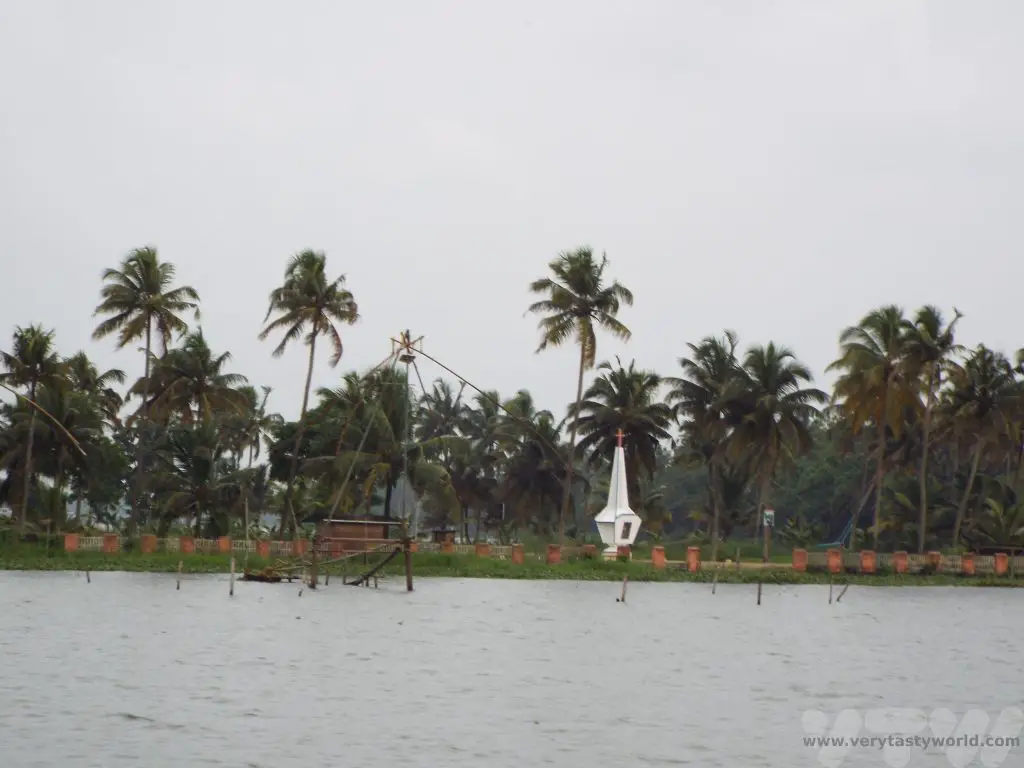
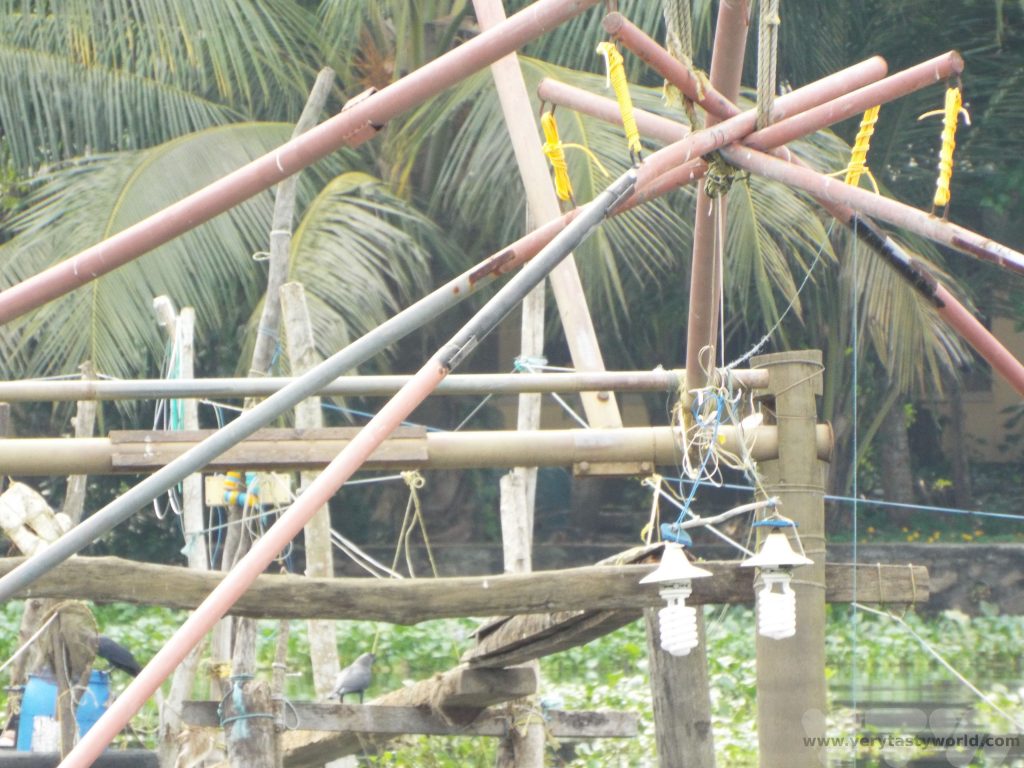
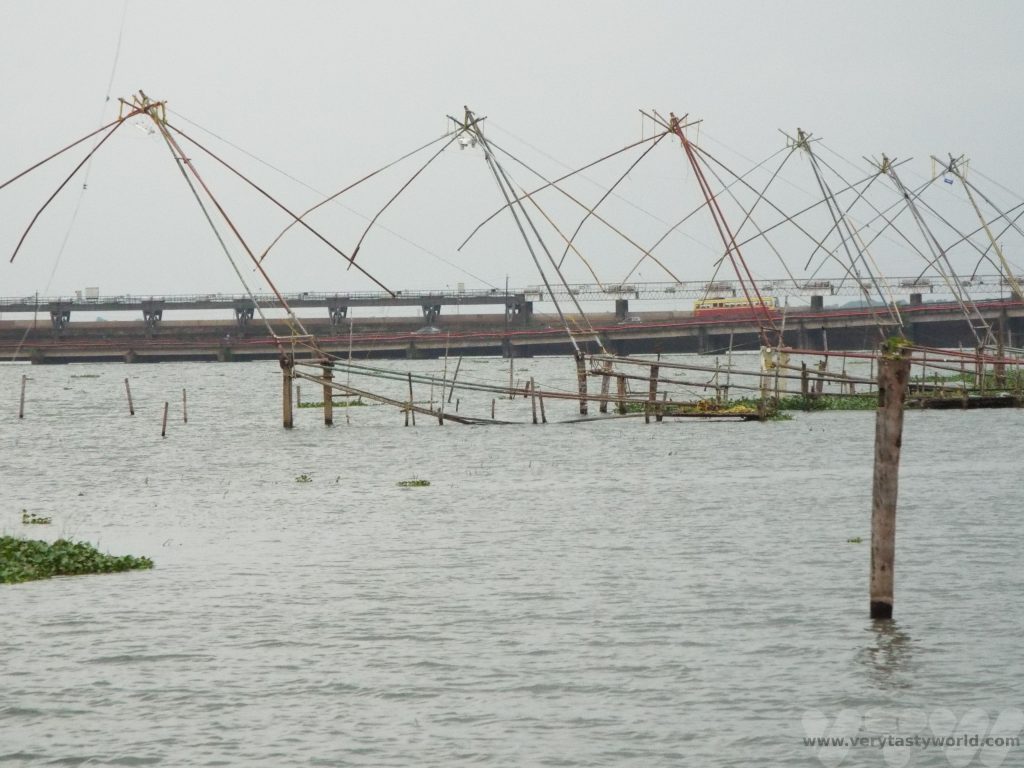
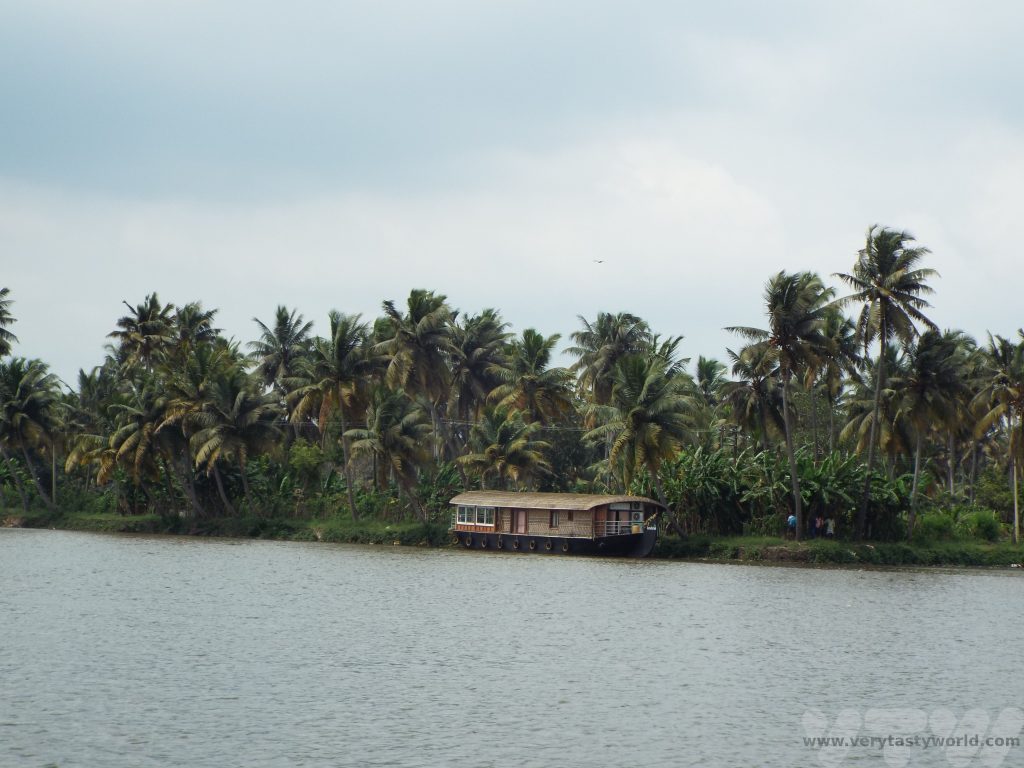
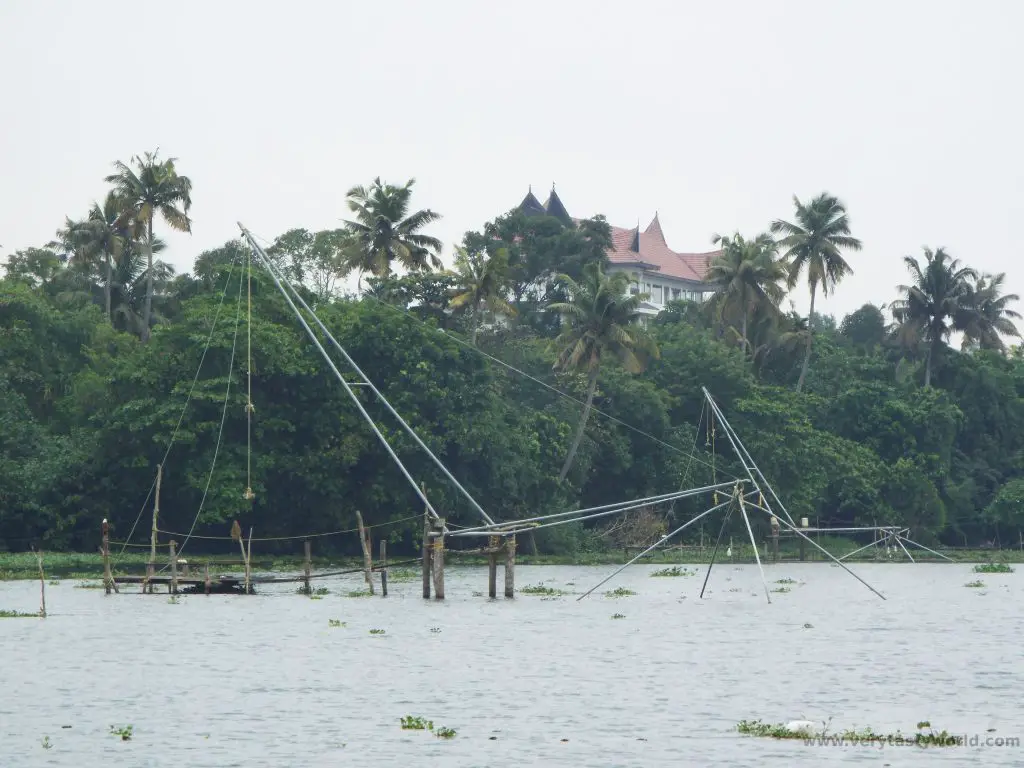
Dining on the Houseboat
Lunch on the Kumarakom houseboat comprised typical dishes from the region – a spicy fish curry with fish fry accompanied by vegetable side dishes and rice. We were asked how spicy we liked our food and we asked for it to be spiced as local people liked it. Like many dishes in Kerala we found that the spices were used for flavour rather than heat. And, of course, it was utterly delicious.
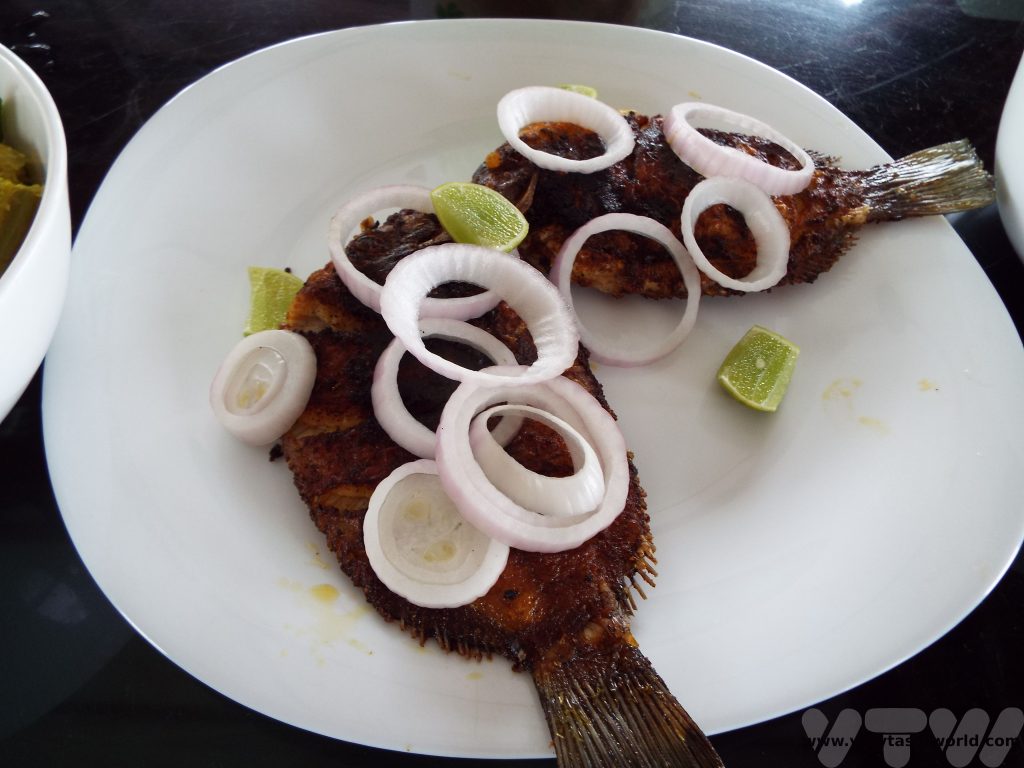
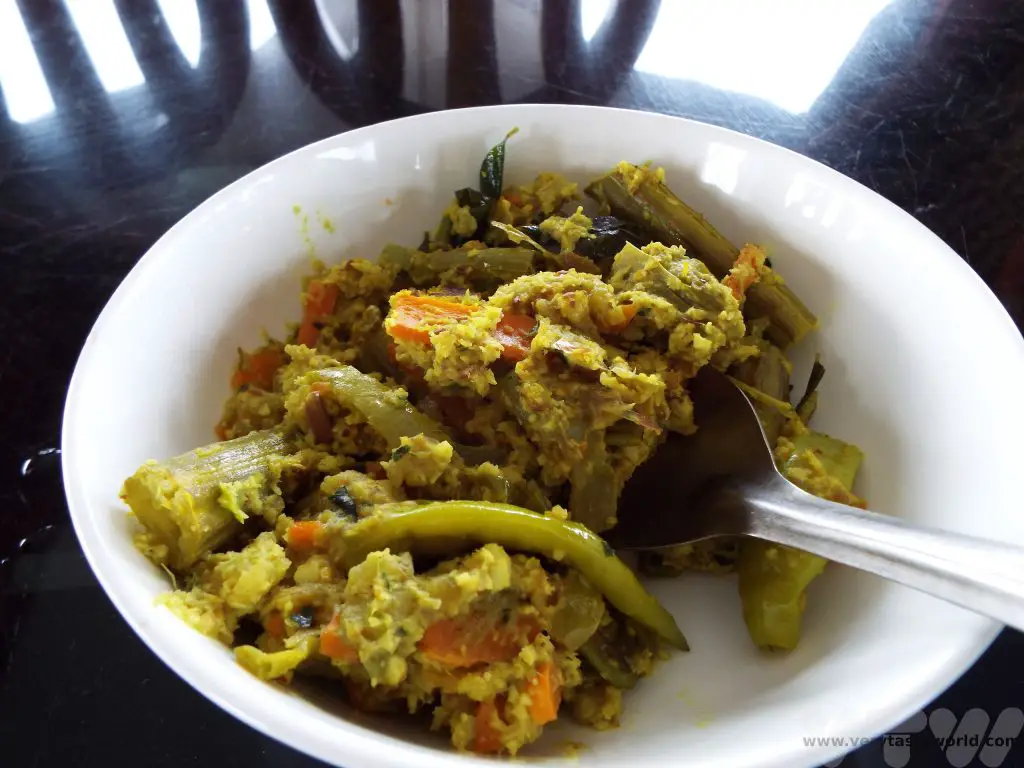
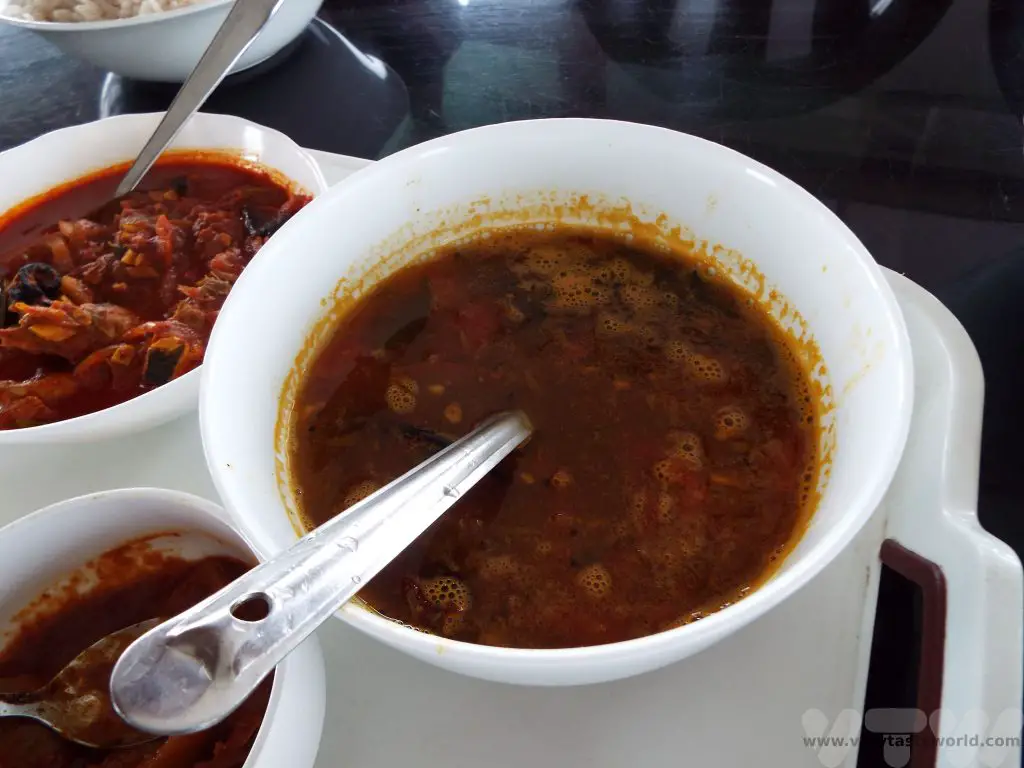
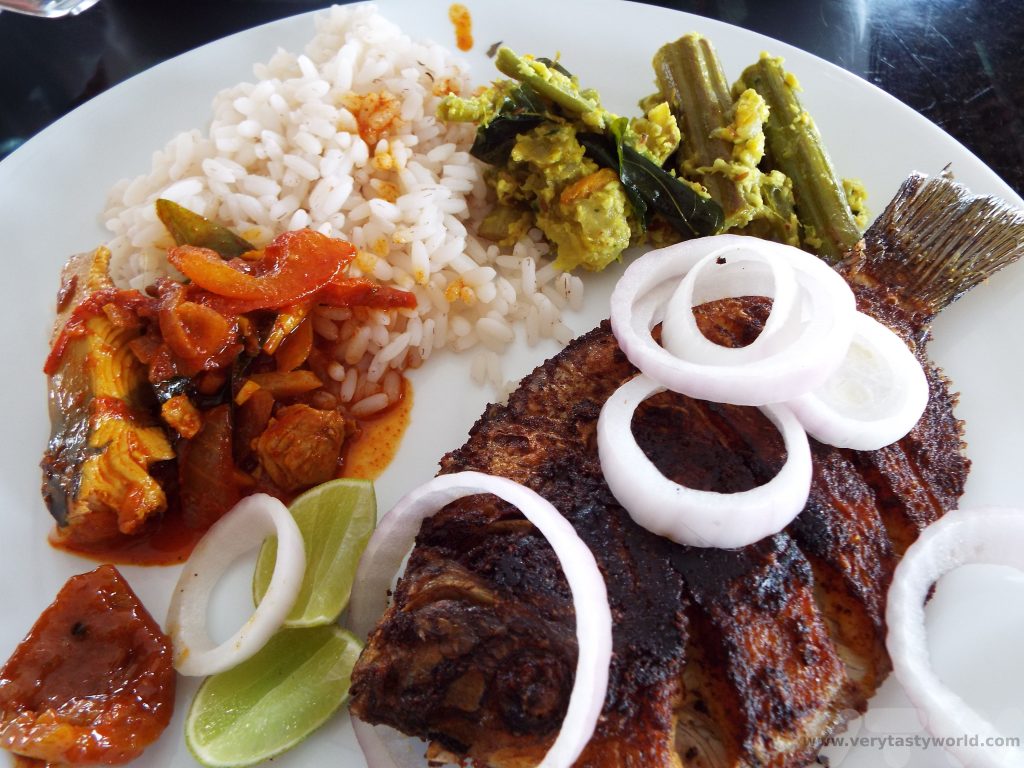
Munnar tea and a banana fritter were served for dessert.
We were visiting at the end of the Monsoon season so some rain was probably inevitable. But even a downpour couldn’t dampen spirits.
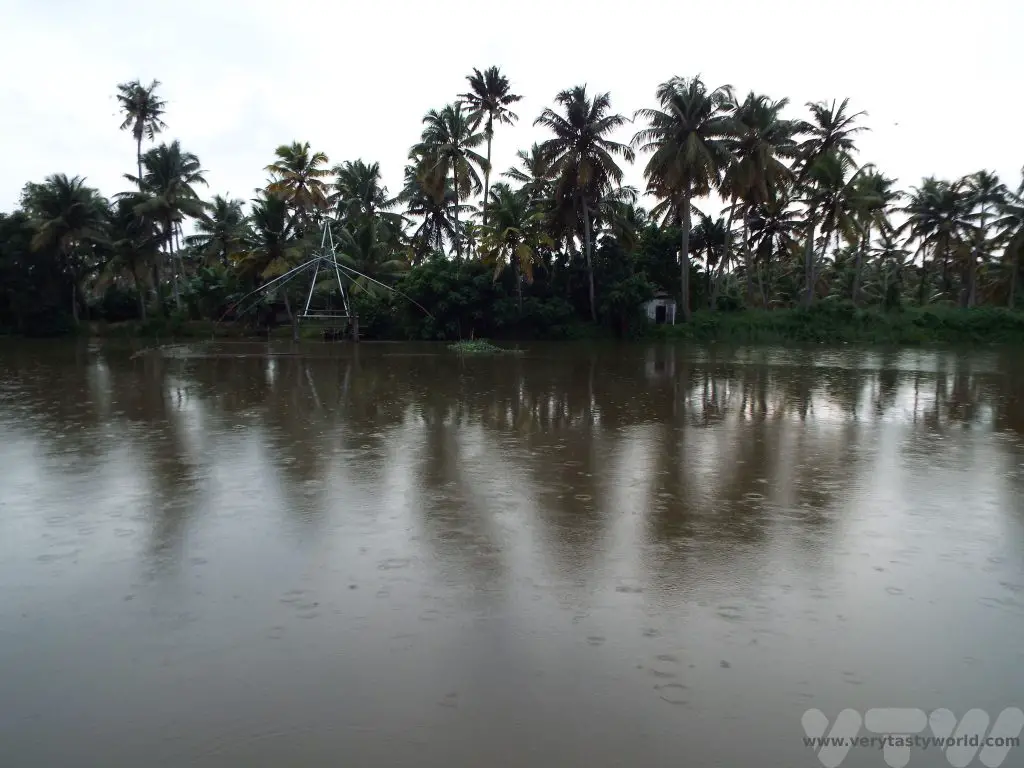
A lazy afternoon cruising the beautiful backwaters on a Kerala houseboat, with the addition of a delicious lunch, was a most refined way of spending an afternoon.
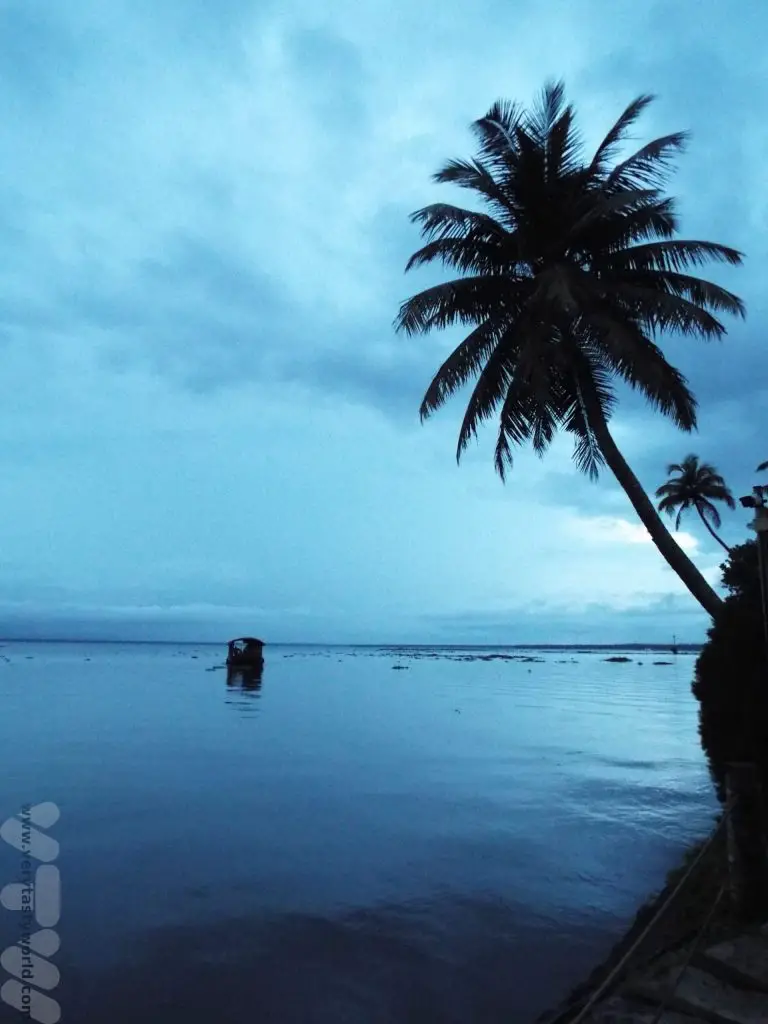
Related Posts You May Enjoy

The Golden Temple Amritsar, India
The city of Amritsar is located in the northwest of India, in the Punjab, close to the border with Pakistan. It was founded in 1577 by Guru Ram Das, the fourth Sikh guru and is the spiritual home of the Sikh religion. It is the home of the Golden Temple, or Harmandir Sahib. The Golden Temple Amritsar is open 24 hours a day. Everyone is welcome.
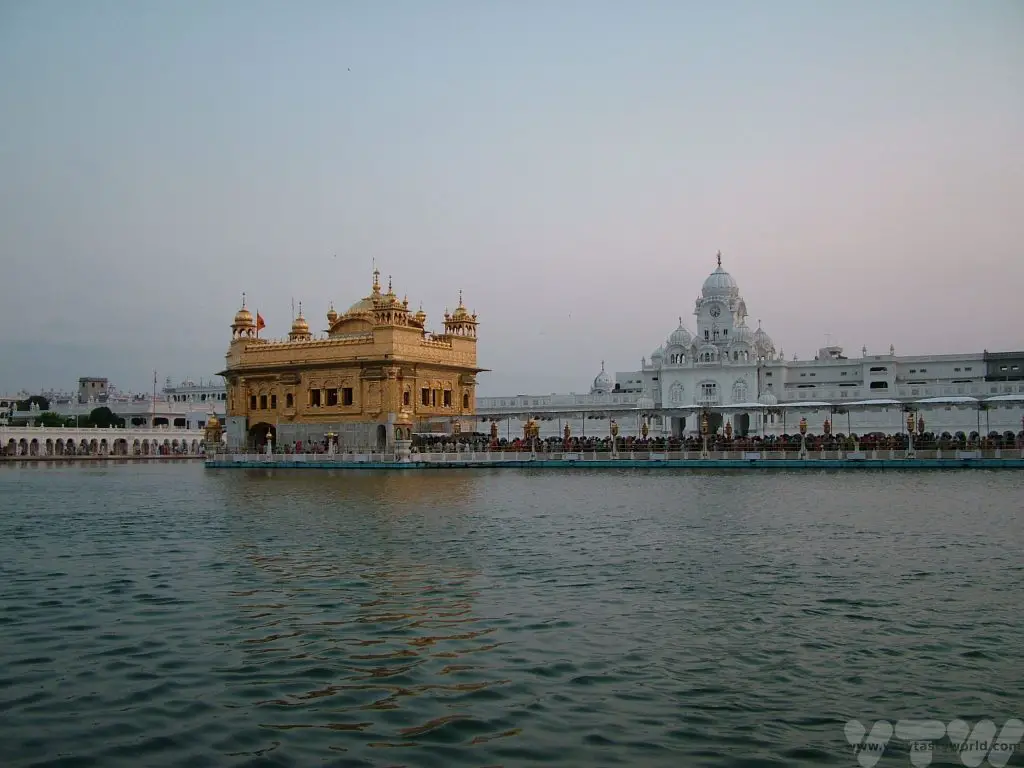
Visiting the Golden Temple Amritsar
It is advisable to dress modestly (shoulders and legs should be covered) and you will need to wear a head covering before entering the complex. We always tend pack scarves whenever we travel as they easily scrunch into the luggage and are very useful not only for visiting religious sites but also for sun protection, wrapping things up or any number of purposes. However, coverings are available outside the temple at very low cost if you forget to bring your own. You will need to remove your shoes and walk through a pool before entering the temple in order to wash your feet. Bags and shoes can be kept in the cloak room before entry to the temple. Photography is allowed in the outer parikrama (the walkway surrounding the sarovar – the holy pool) but not inside the temple itself.
The temple complex itself is the very definition of serene, a complete contrast to the bustling streets outside. It is possible to walk right the way around the sarovar, in a clockwise direction. It is believed that the holy water can have healing powers and there are defined areas for bathing, segregated for men and women.
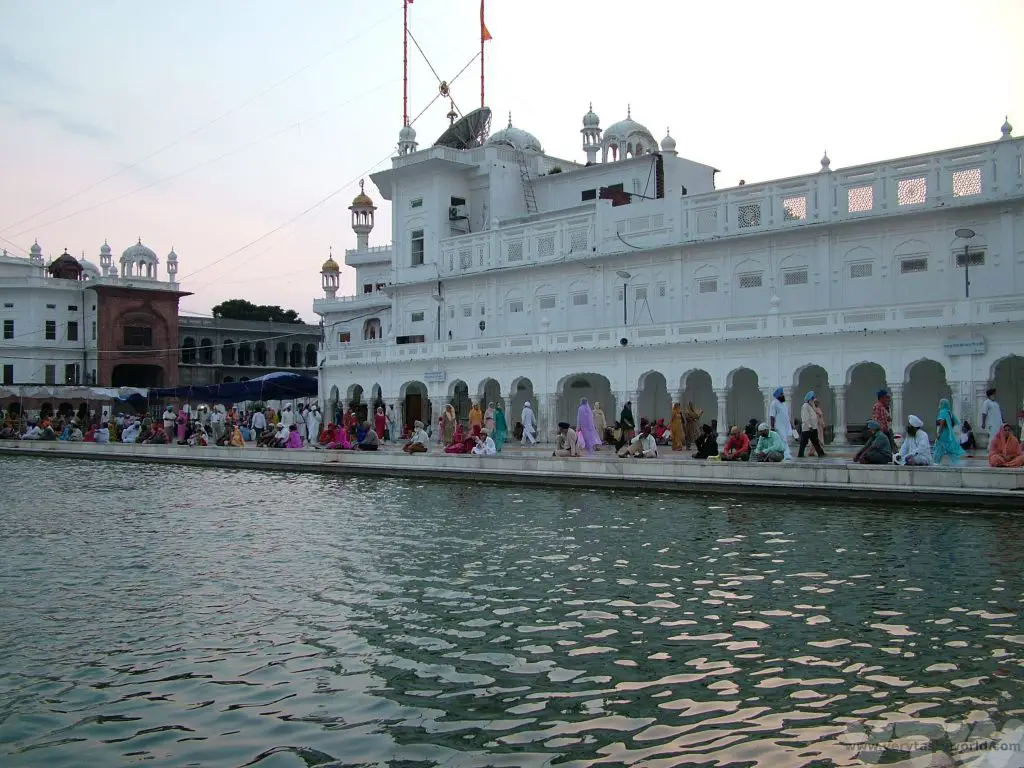
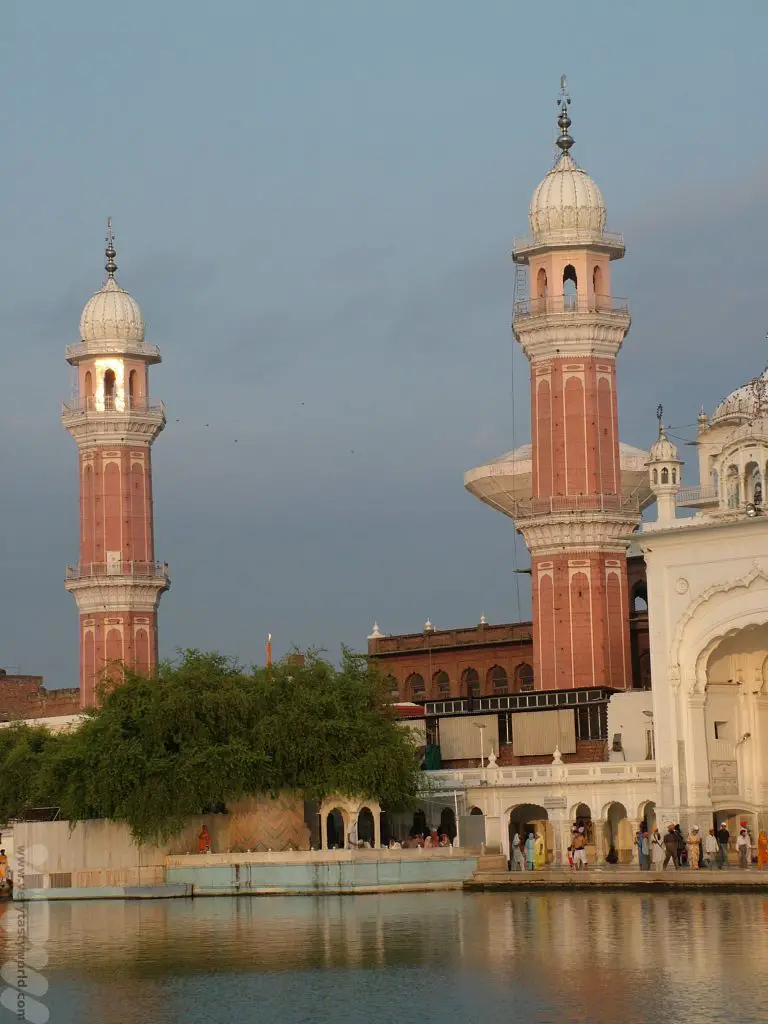
The Golden Temple Amritsar also has two towers, the Ramgarhia Bunga, built in the 18th century designed to be watchtowers to look out for possible military raids on the temple.
The Akal Takht building is located in front of the sanctum. A takht is a seat of power in Sikhism and this is the primary takht and the centre of authority for Khalsa, the collective body of Sikhs across the world. Twice a day the Palki Sahib ceremony takes place. This is a ritual where the Guru Granth Sahib (central religious book) is taken from the Sri Akal Takht to the Golden Temple and returned at the end of the day.
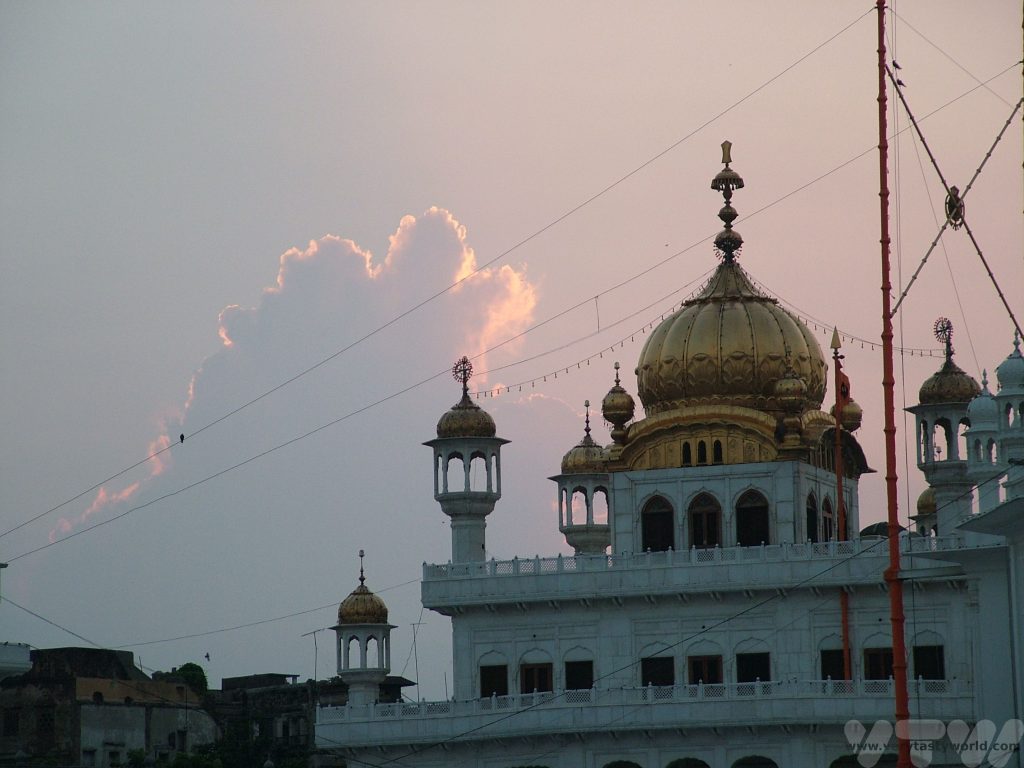
And of course, there’s the remarkable and beautiful inner sanctum itself. This is a two storey building located on a causeway. The ground floor is constructed from marble with floral and animal motifs carved inside and the magnificent golden upper floor, with a dome said to represent an inverted lotus flower, that is apparently gilded with around 100kg of gold.
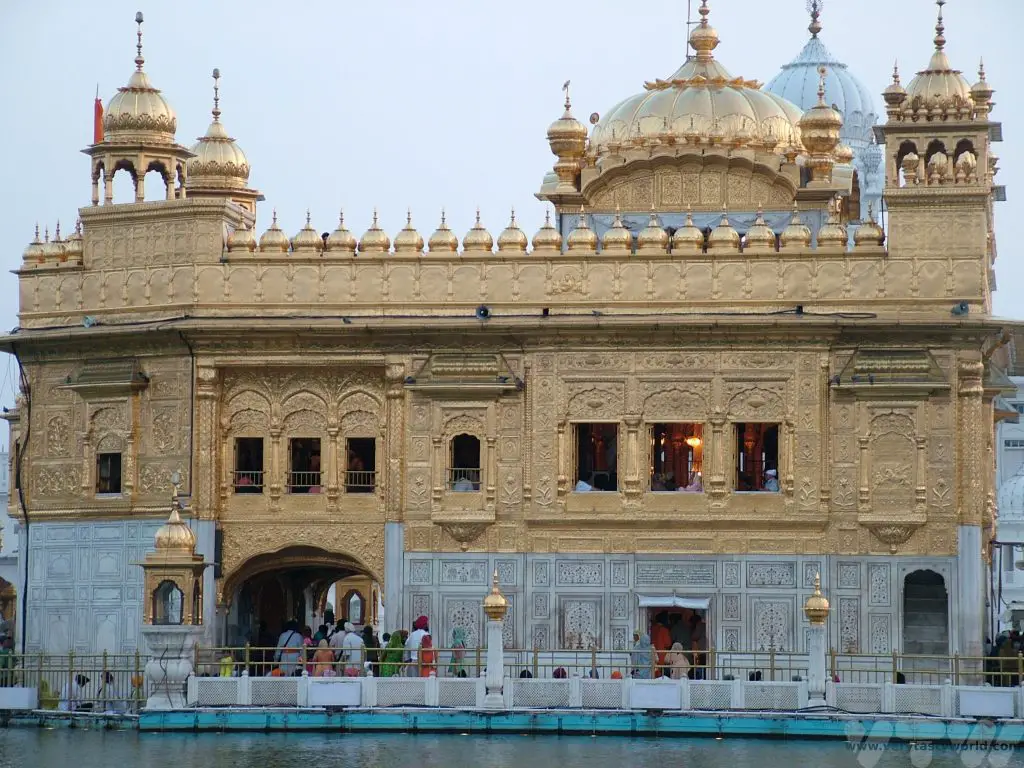
Inside, recitations from the Adi Granth (the first rendition of the Guru Granth Sahib) sacred scripture of Sikhism and a collection of nearly 6,000 hymns of the Sikh Gurus, are read throughout the day. An entire recitation takes around 48 hours. Pilgrims visit to hear the recitations and to receive blessings. There is usually a long queue to enter the inner sanctum.
One of the amazing things about the Golden Temple Amritsar complex is the langar, its kitchen, one of the largest, if not the largest, community kitchens in the world. Each day the langar at the Golden Temple provides meals, free of charge, to some 100,000 people. Everyone is welcome, pilgrims and tourists, alike. The food served is simple and healthy – rice, roti (a bread), dal (lentils) and vegetables, along with a sweet dessert. Most of the staff are volunteers.
This video from the temple’s official website shows what an amazing operation the langar is.
We would have been very welcome to have enjoyed a meal at the Golden Temple’s langar but we felt that it was more appropriate that others should have priority. Sikh communities all over the world are well known for providing food on a voluntary basis to people in need, including in our home city.
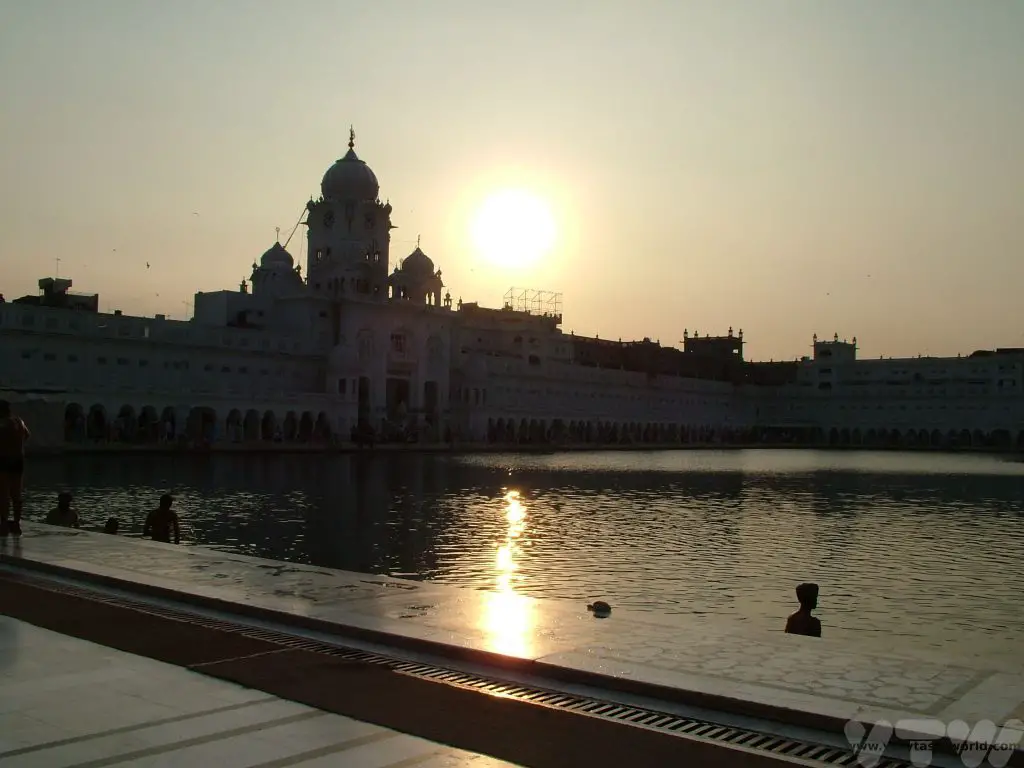
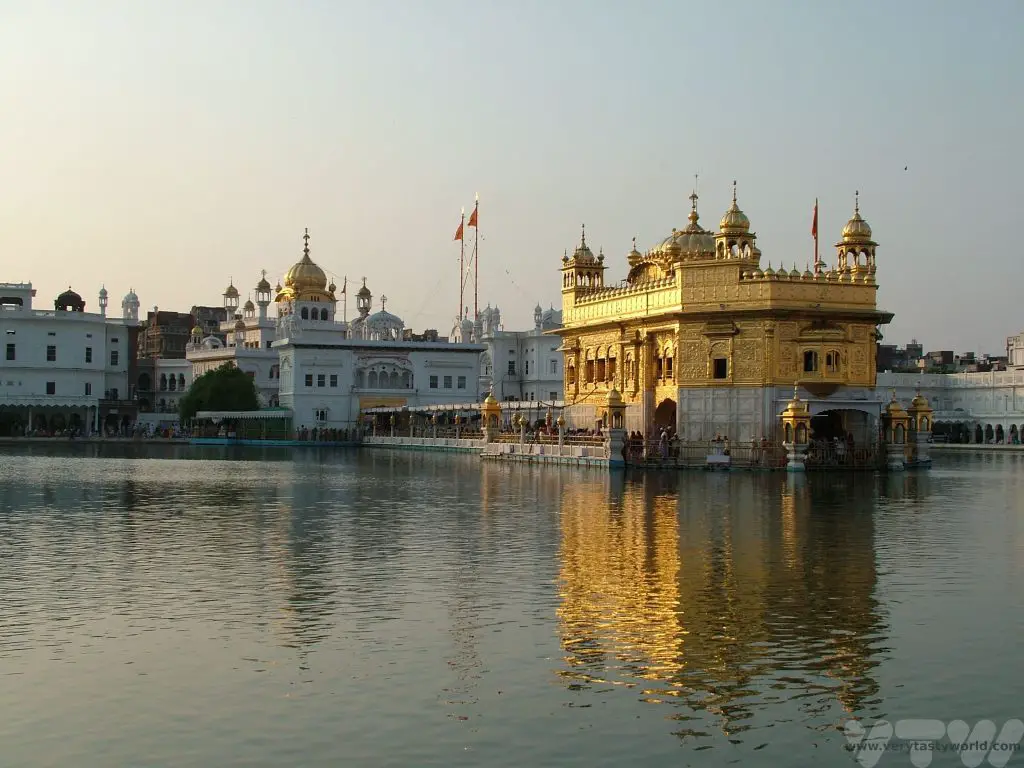
Other Things to Do In Amritsar
Amritsar is a bustling city with plenty to see, including a number of temples, markets and interesting museums as well as the Jallianwala Bagh memorial park, a sobering place commemorating the horrific massacre of Indian citizens by British troops in 1919. A taxi or rickshaw ride will take you to the Wagah Border Crossing with Pakistan where hundreds of people from both countries witness the lowering of the flags at dusk… and have done since 1959. With hundreds of people waving flags, playing music and dancing, it is quite an event.
Related Posts You May Enjoy

Endings and Beginnings At The Extremity of India
Kanyakumari is the town located right at the southernmost point of India in the state of Tamil Nadu. It is where the Bay of Bengal – part of which is comprised of Marina Beach waaaaaay up the coast in Chennai, the second longest beach in the world – meets the Arabian Sea and the Indian Ocean.
It’s a pleasant beach resort town and the accommodation is very good value. It is famous for the Thiruvalluvar Statue and Vivekananda Rock Memorial both of which can be found on islands just off the coast. It is possible to visit the Vivekananda Rock Memorial via boats which make regular trips between the harbour and the island. It is the place where Swami Vivekananda, a monk who represented Hinduism and India to the Parliament of World Religions in 1883, achieved enlightenment. He was known for his oratory and literary works, particularly poetry. The Vivekananda Mandapam and the Shripada Mandapam are the main structures on the rock along with a meditation hall.
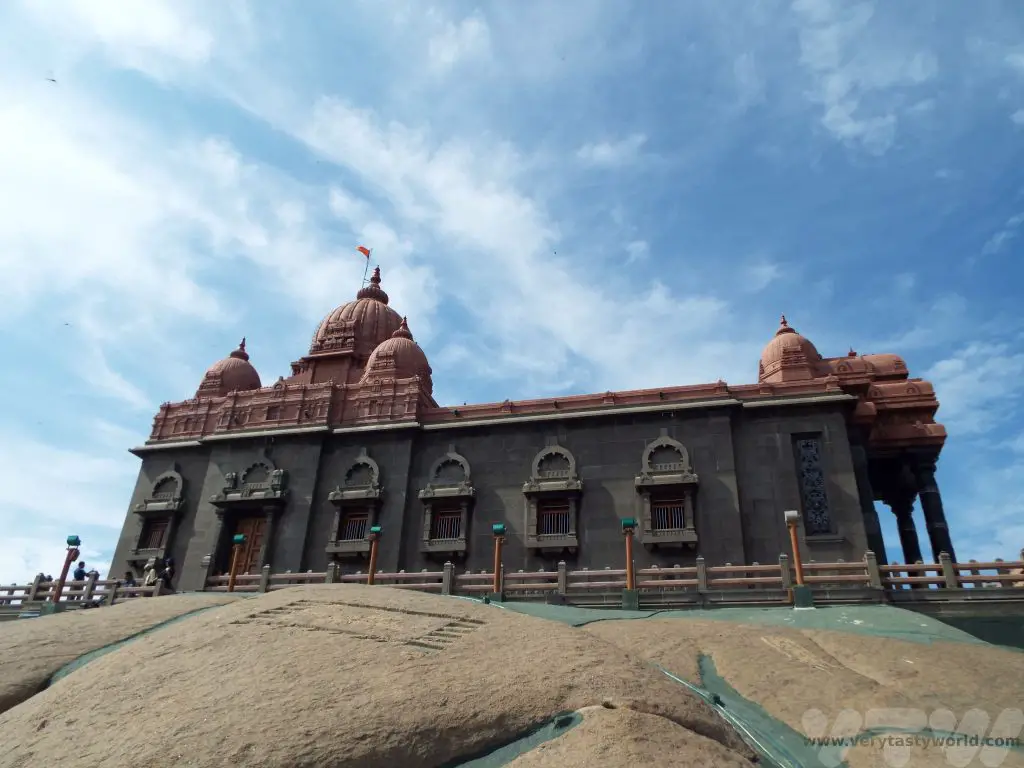
The boats are easy to find – just walk to the harbour and follow the signs. The trips are popular and there is usually a queue but it’s well organised and, like many queues we found ourselves in whilst travelling through South India, we got talking to the local people and other visitors. Life jackets are provided and should be returned at the end of the journey.
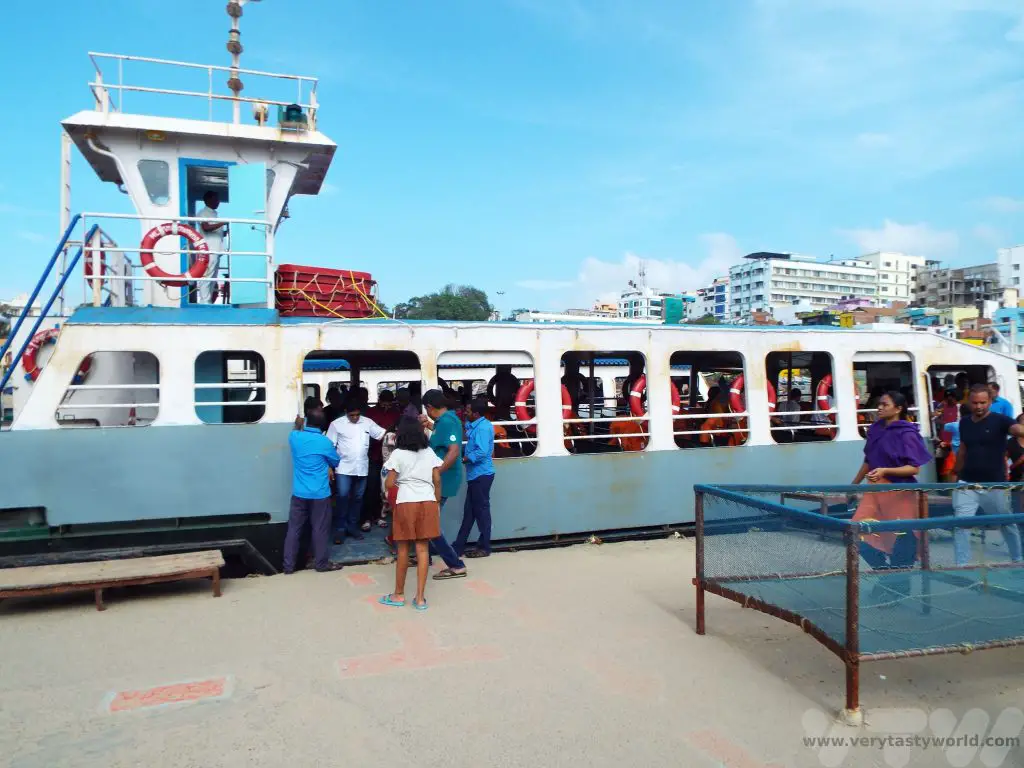
On arrival you will need to purchase an entrance ticket then follow the path upwards. You need to remove your shoes before entering the memorial proper. It’s worth noting that the rock can get very hot underfoot if the weather is warm so it’s worth making the trip earlier in the day.
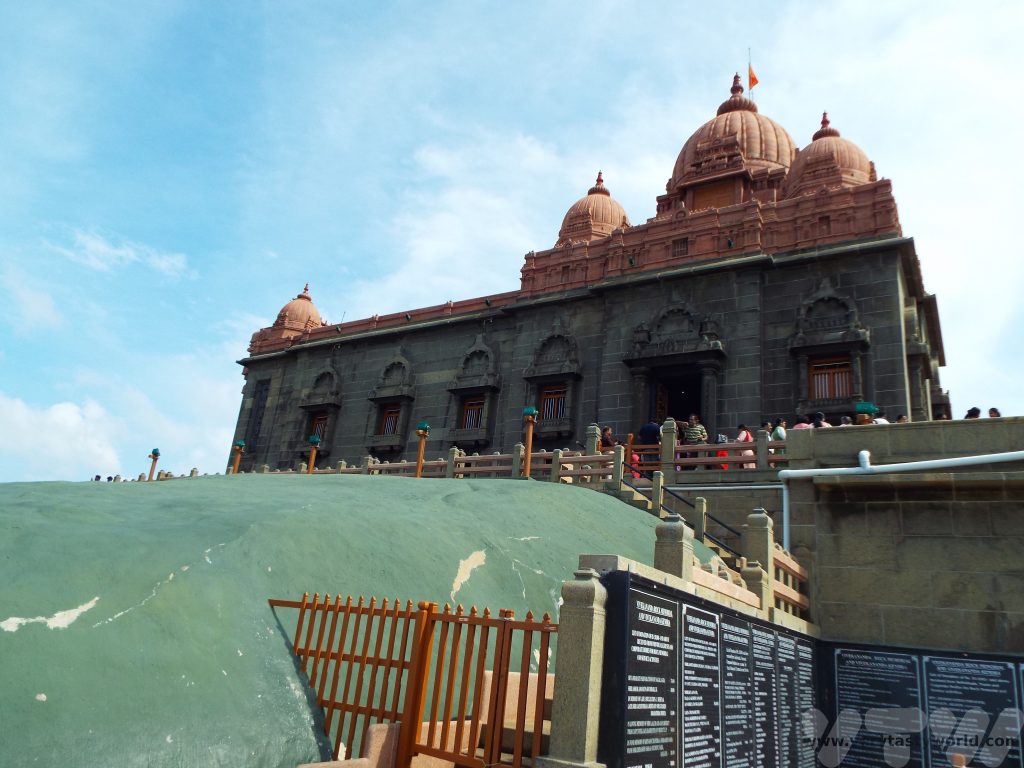
Another thing to note is that photography is prohibited in some parts of the memorial building. It is always important to abide by no-photography rules to show respect, but they are enforced here very strictly. We saw someone try to sneak a photo and their phone was rapidly confiscated by eagle-eyed attendants.
There is also a closer view of the Thiruvalluvar Statue on the adjacent island.
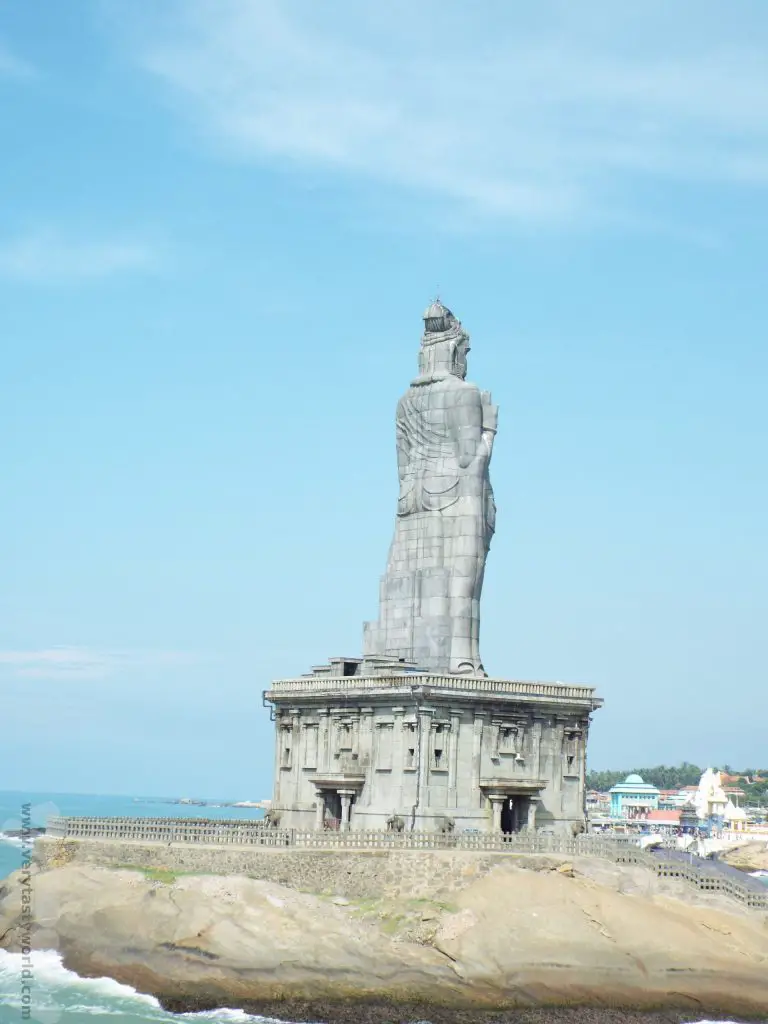
The other essential activity for tourists in Kanyakumari is to experience sunrise and sunset looking out over the vast, vast ocean. There are two different locations – one looking east and the other west, for obvious reasons. The sunset spot is about 2 km from the town centre which makes for a pleasant walk along the coastal path. Of course, if you don’t want to walk there will be tuk-tuk drivers aplenty, available around town at the time the sun is due to set. If you walk you can’t get lost – just follow the crowds.
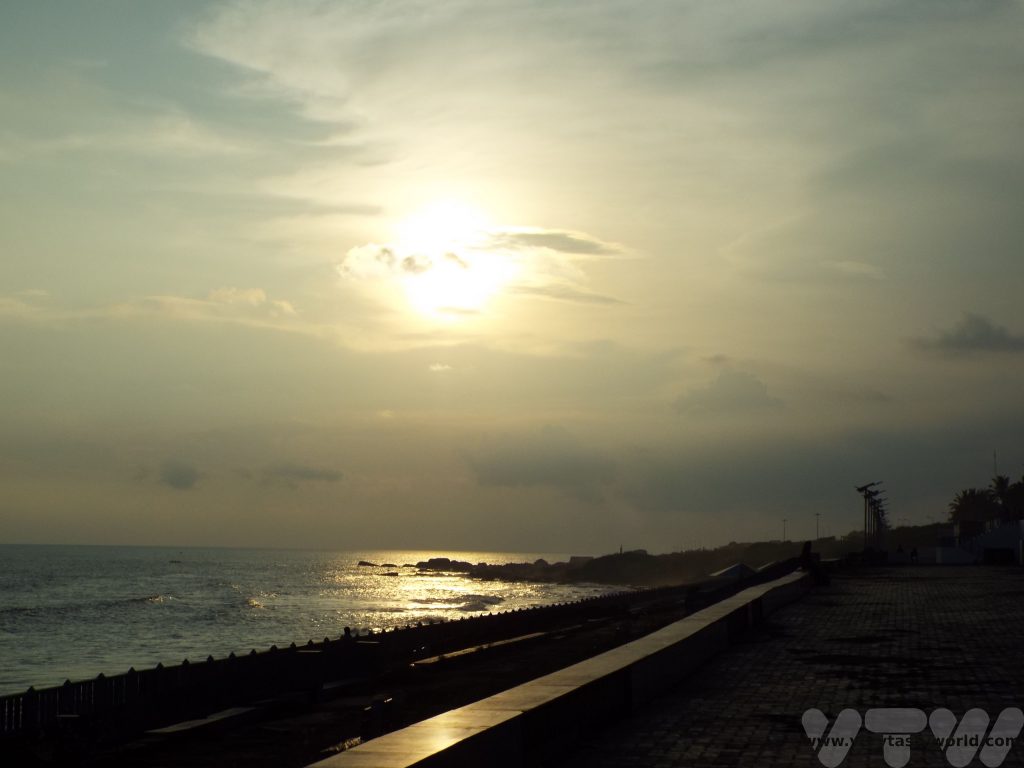
There is a designated sunset viewing point – right at the bottom left corner of the map.
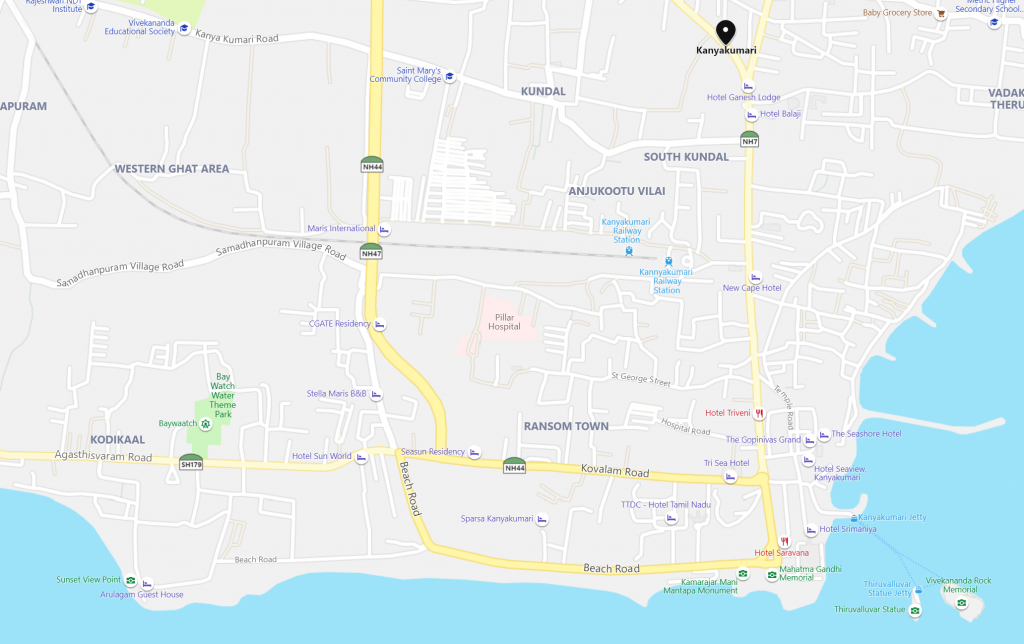
The sunset was rather lovely.
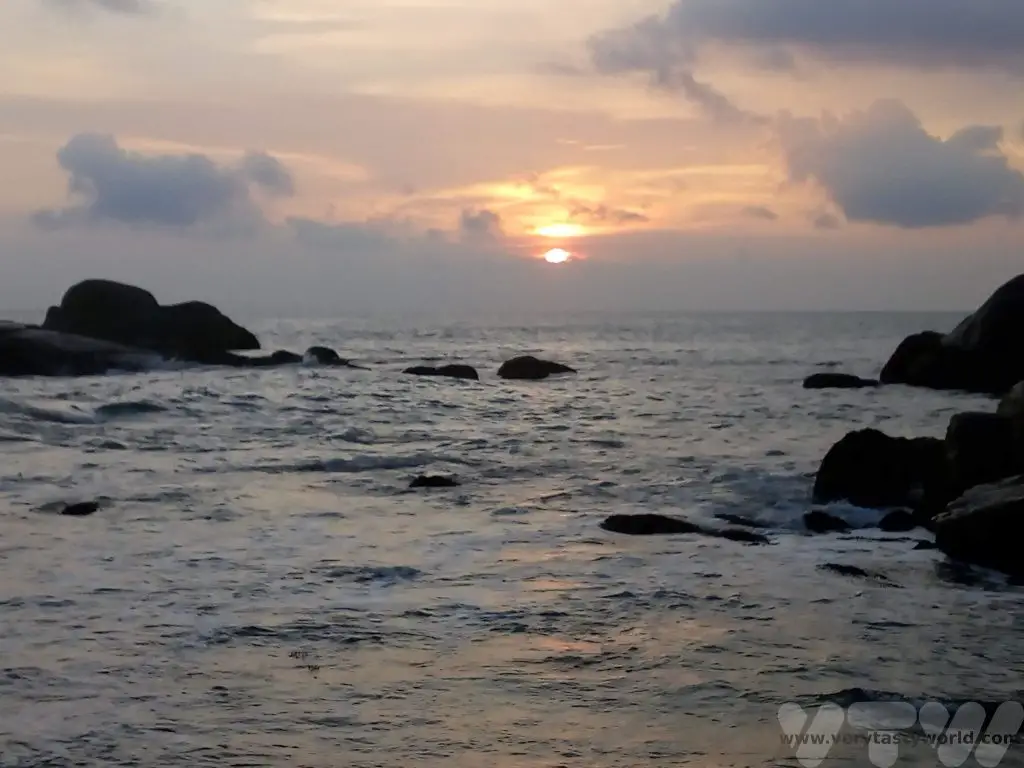
Walking back there are all sorts of restaurants and food stalls along the beach front as well as a number of shops where you can buy spices and souvenirs. The town is also famous for the myriad sea shells available to buy and there are loads of stalls selling these too.
The sunrise location is helpfully close to the centre of town just behind the Amman temple on the Kanyakumari Beach and looks east over the Thiruvalluvar Statue and Vivekananda Rock Memorial which are beautifully lit up at night.
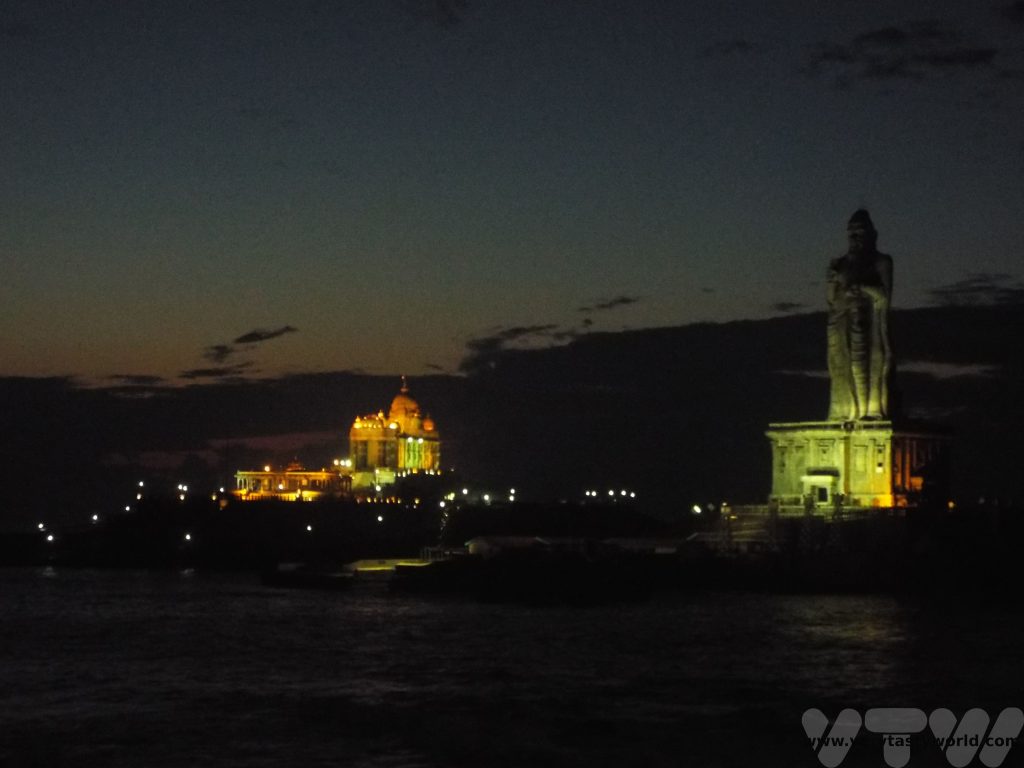
The timing for sunrise when we visited was such that we woke up at 4:30am and were a bit groggy, but fortunately didn’t have too far to walk. As with the sunset, follow the crowds. It’s worth getting there early to try and find a good viewing spot as a multitude of people will gather. The atmosphere is lovely and friendly with a sense of anticipation for the day ahead. We were rewarded with a most magnificent sunrise.
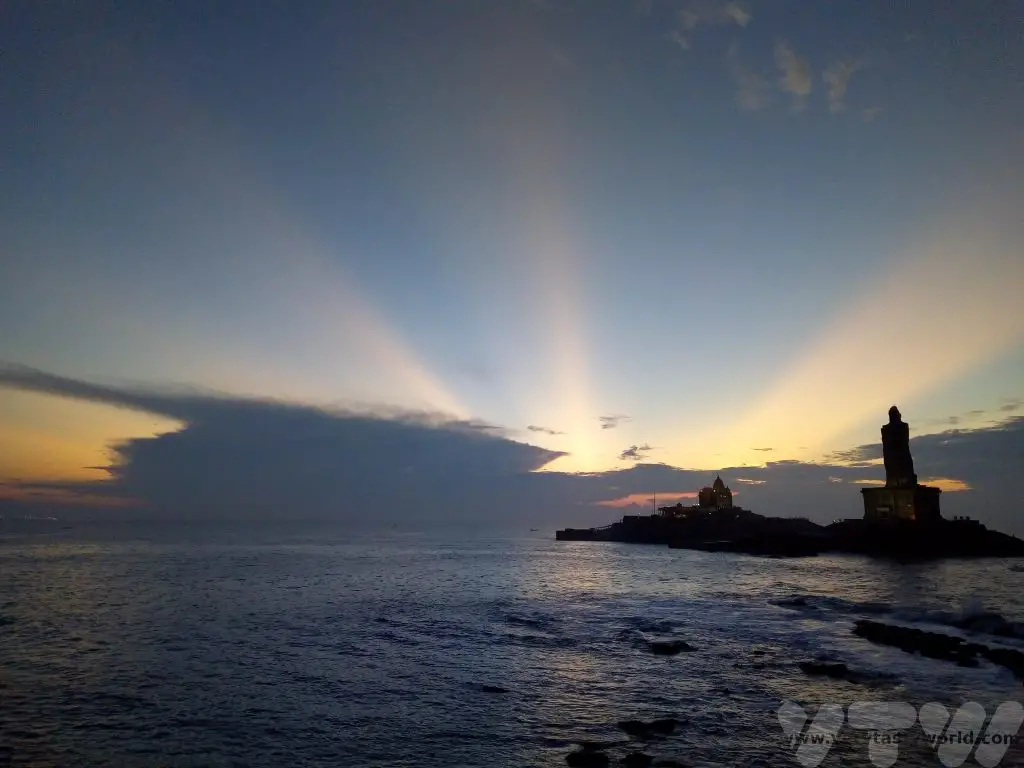
And then went back to bed for a couple of hours!

